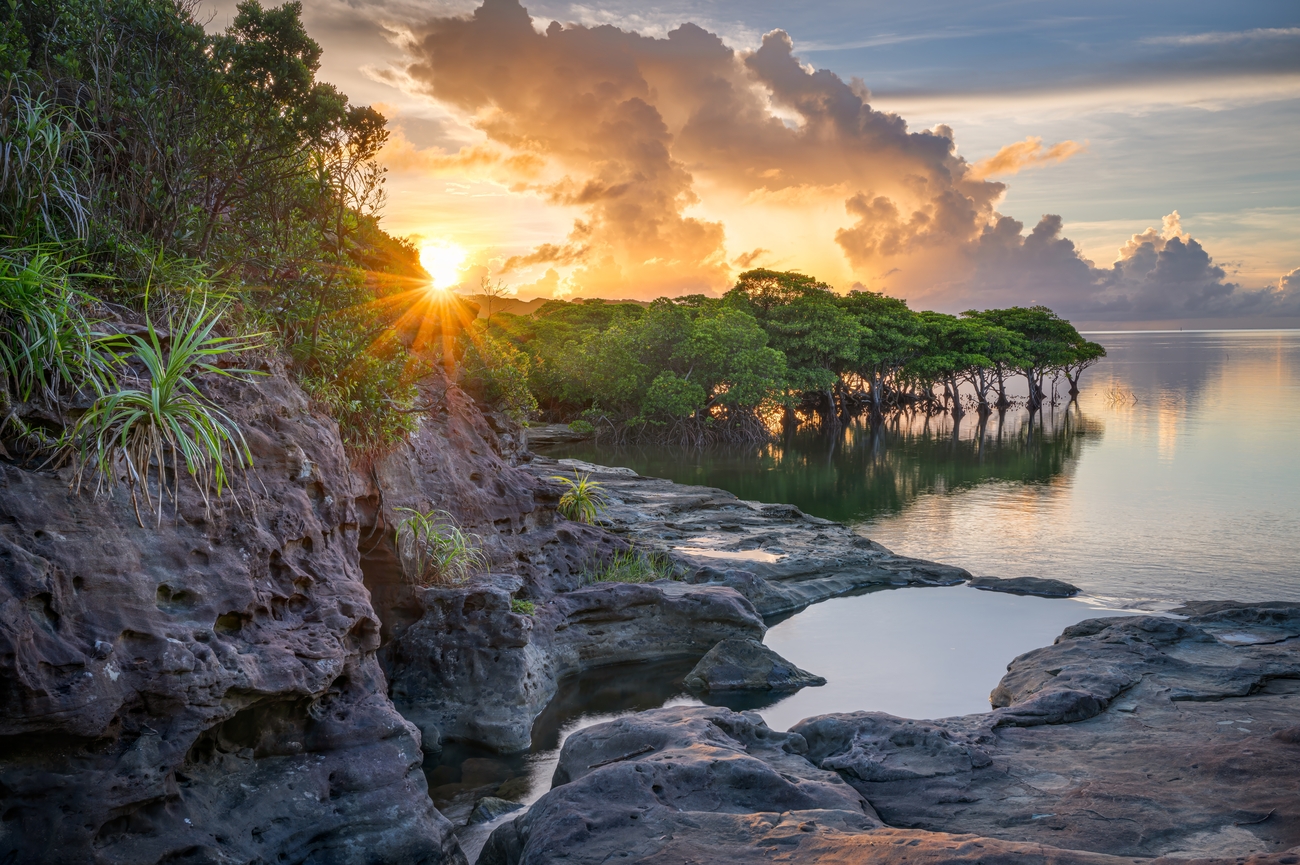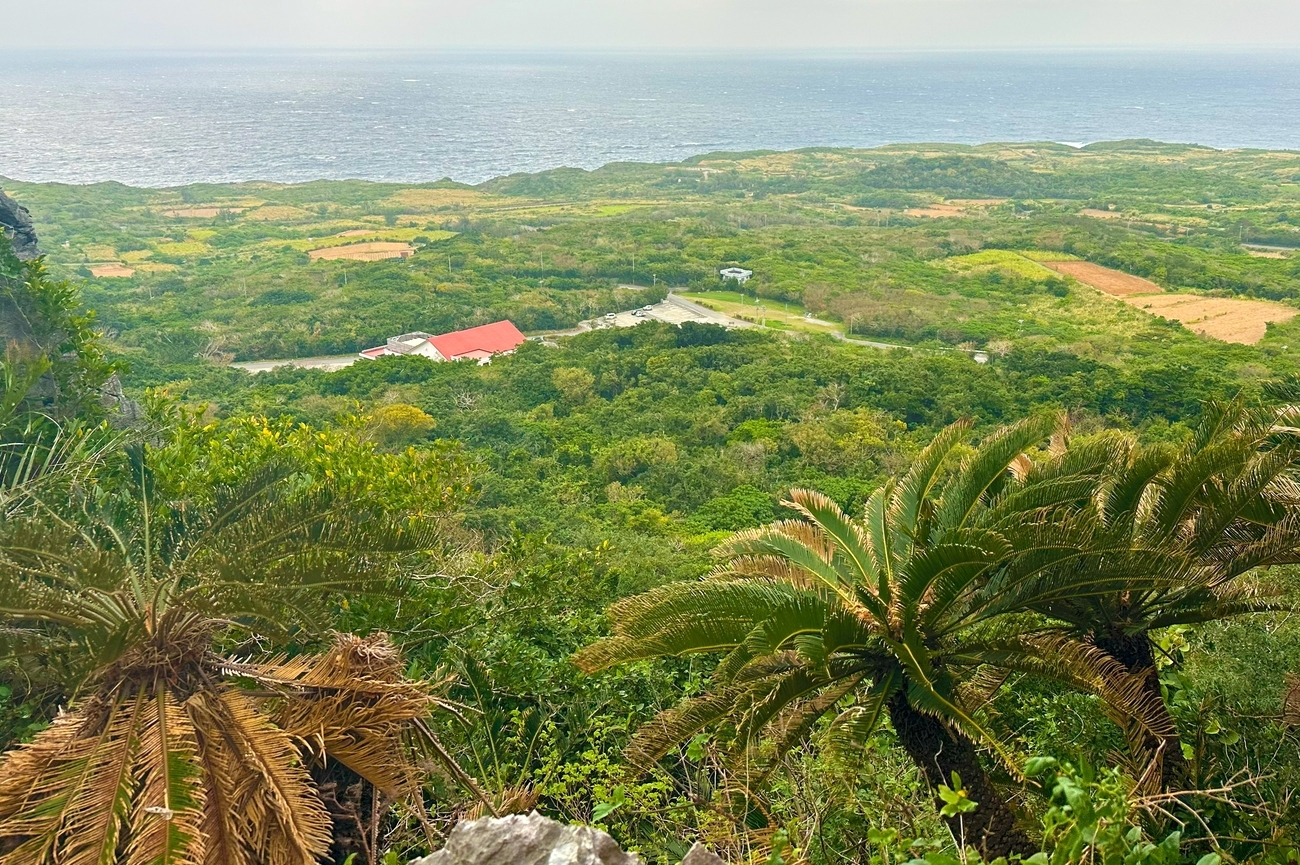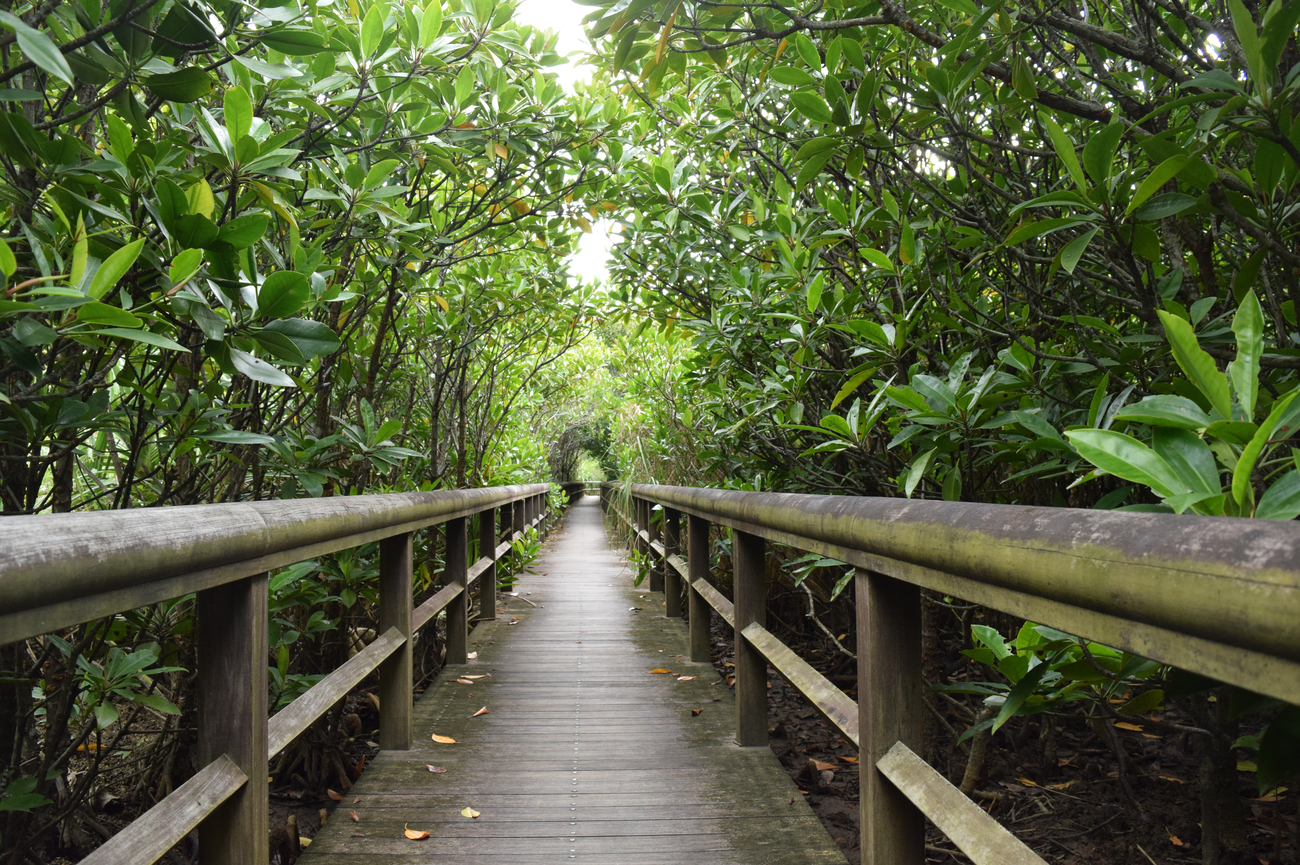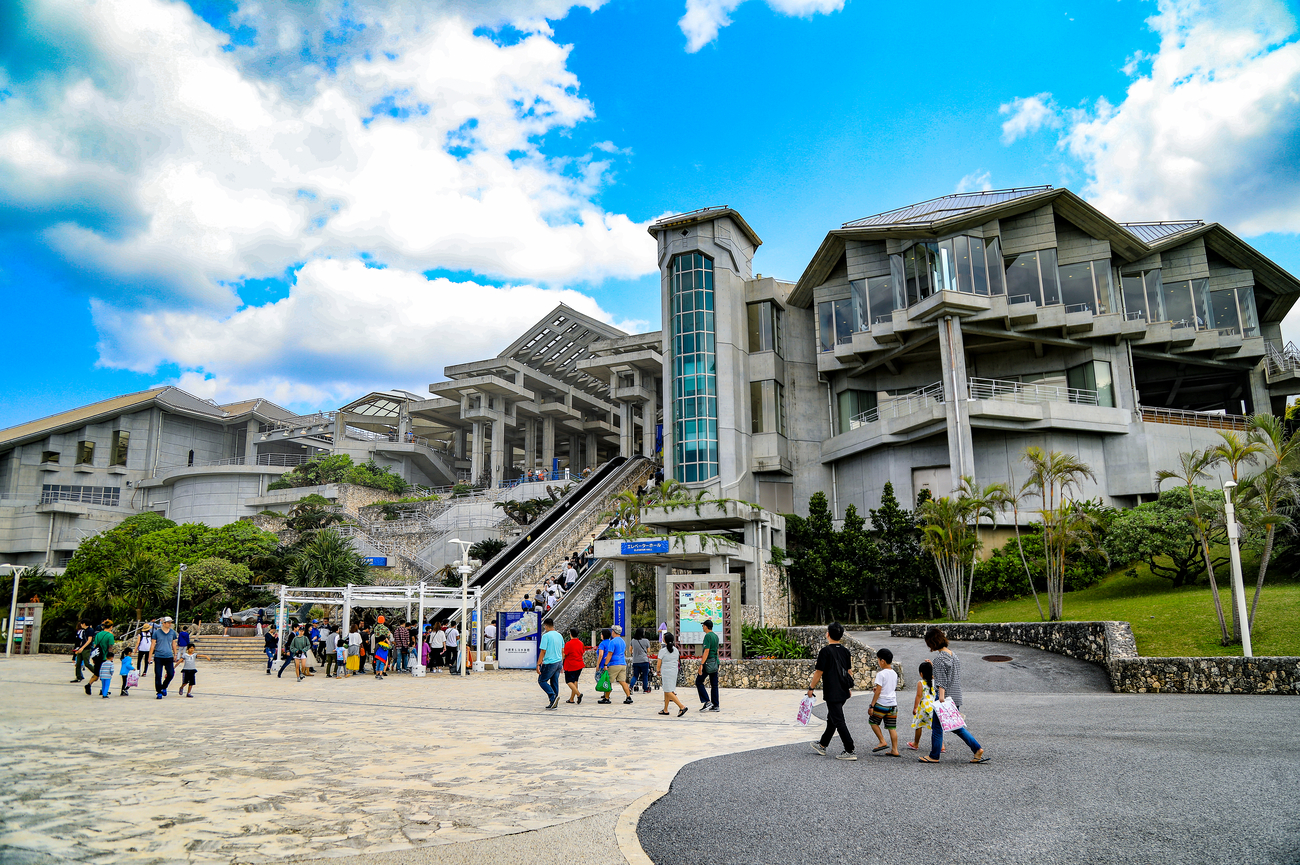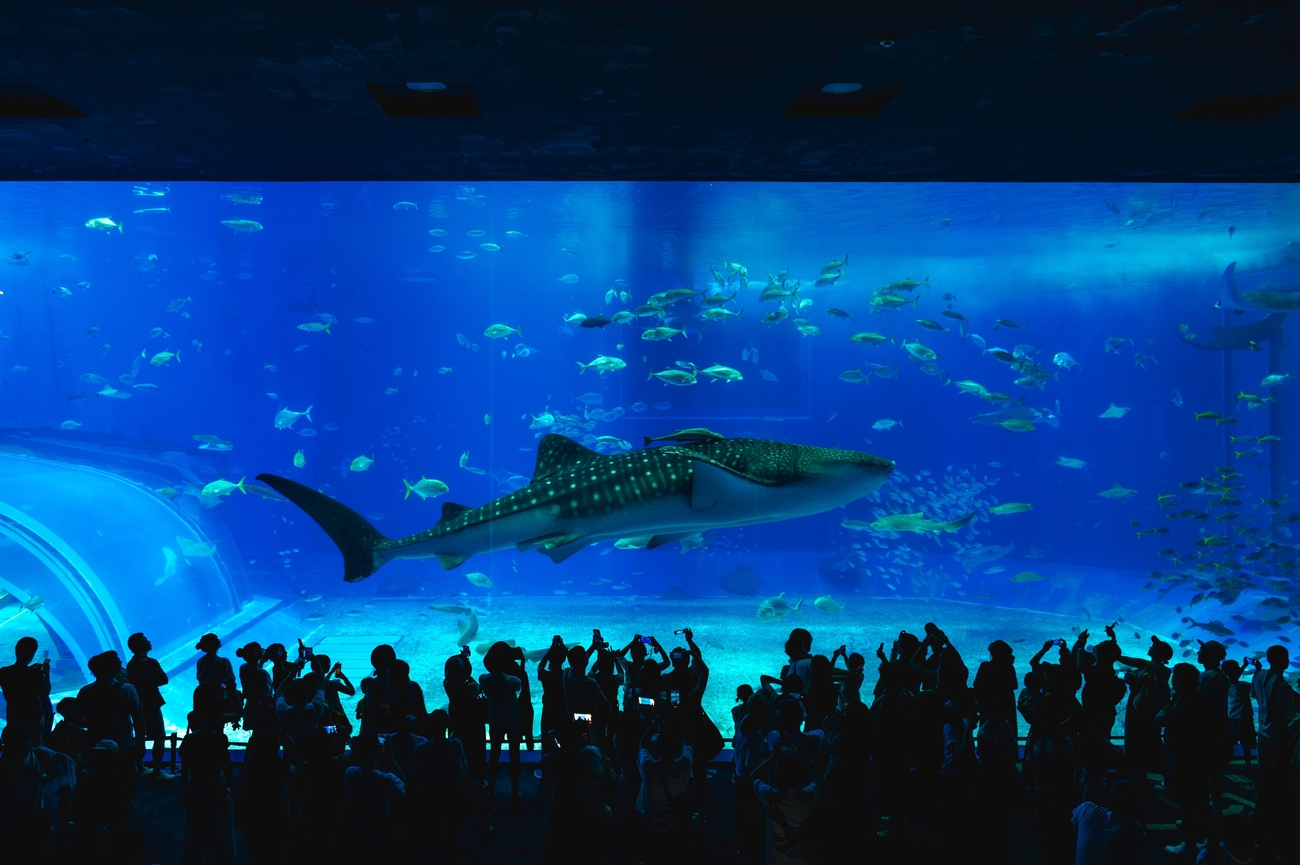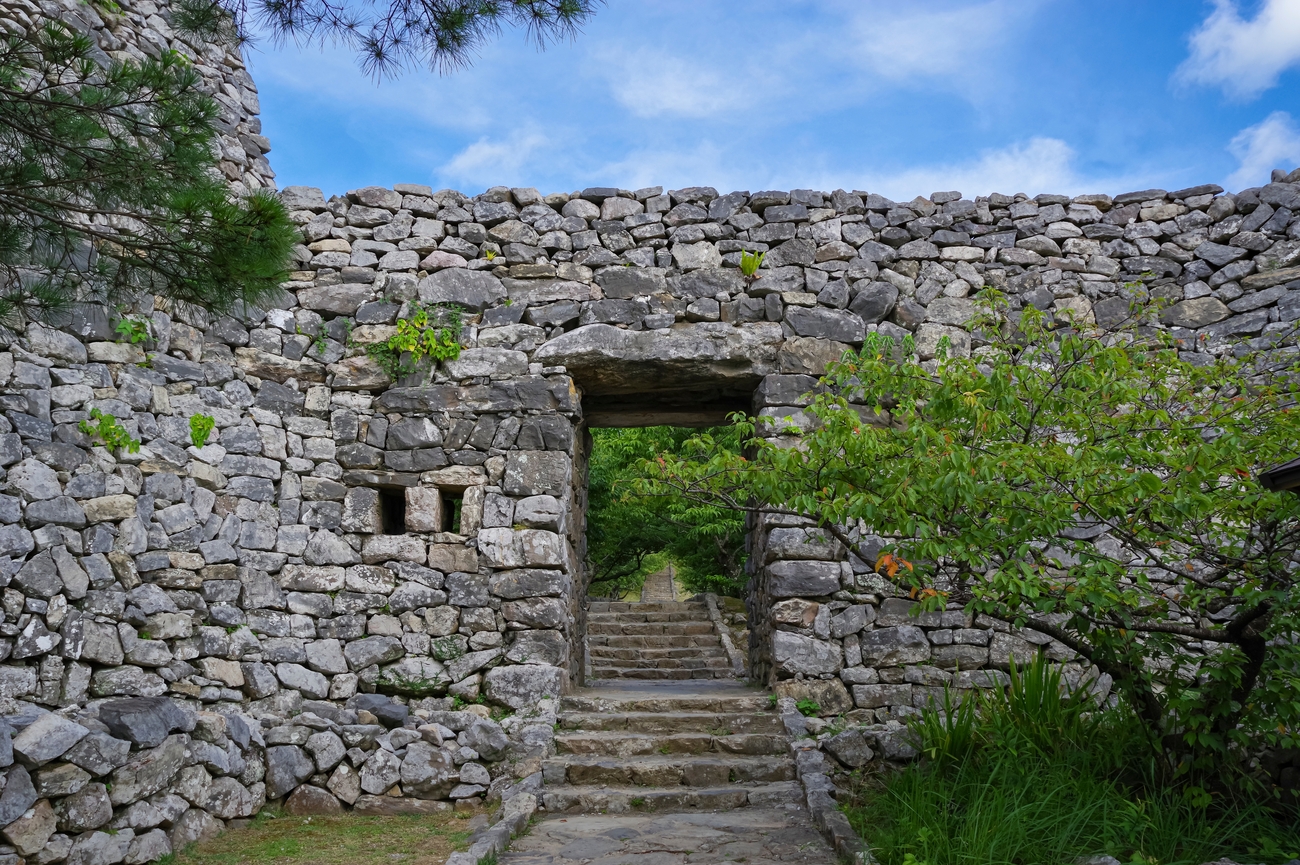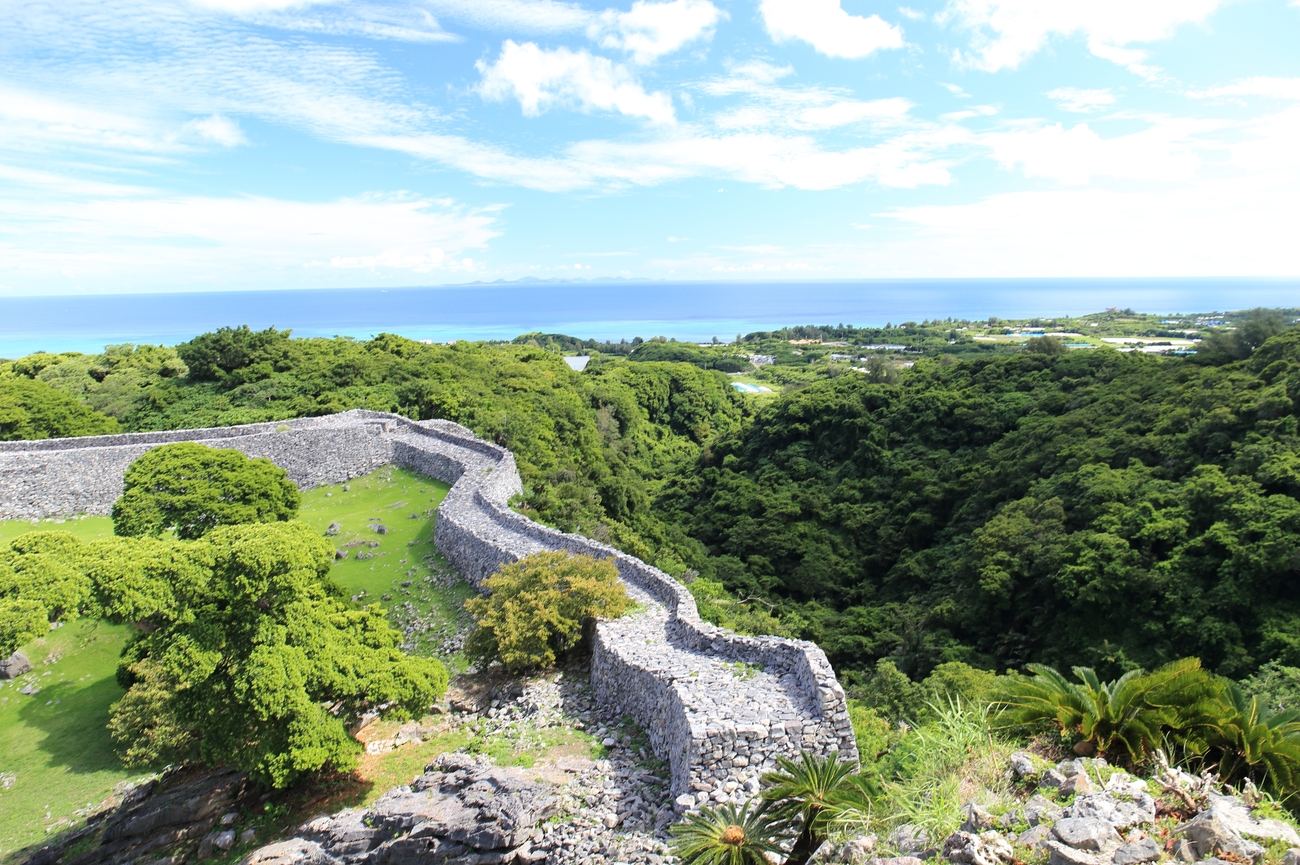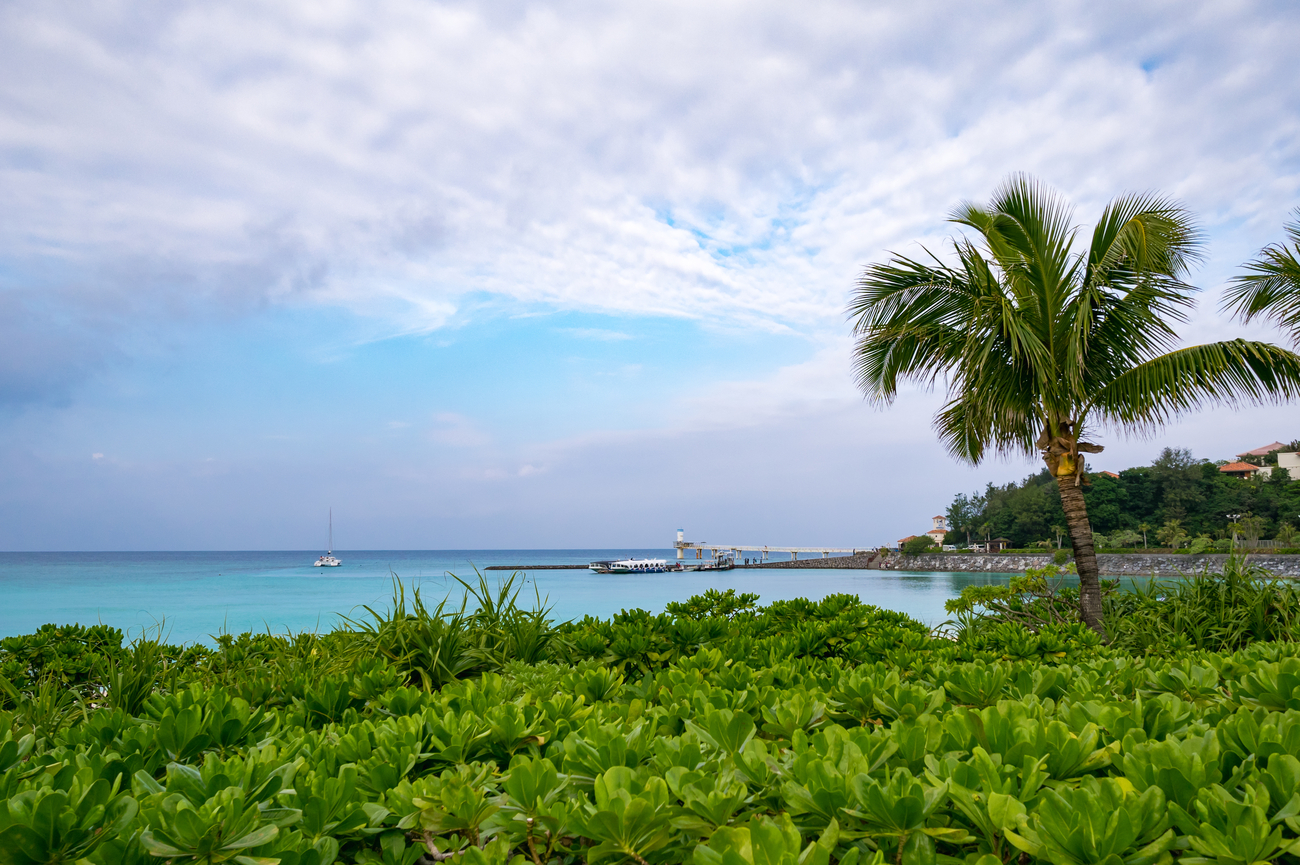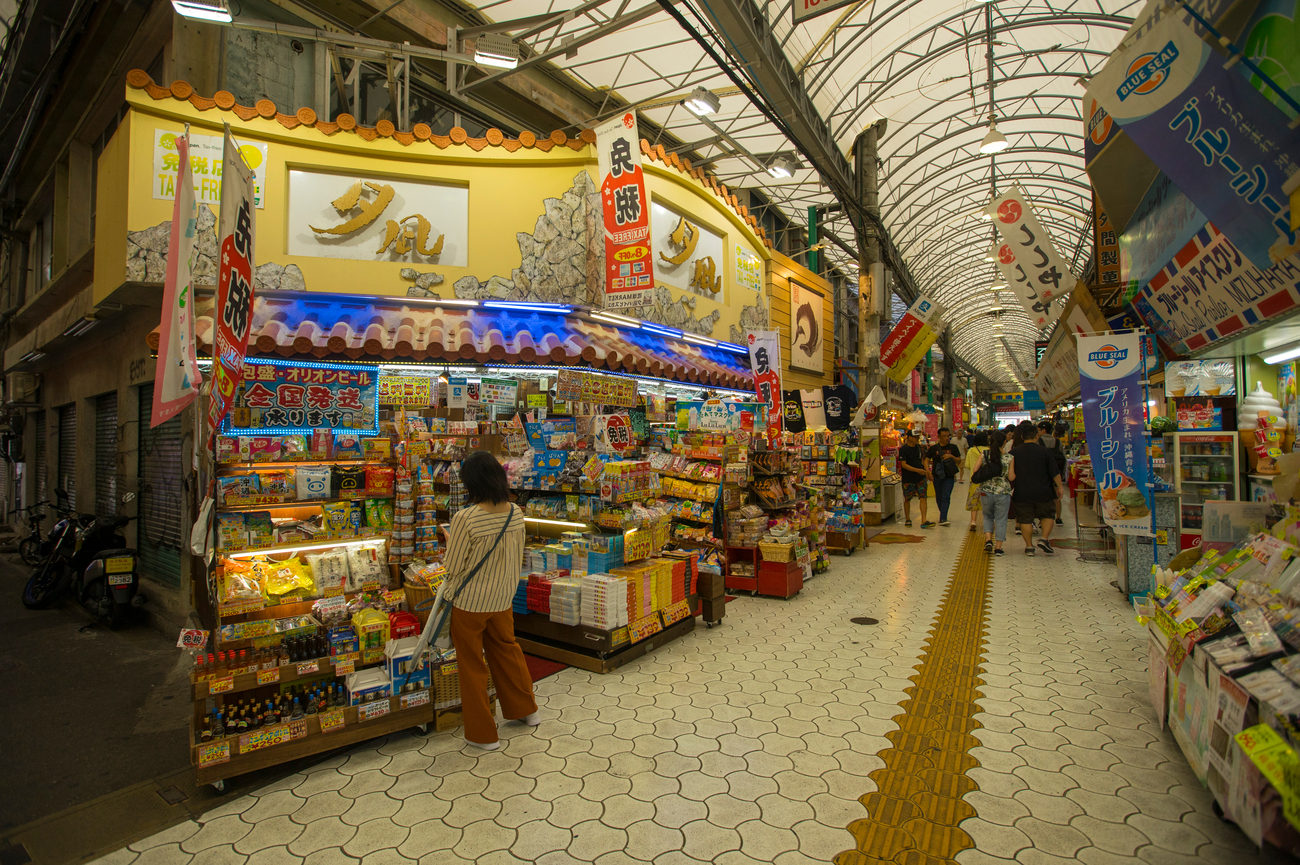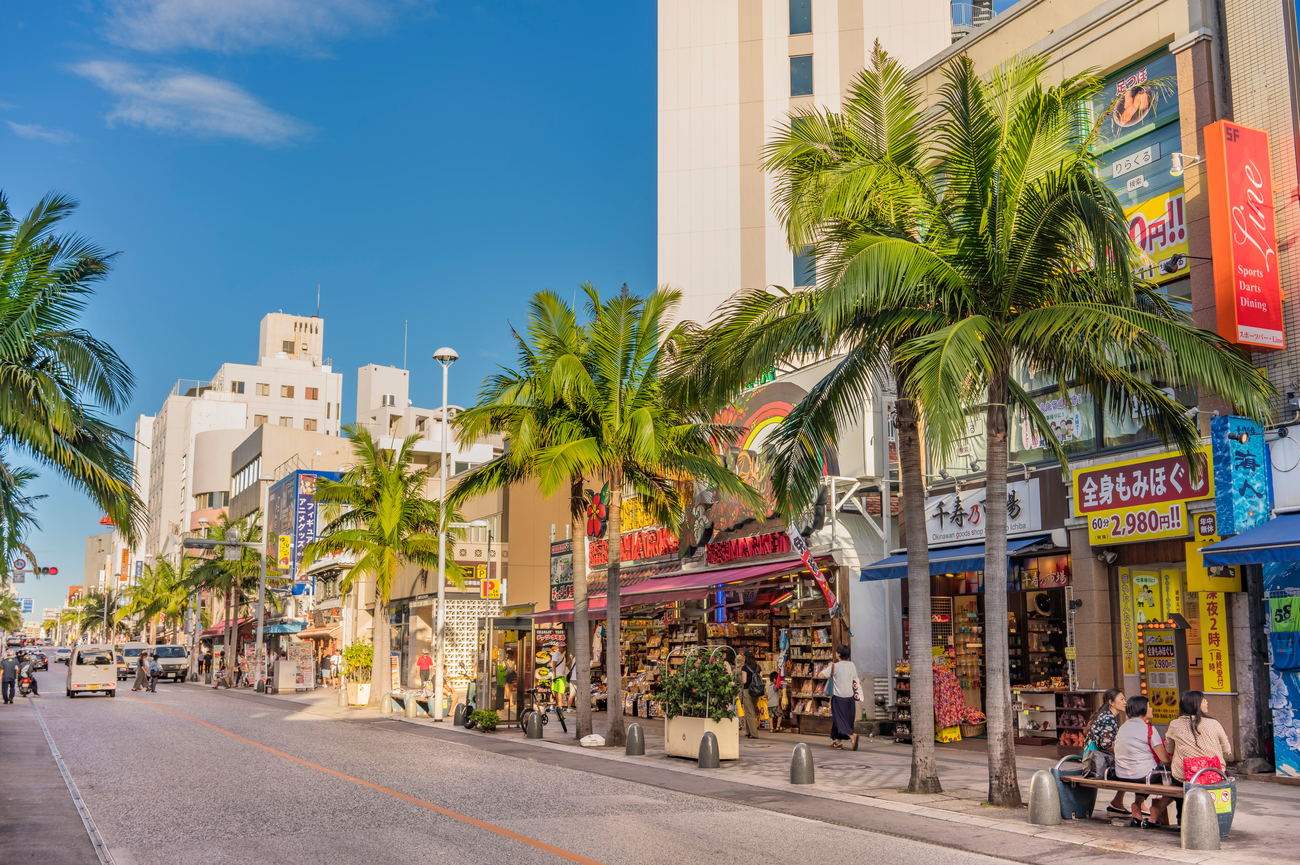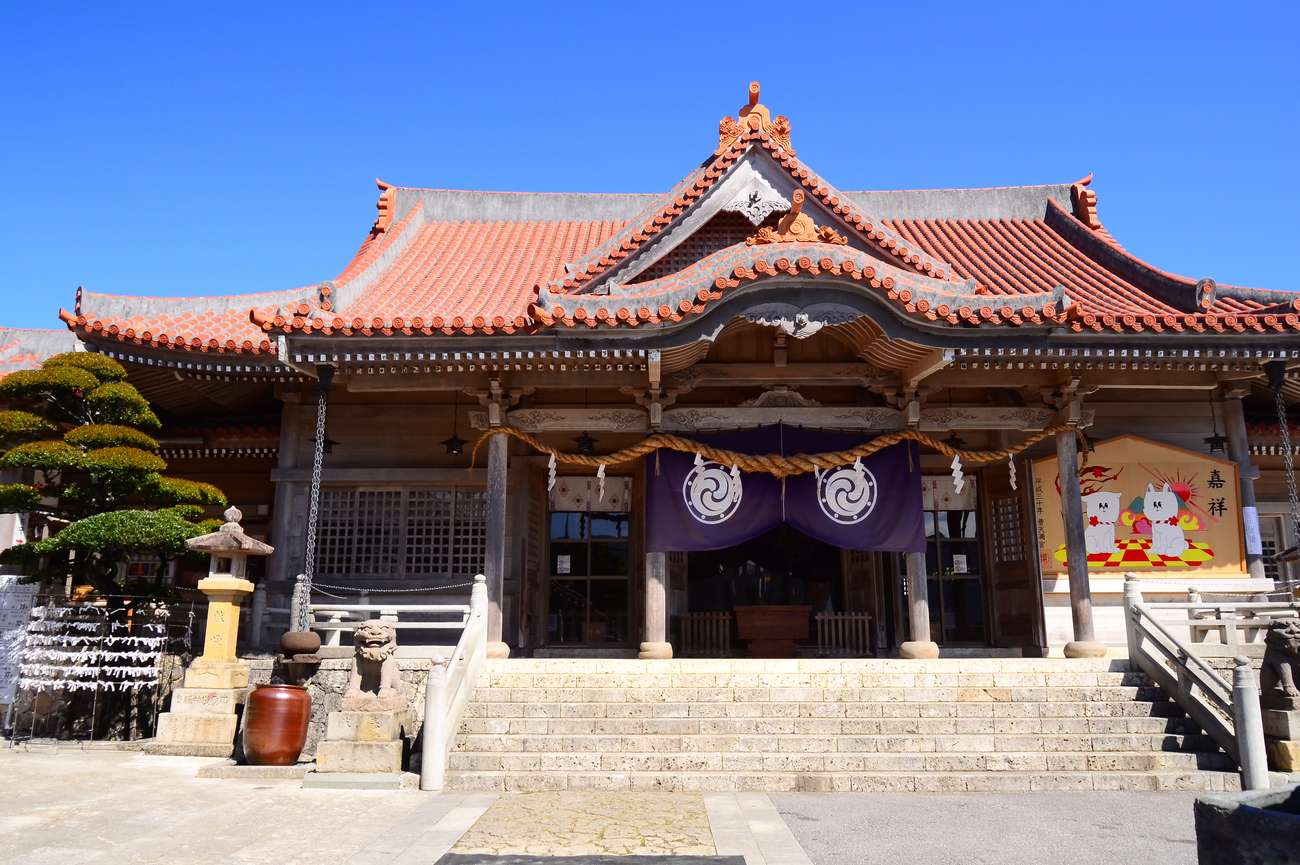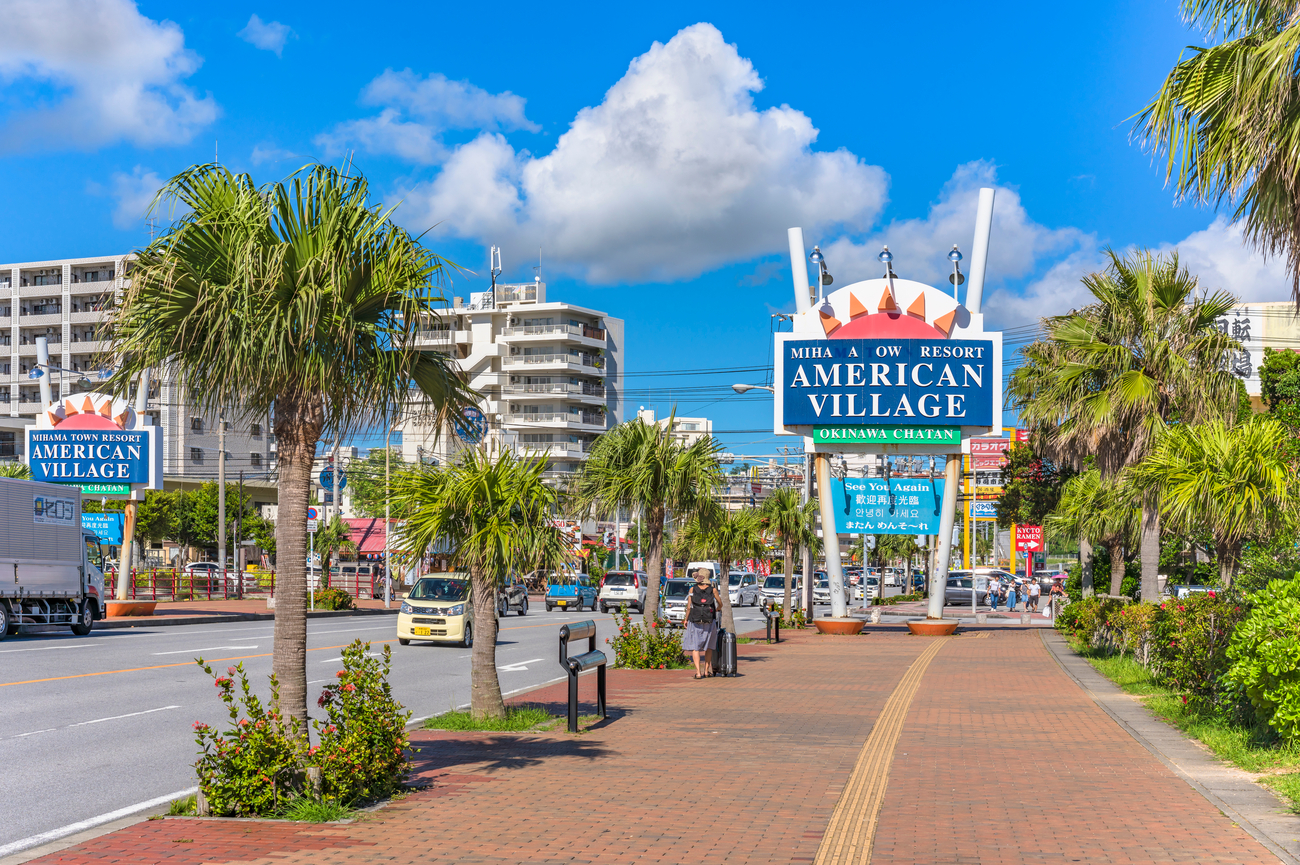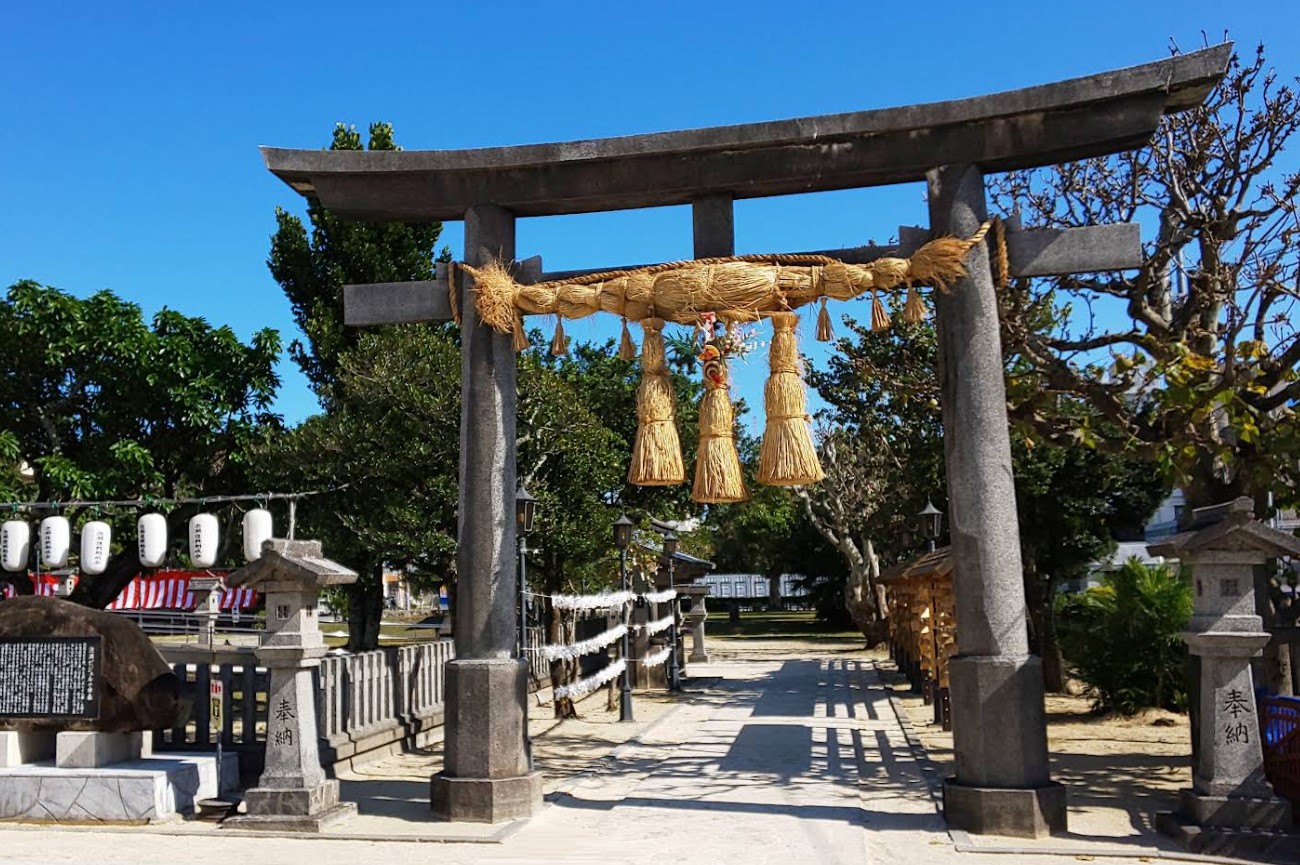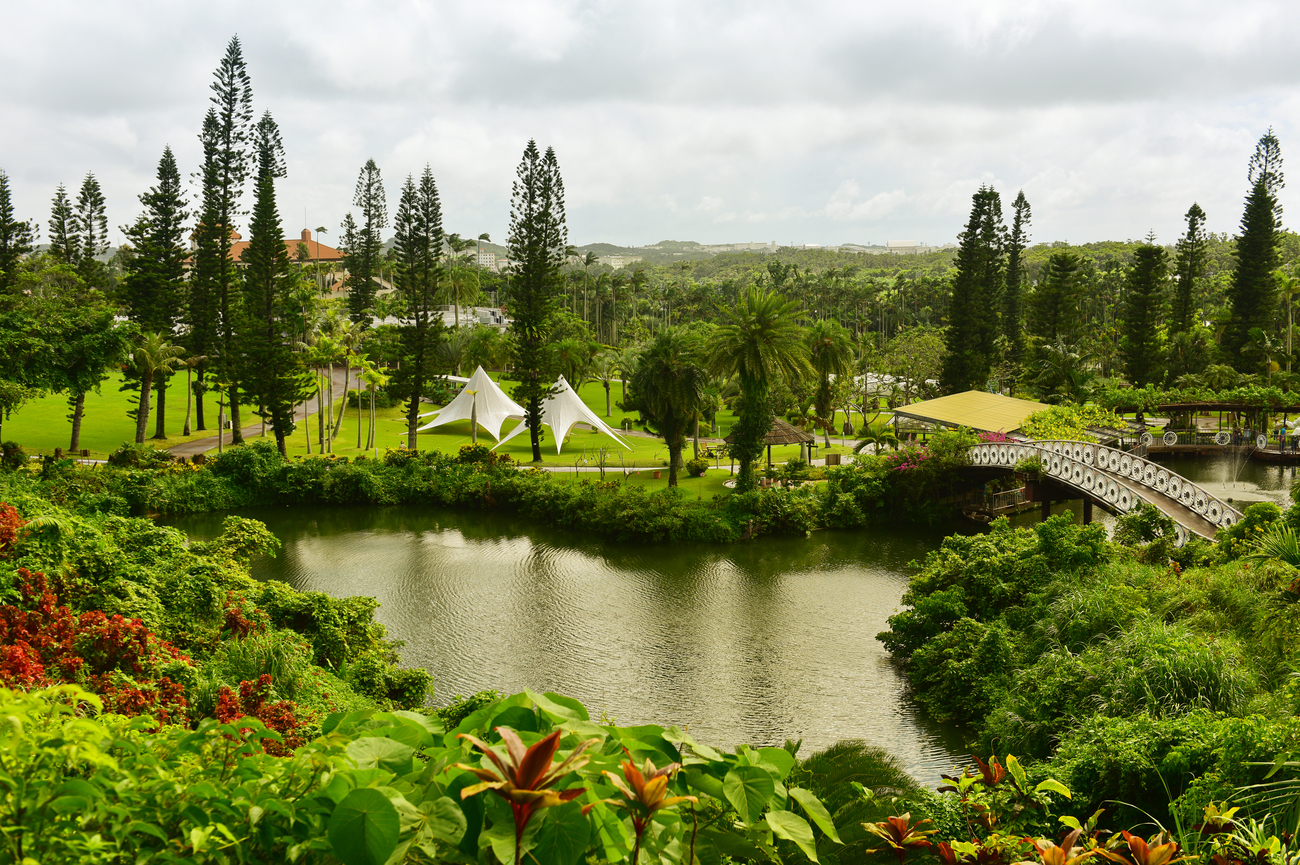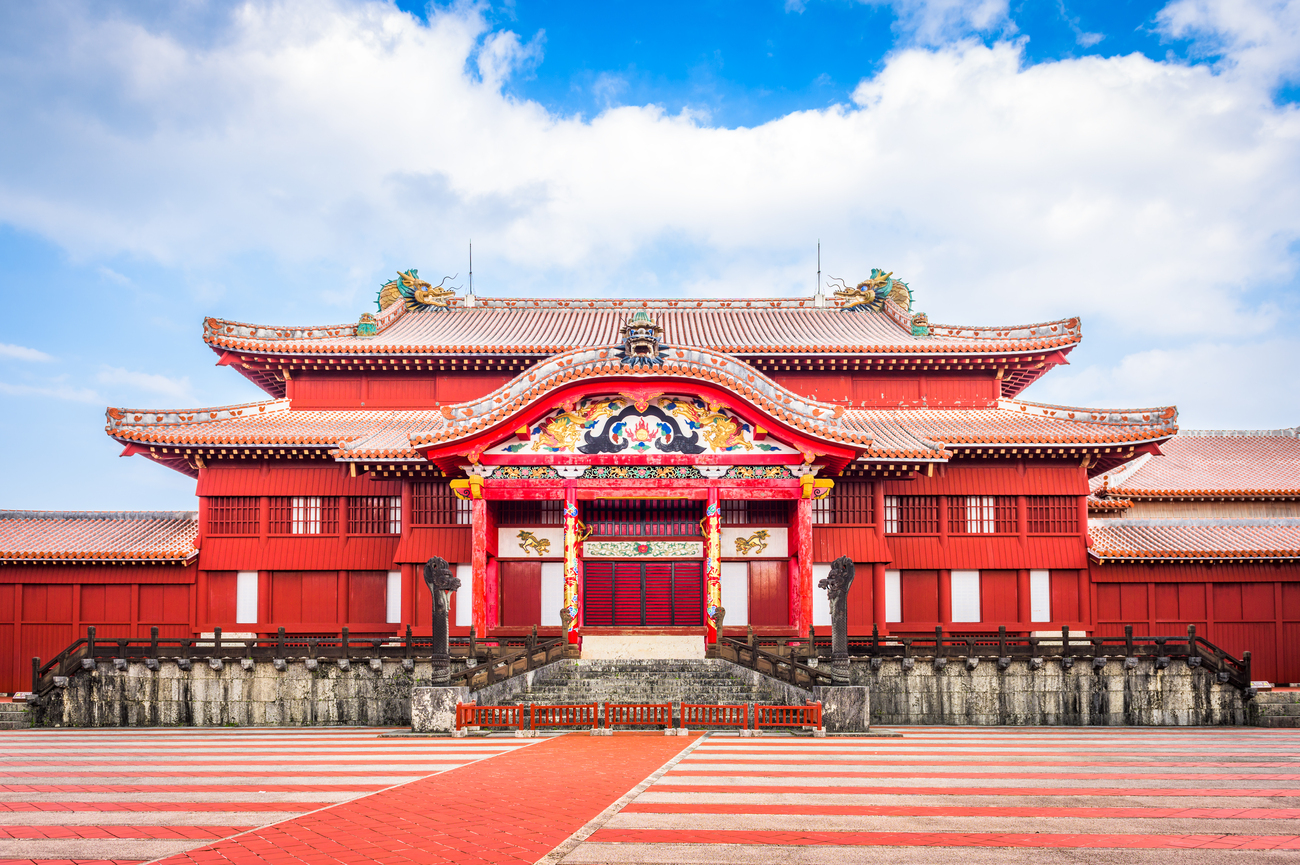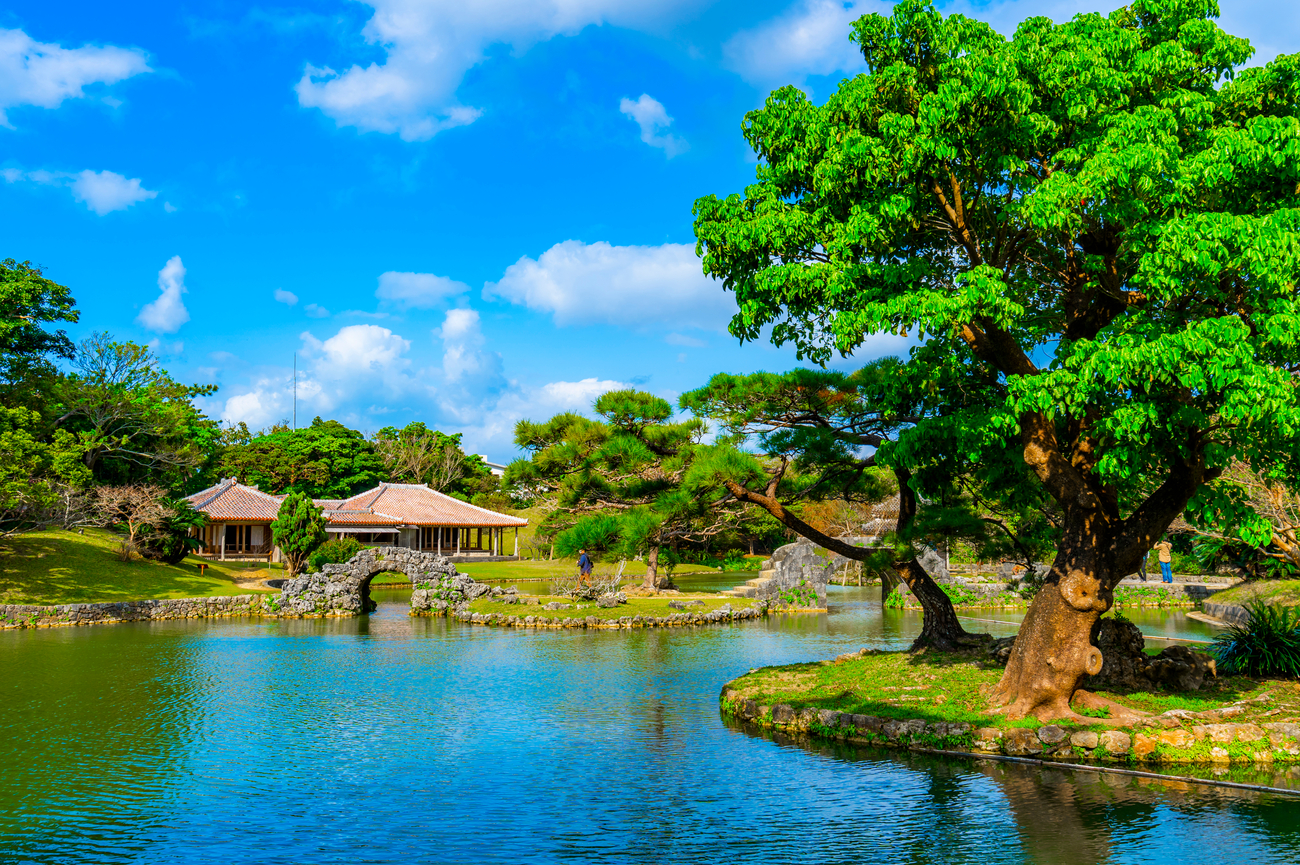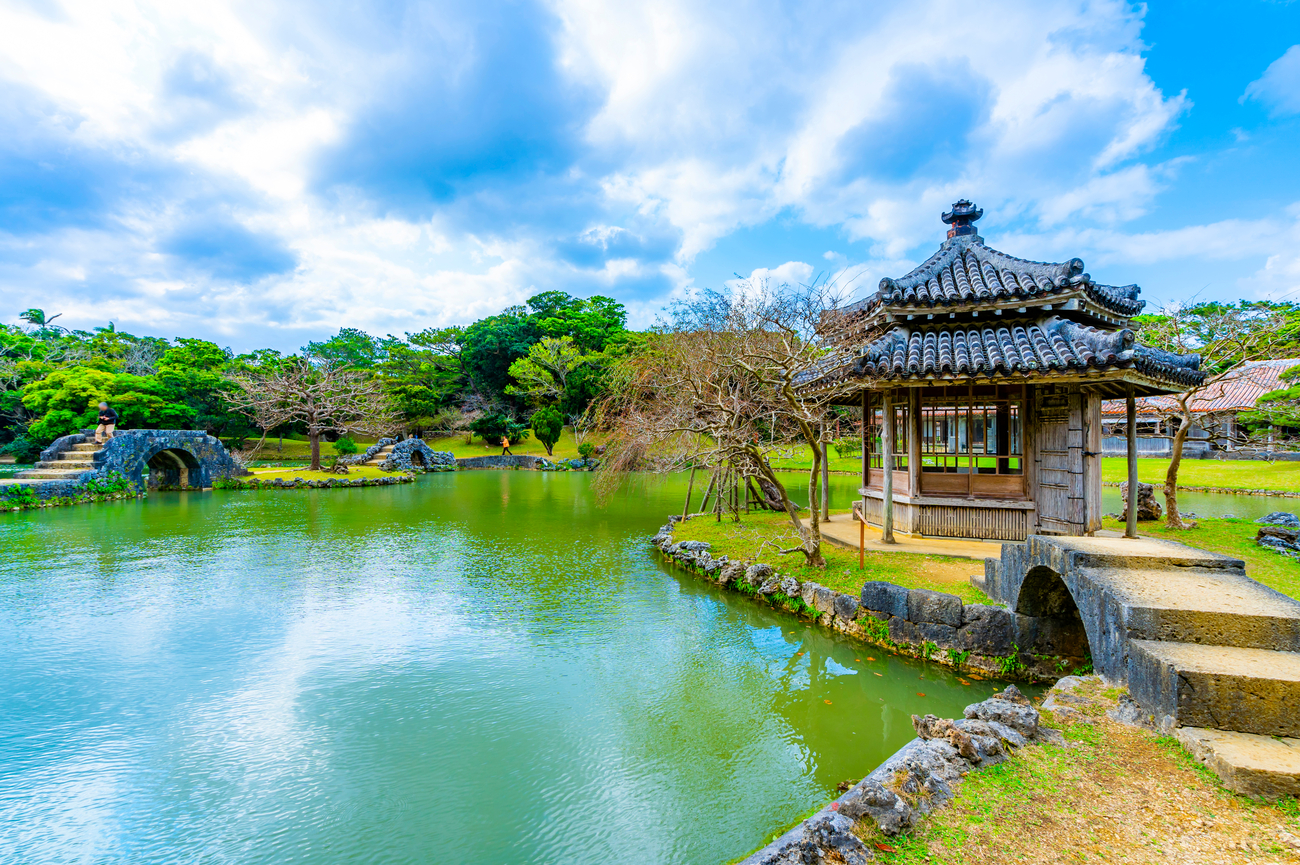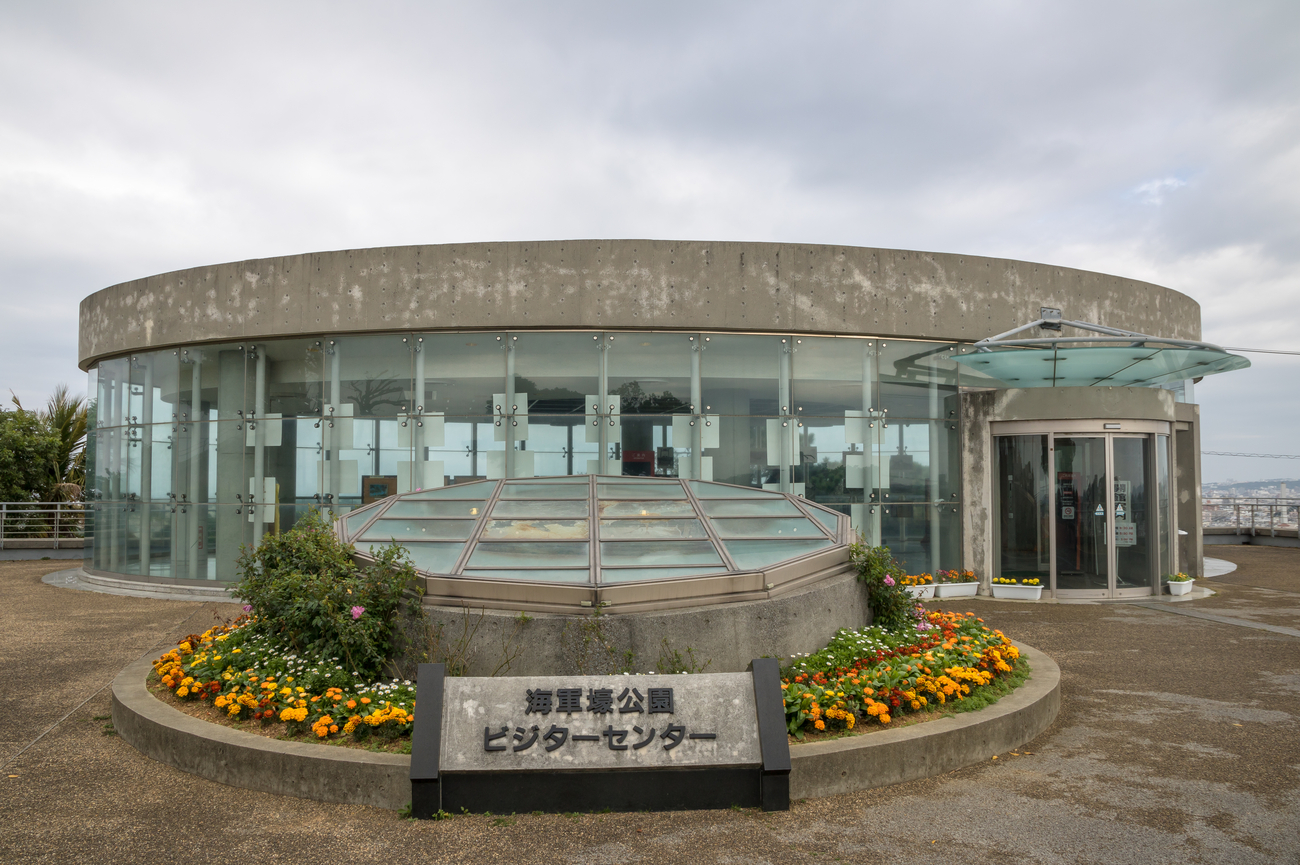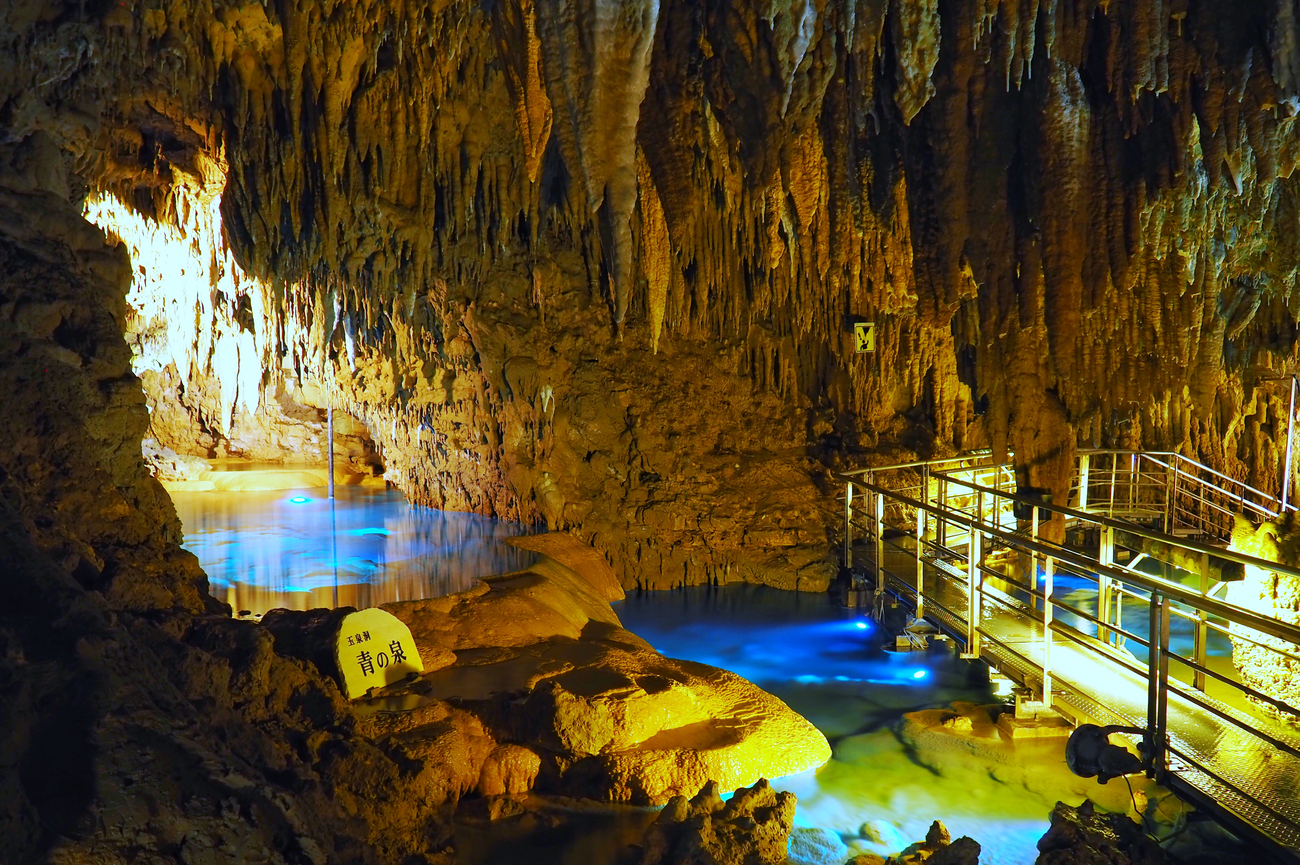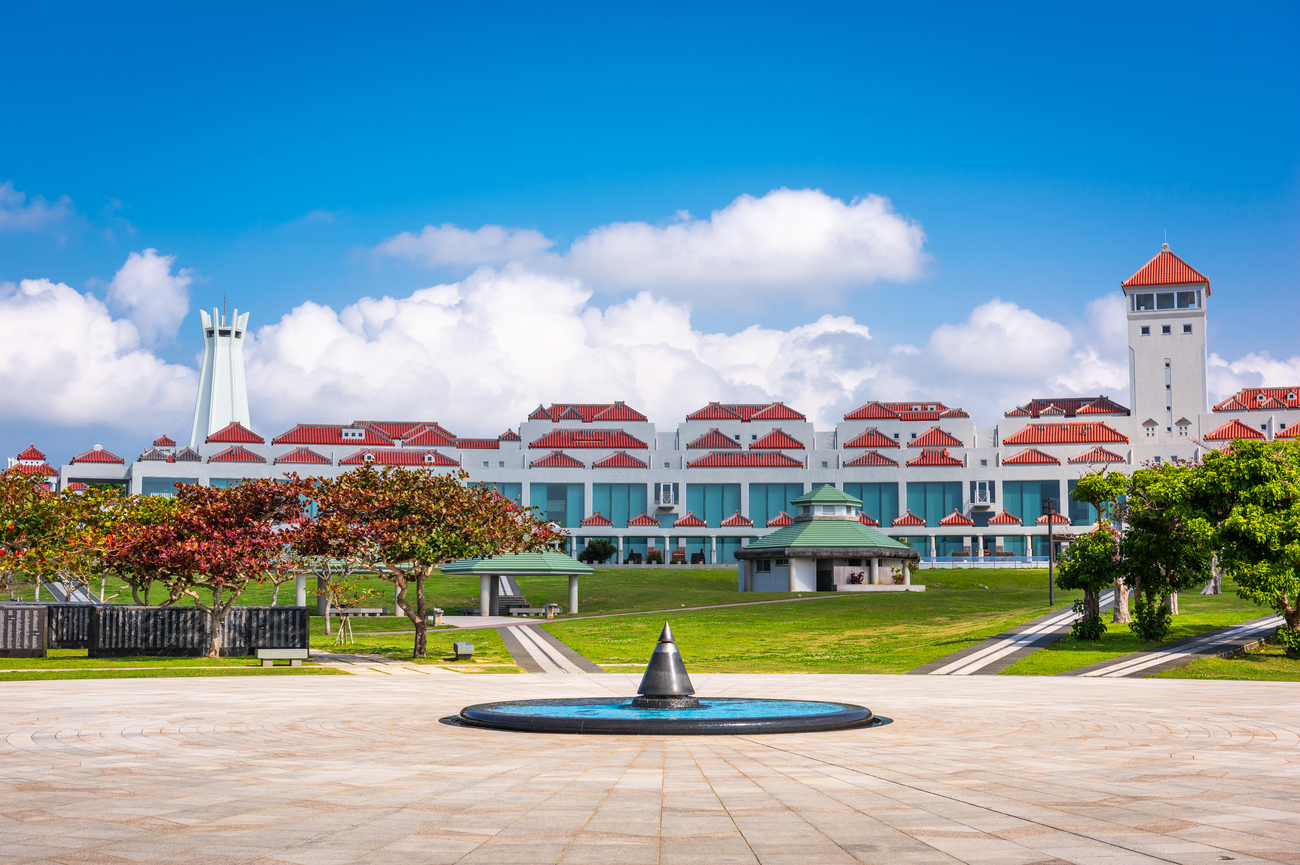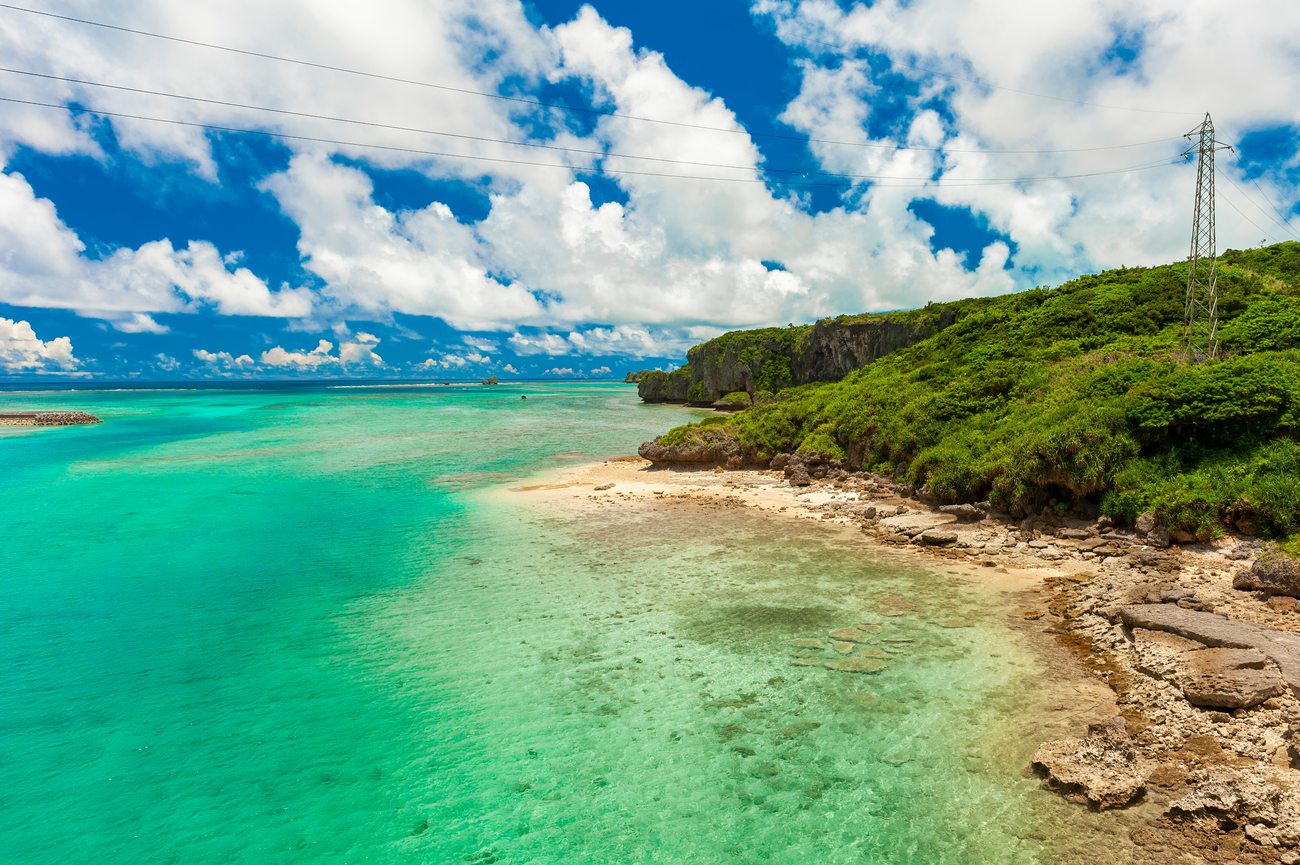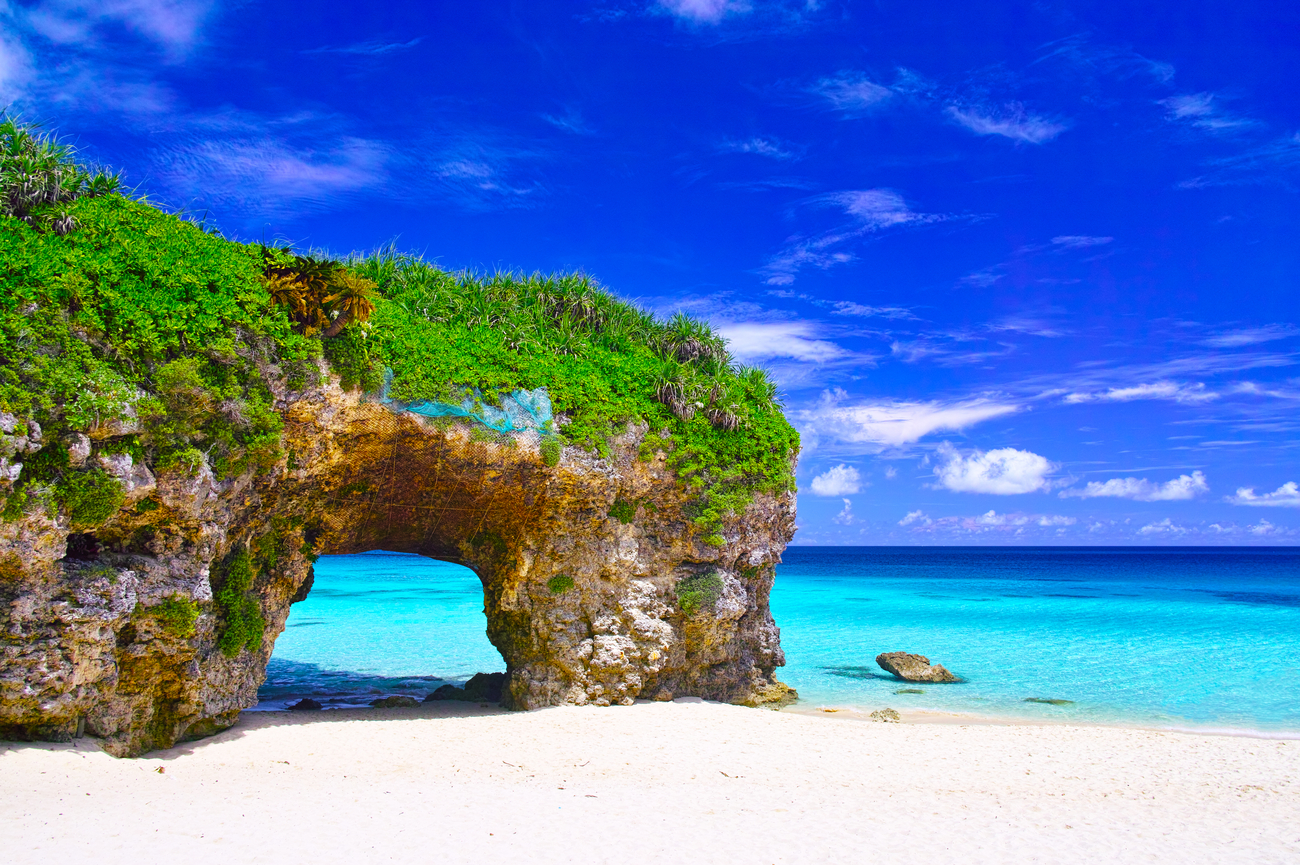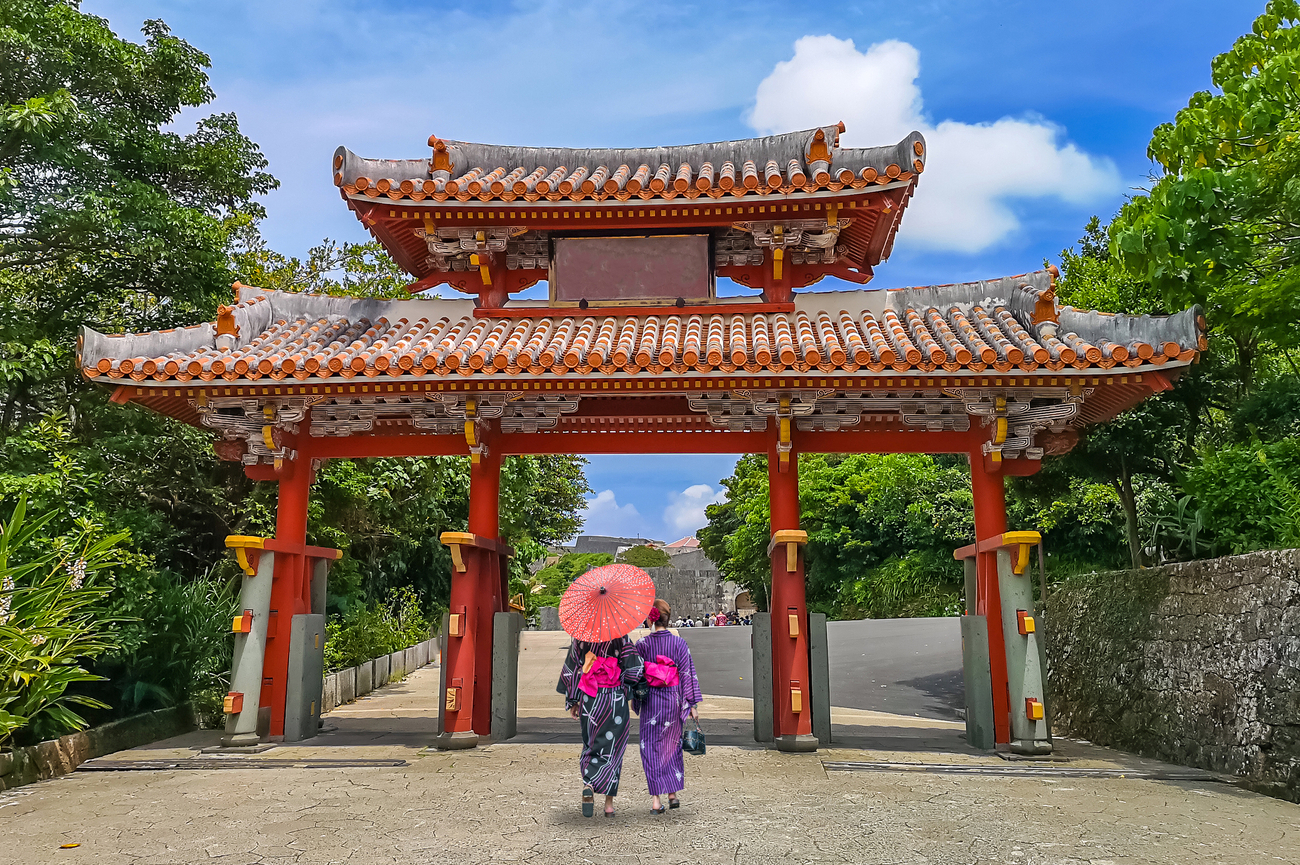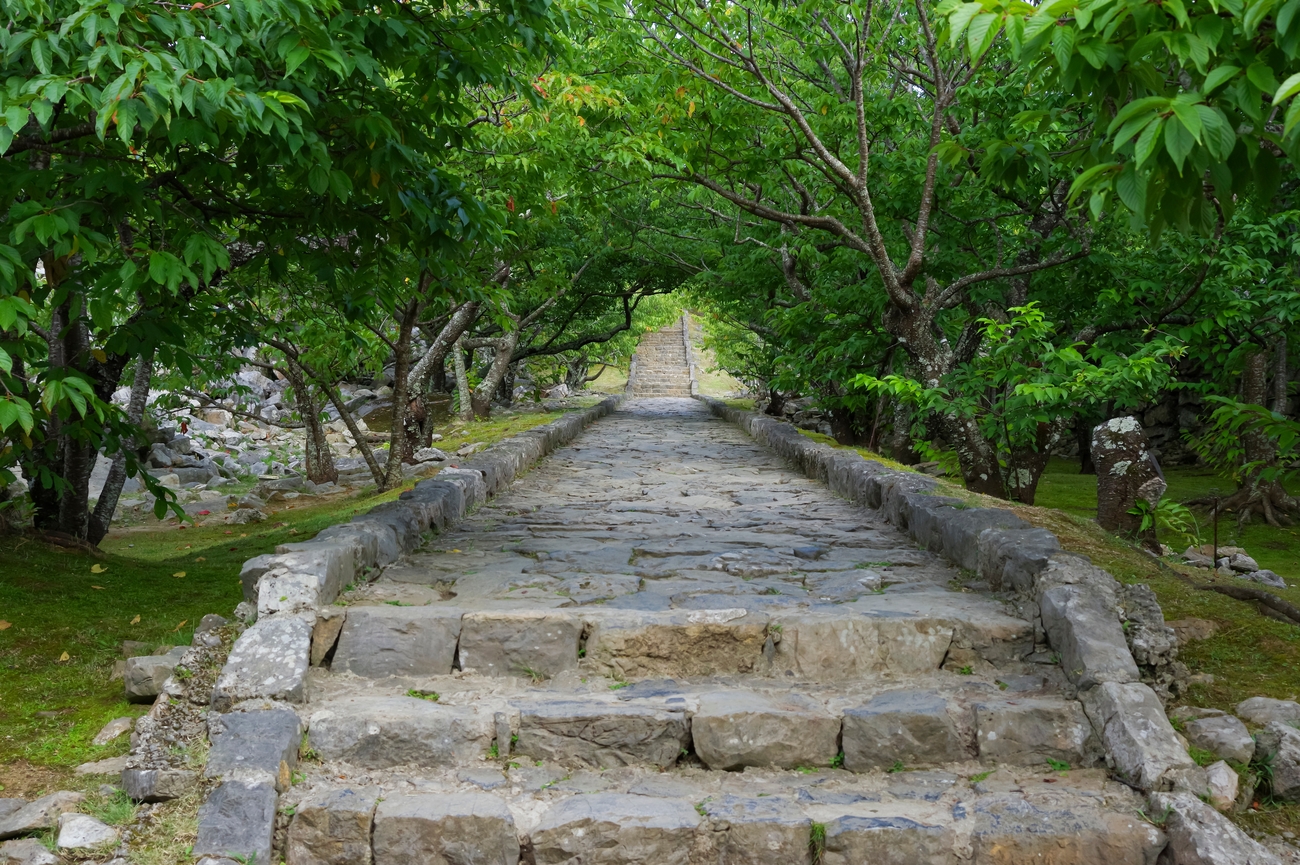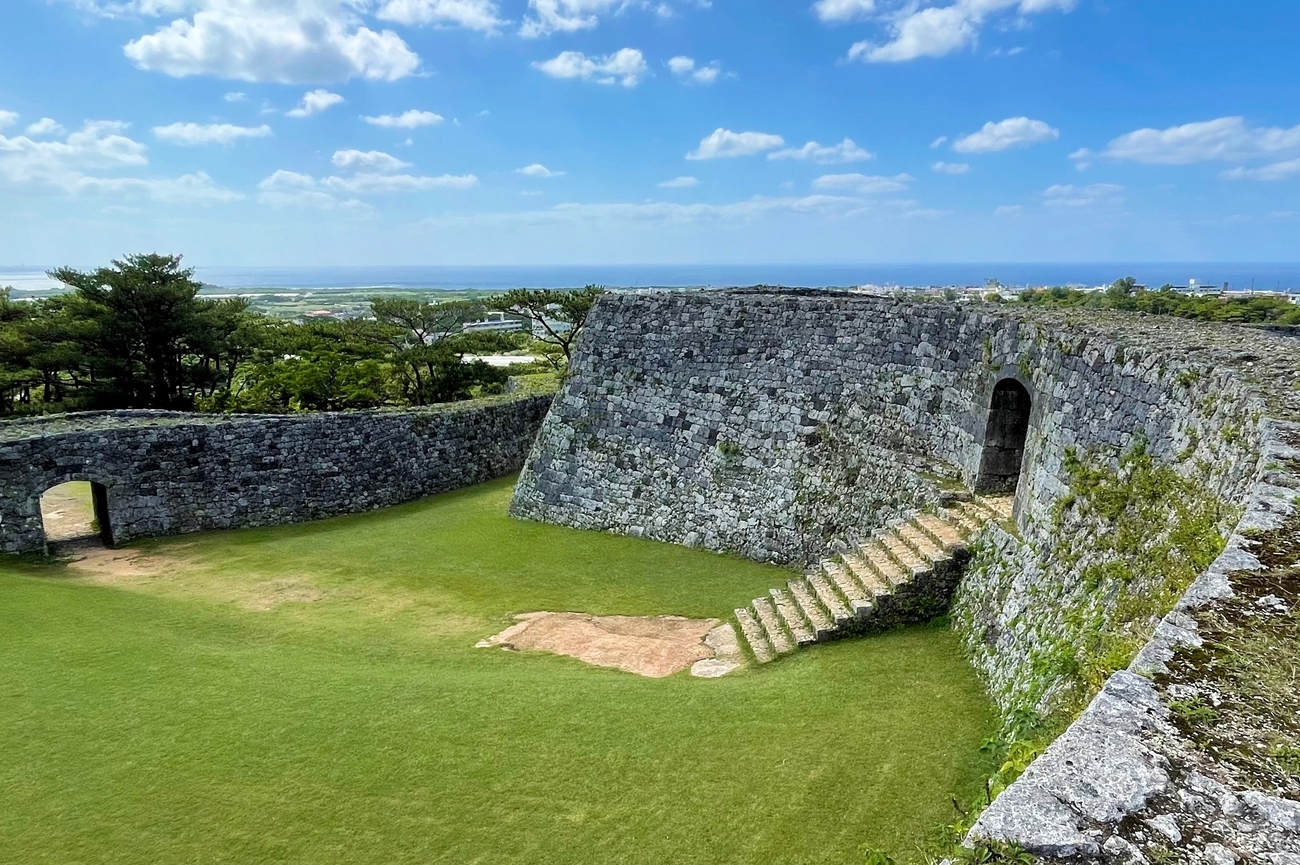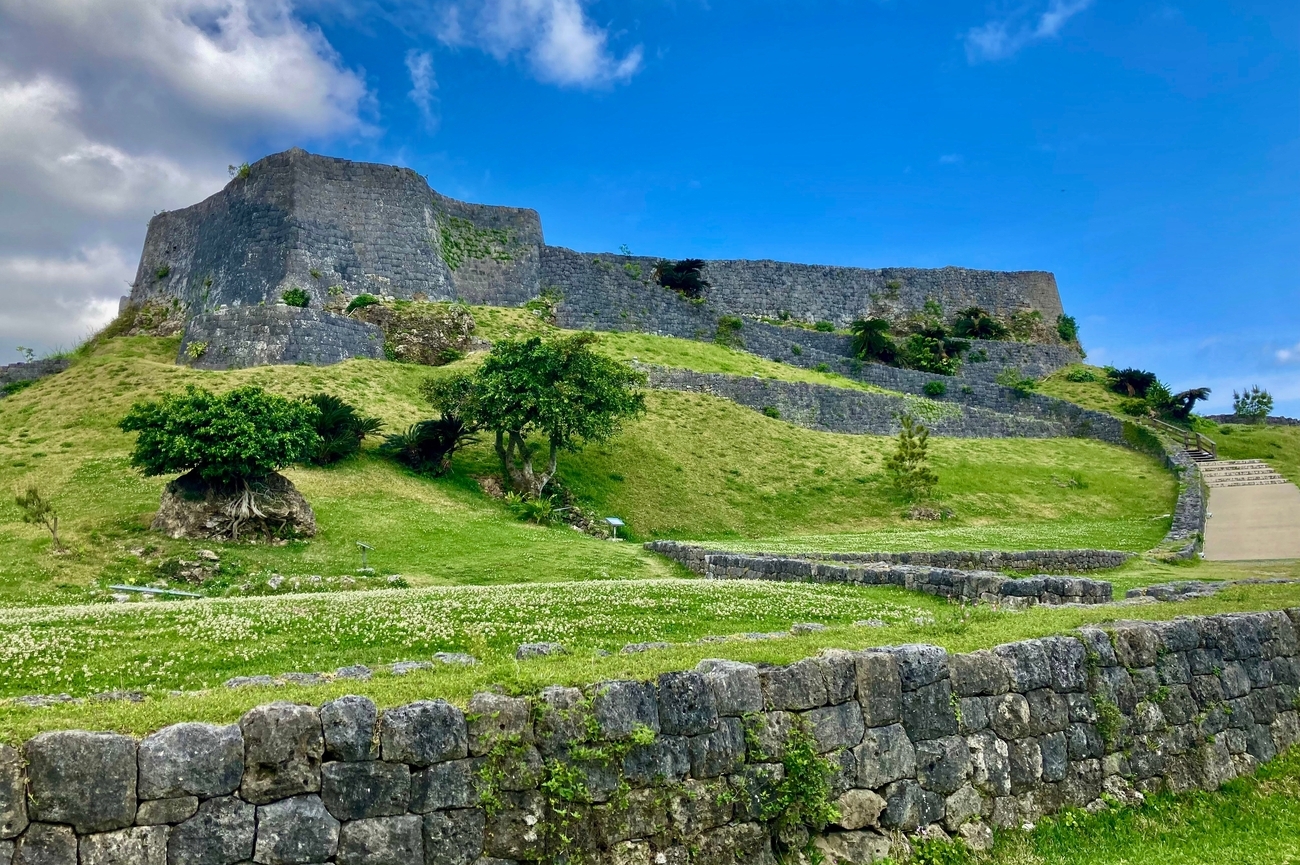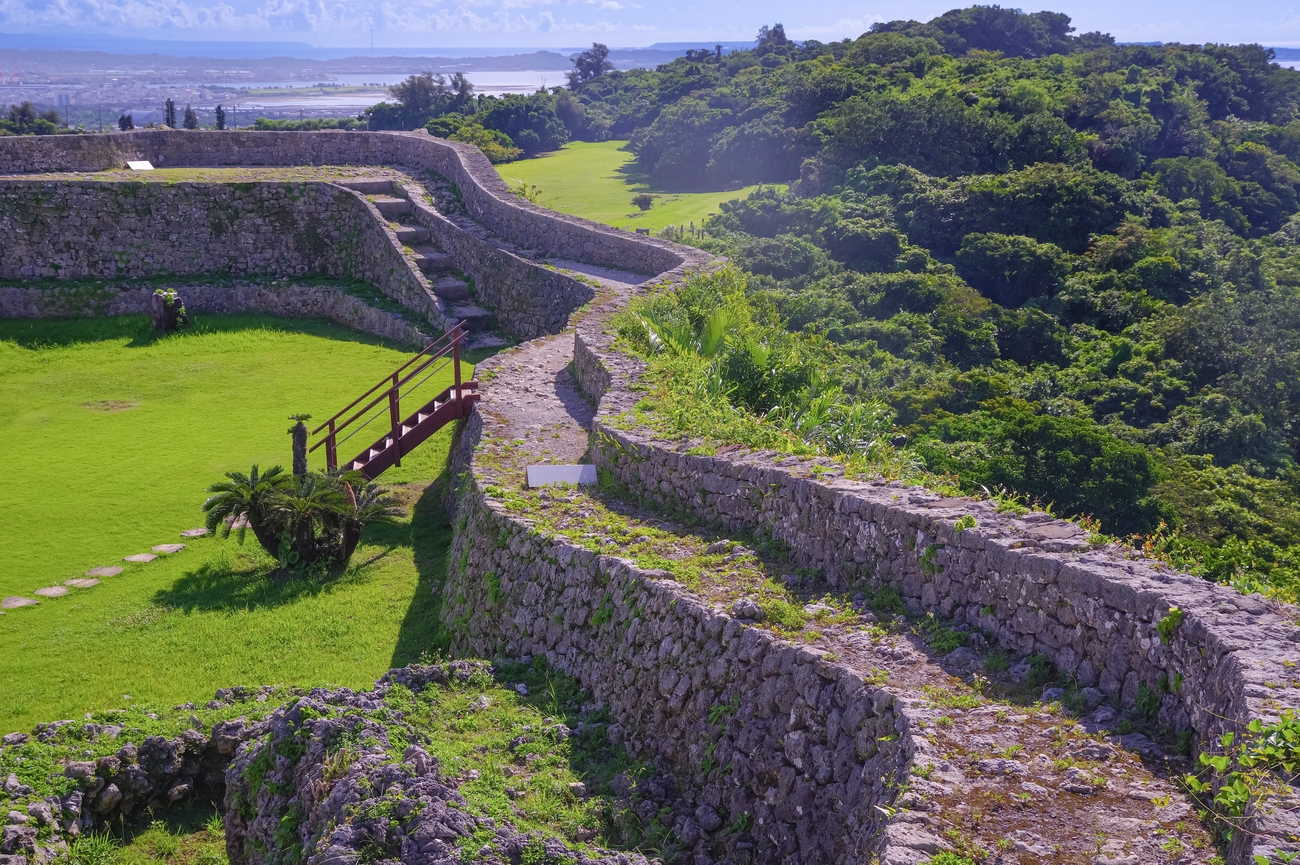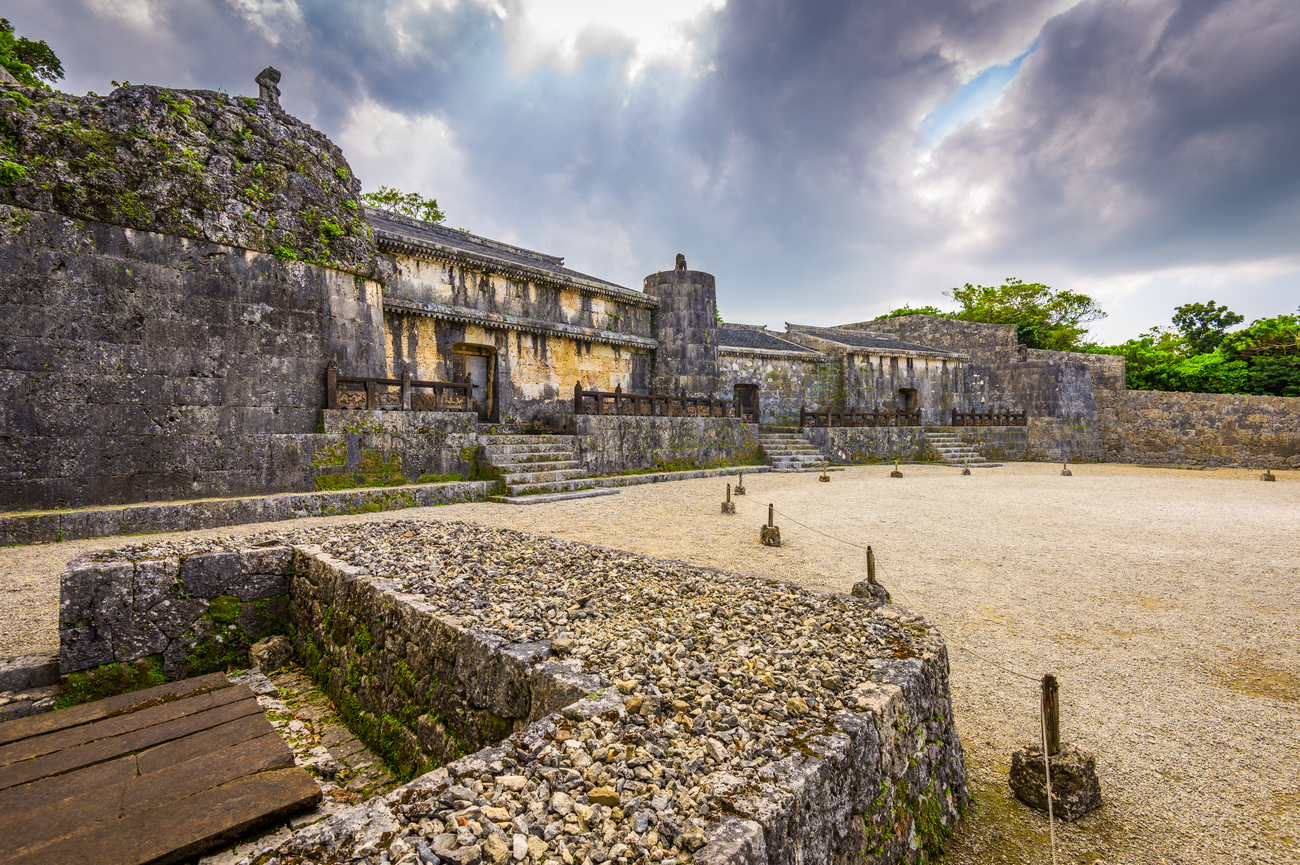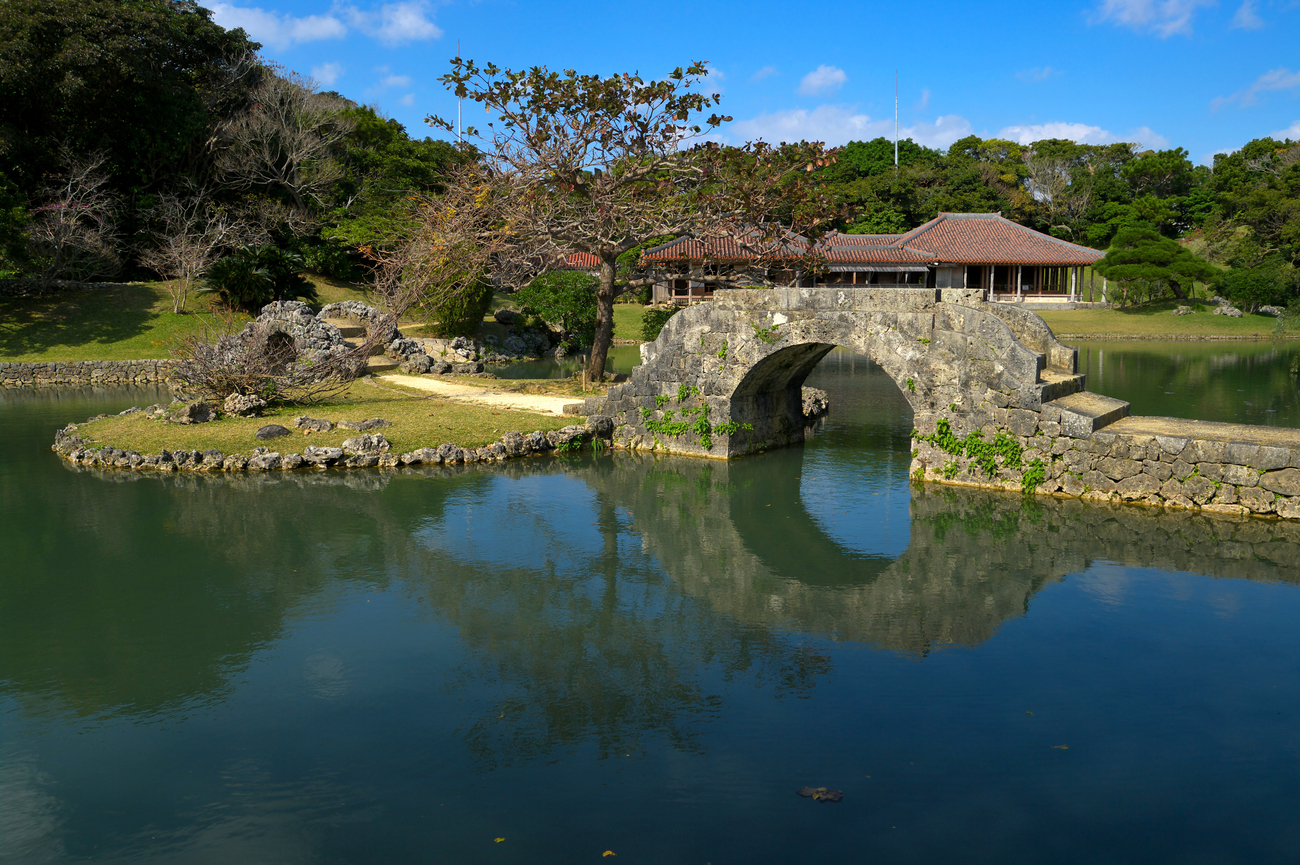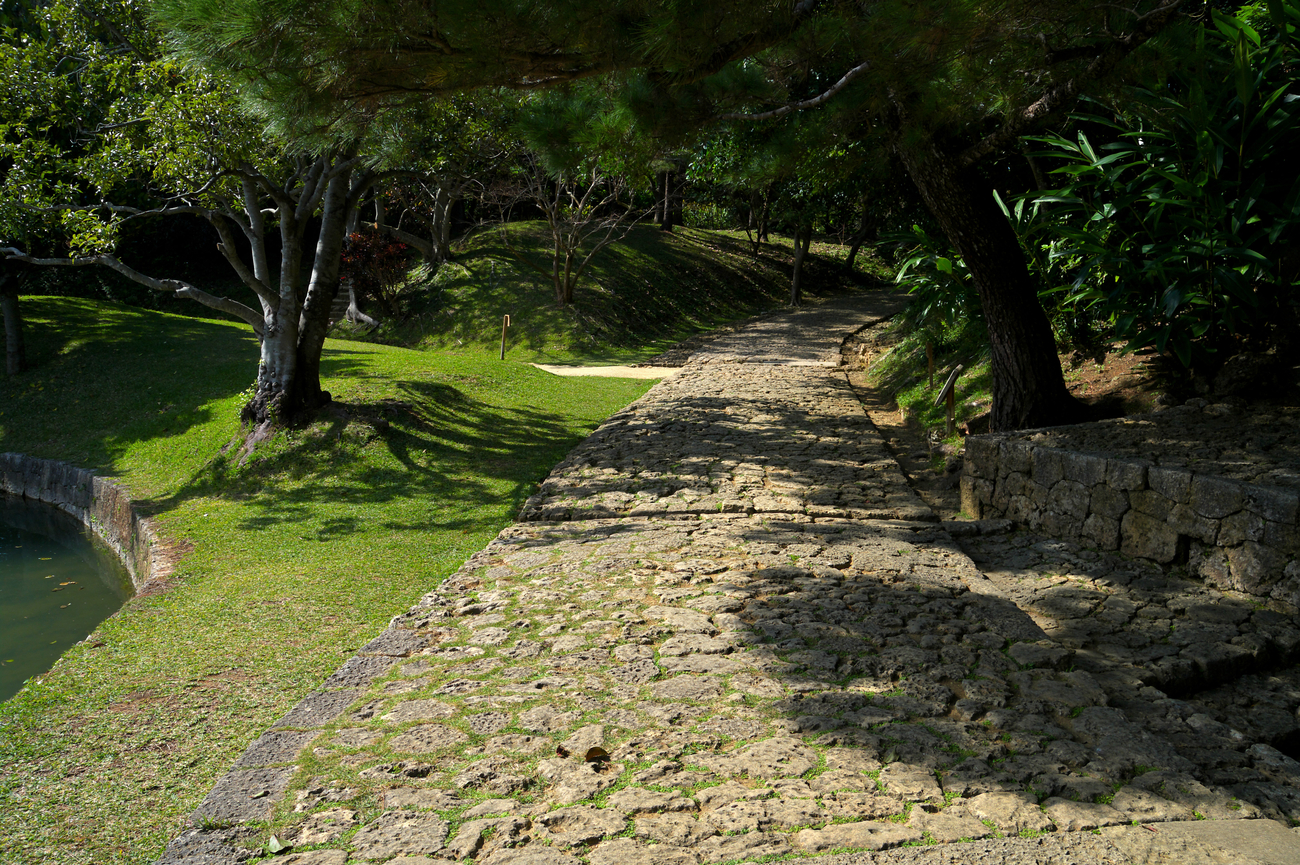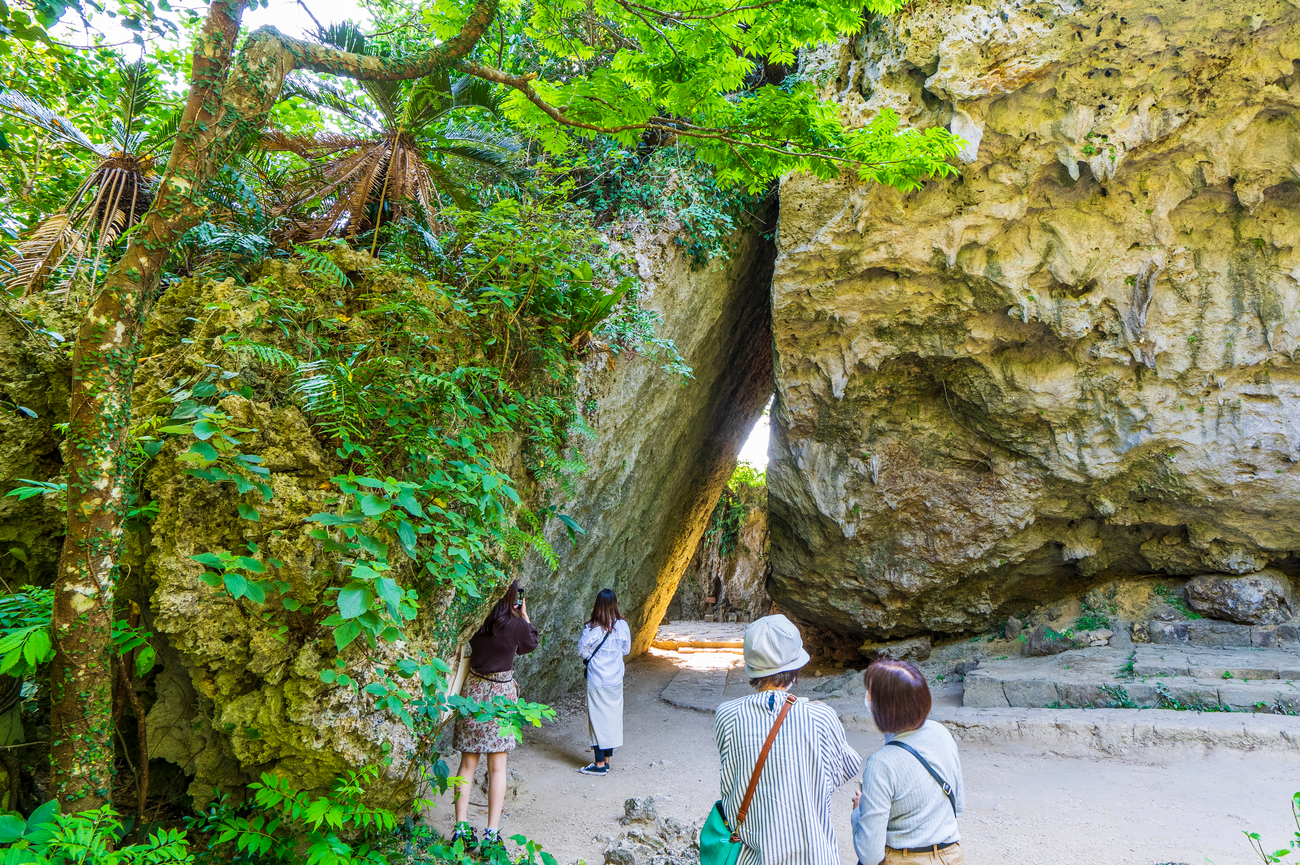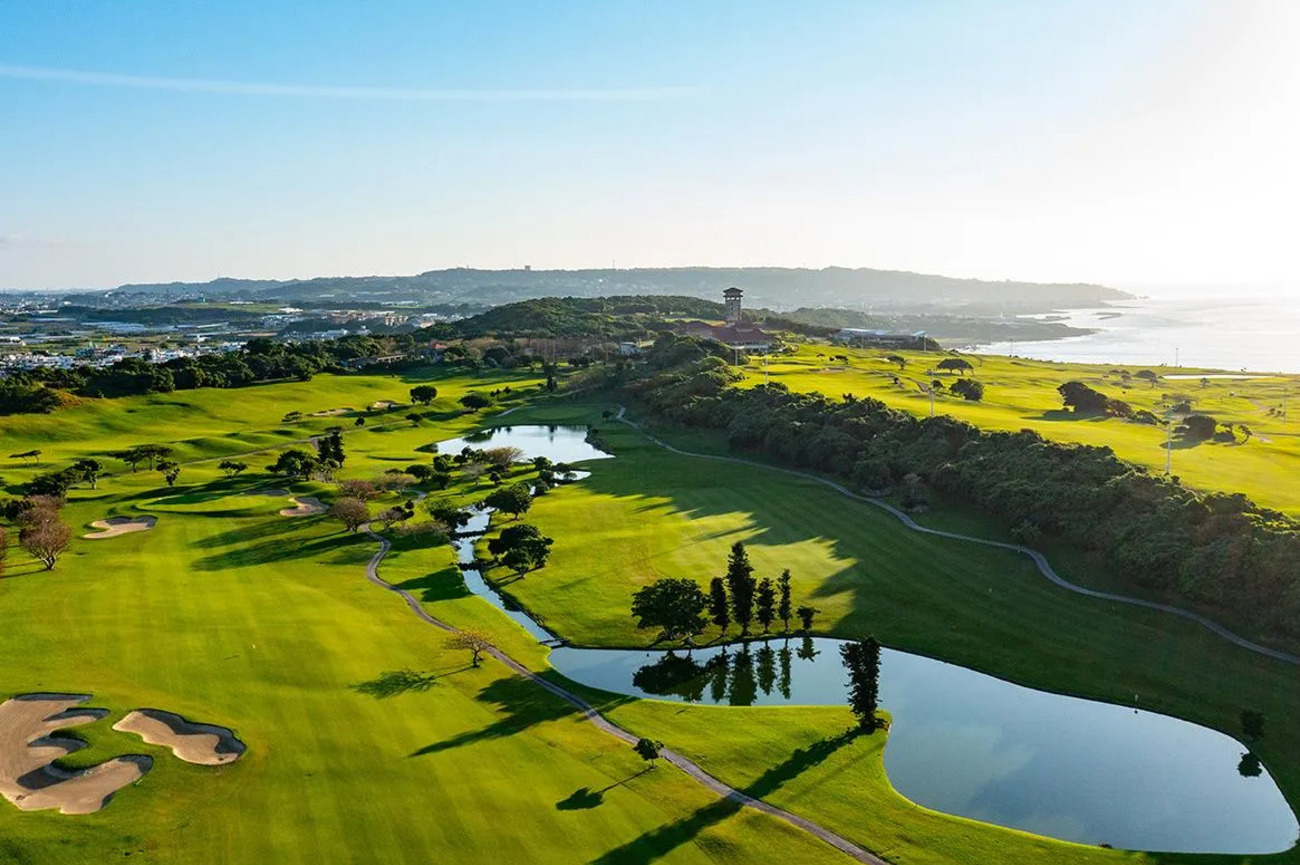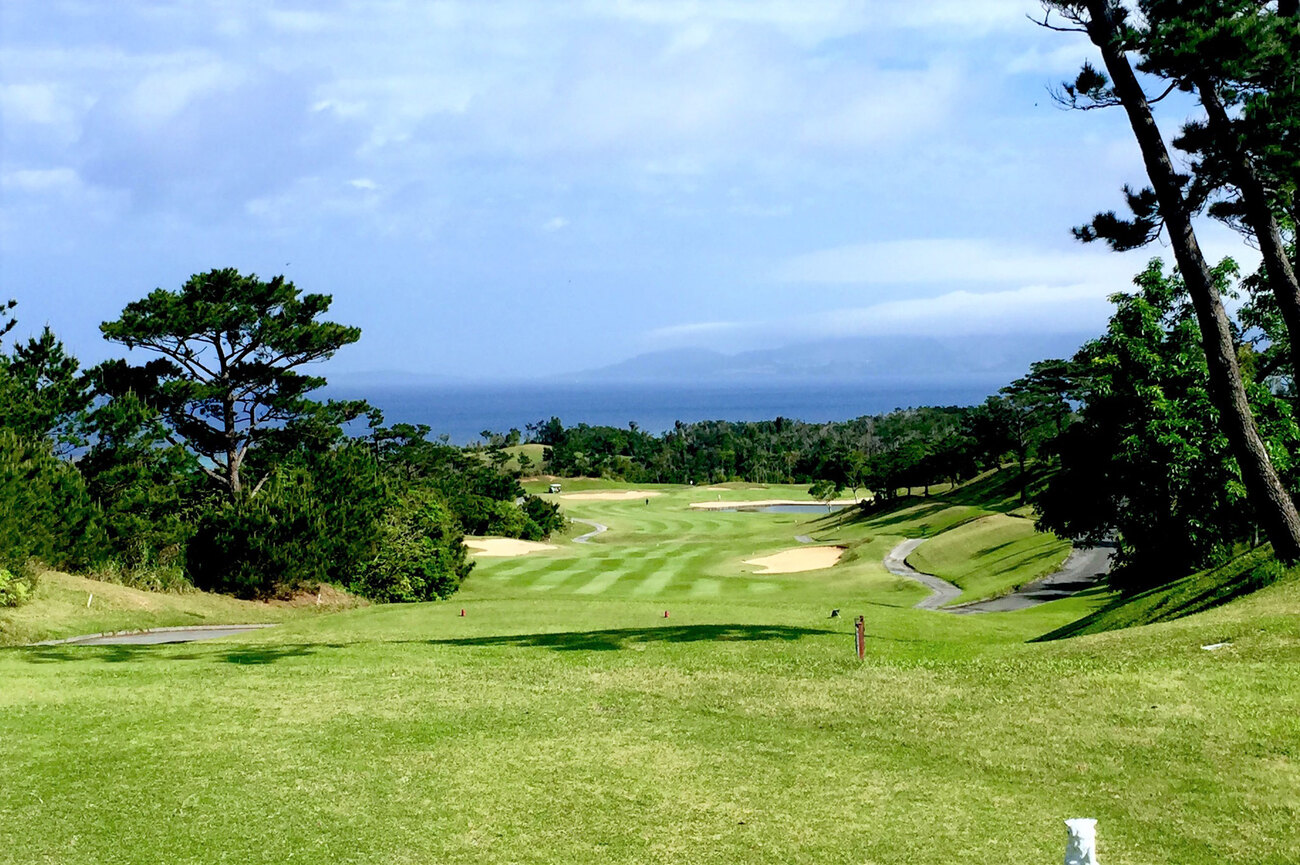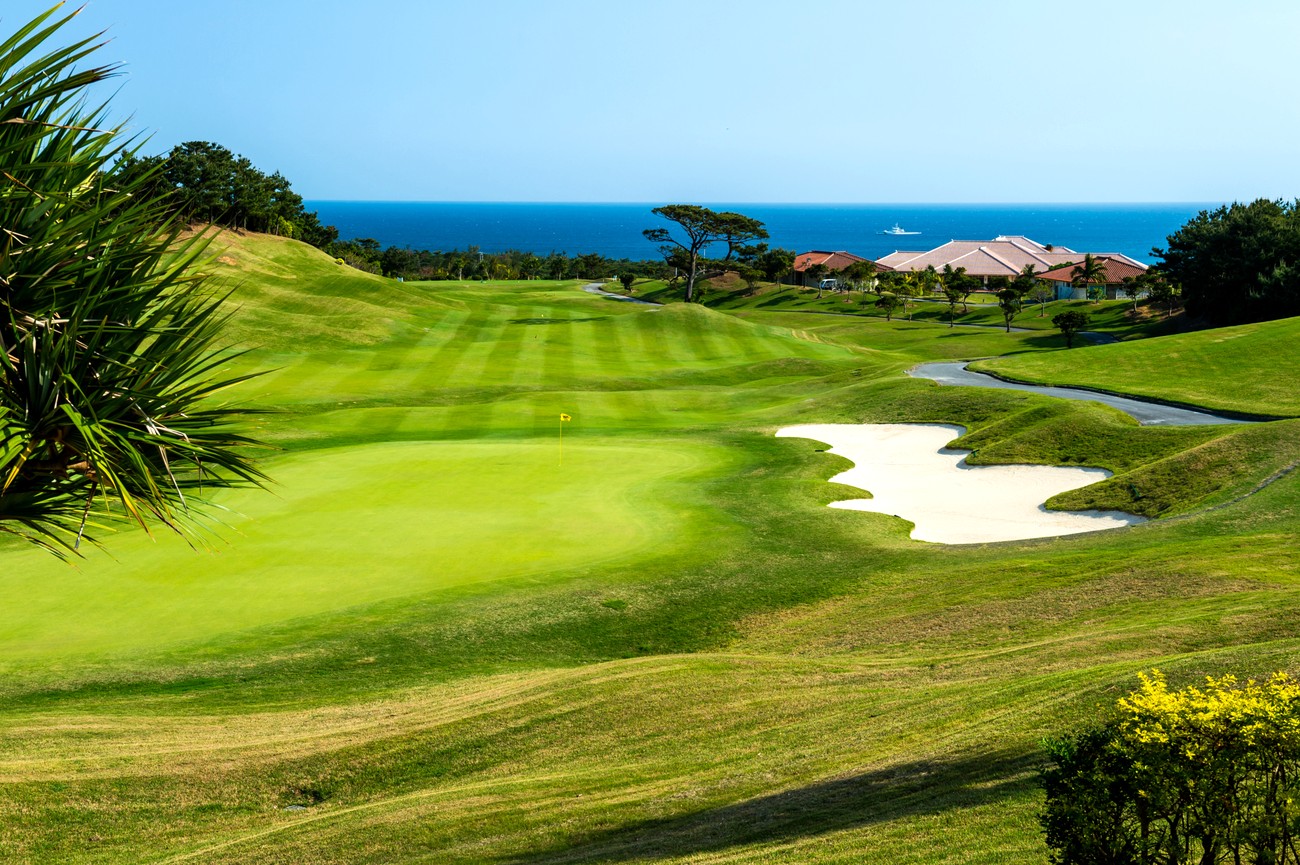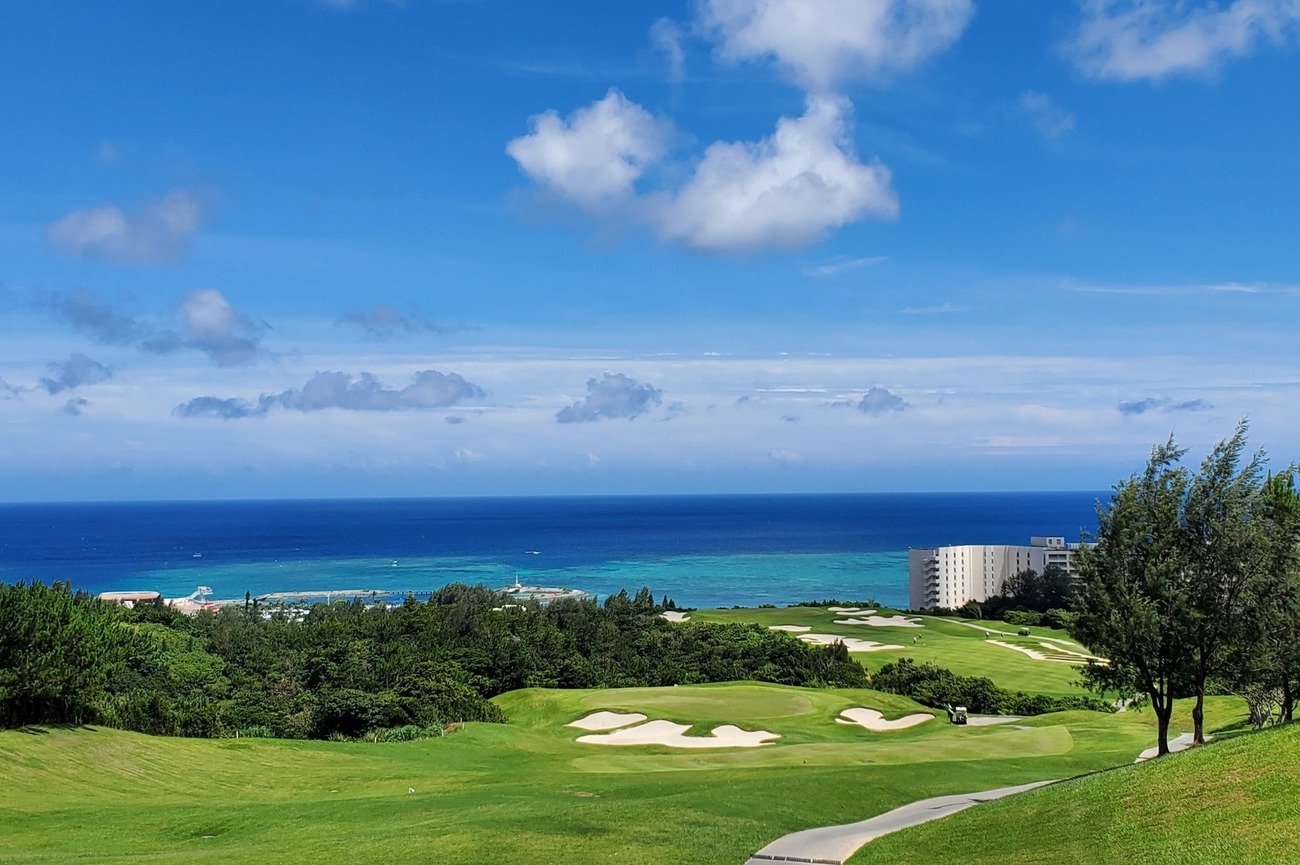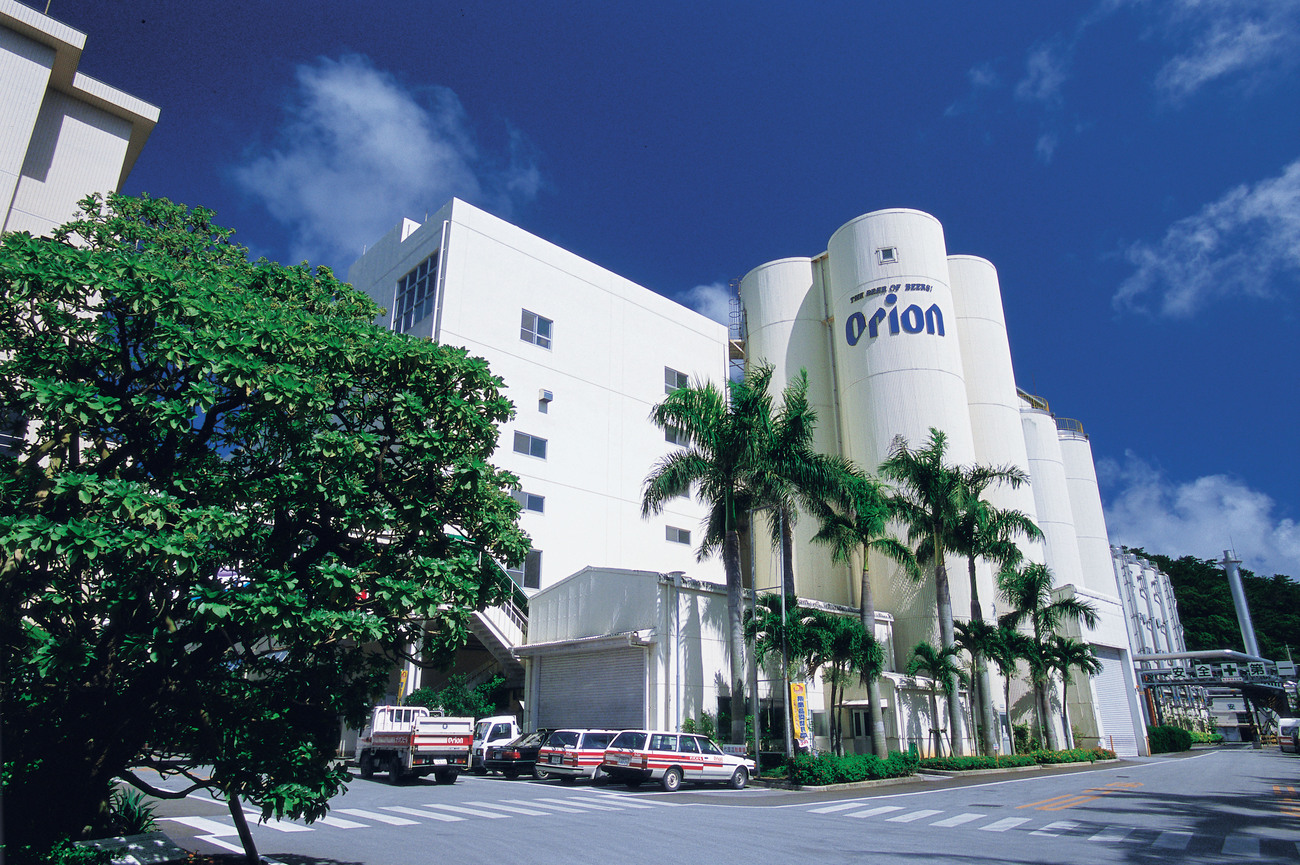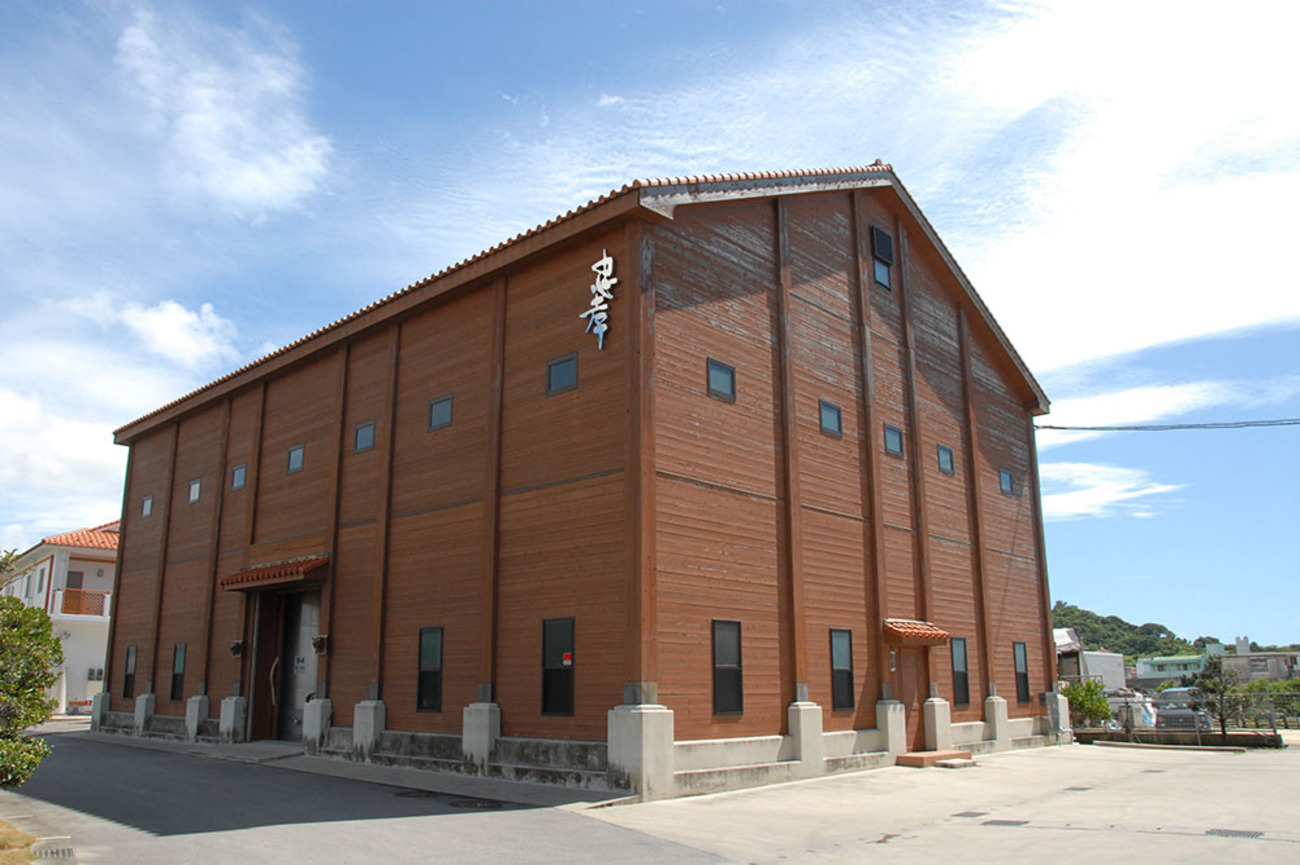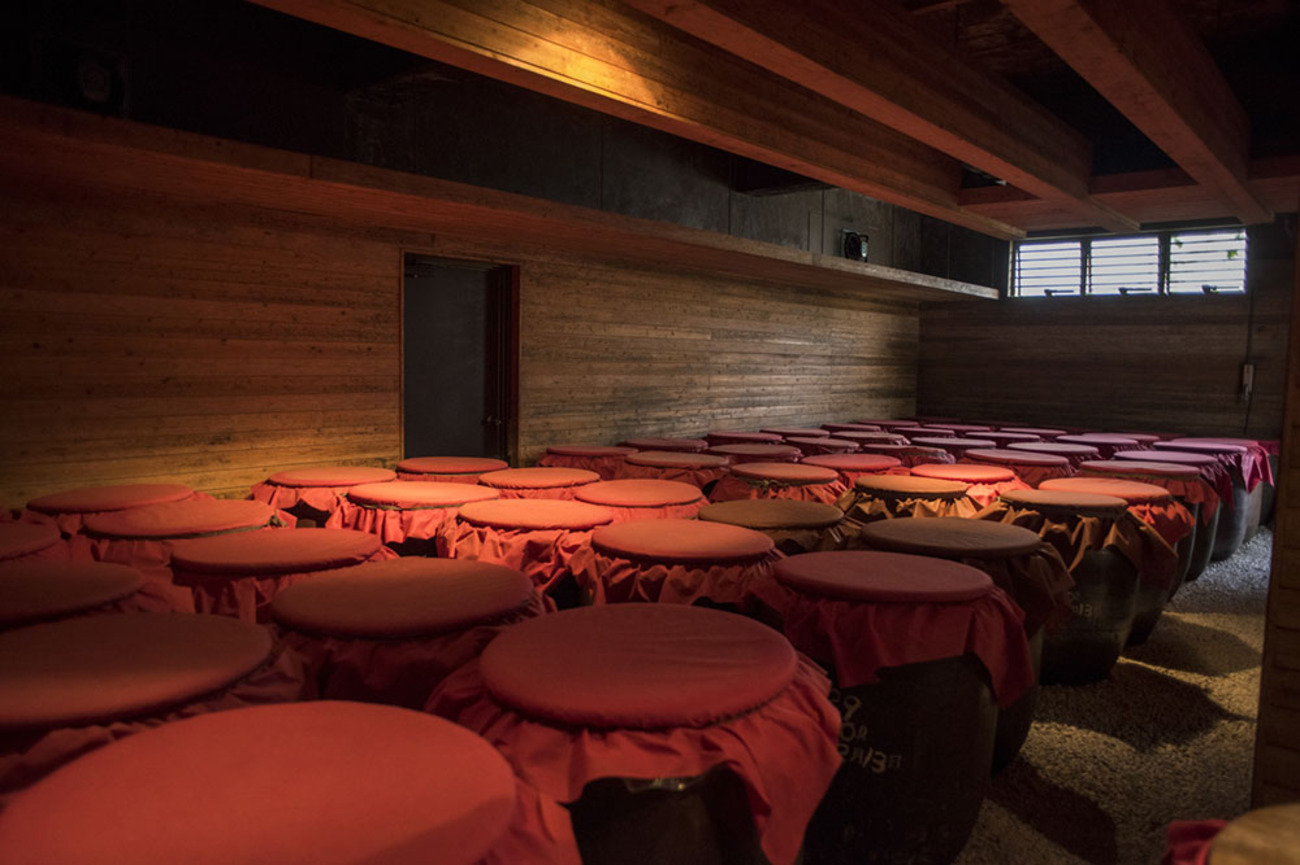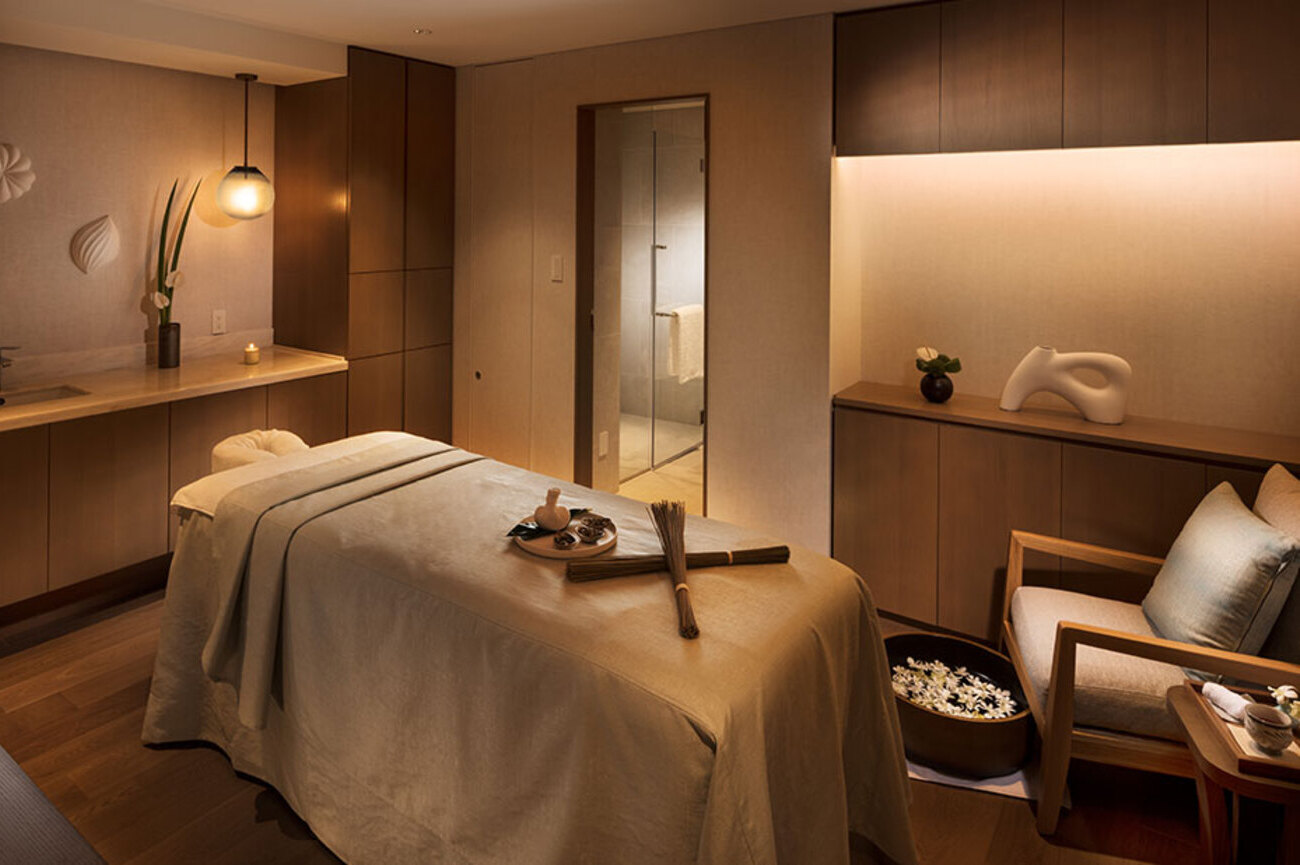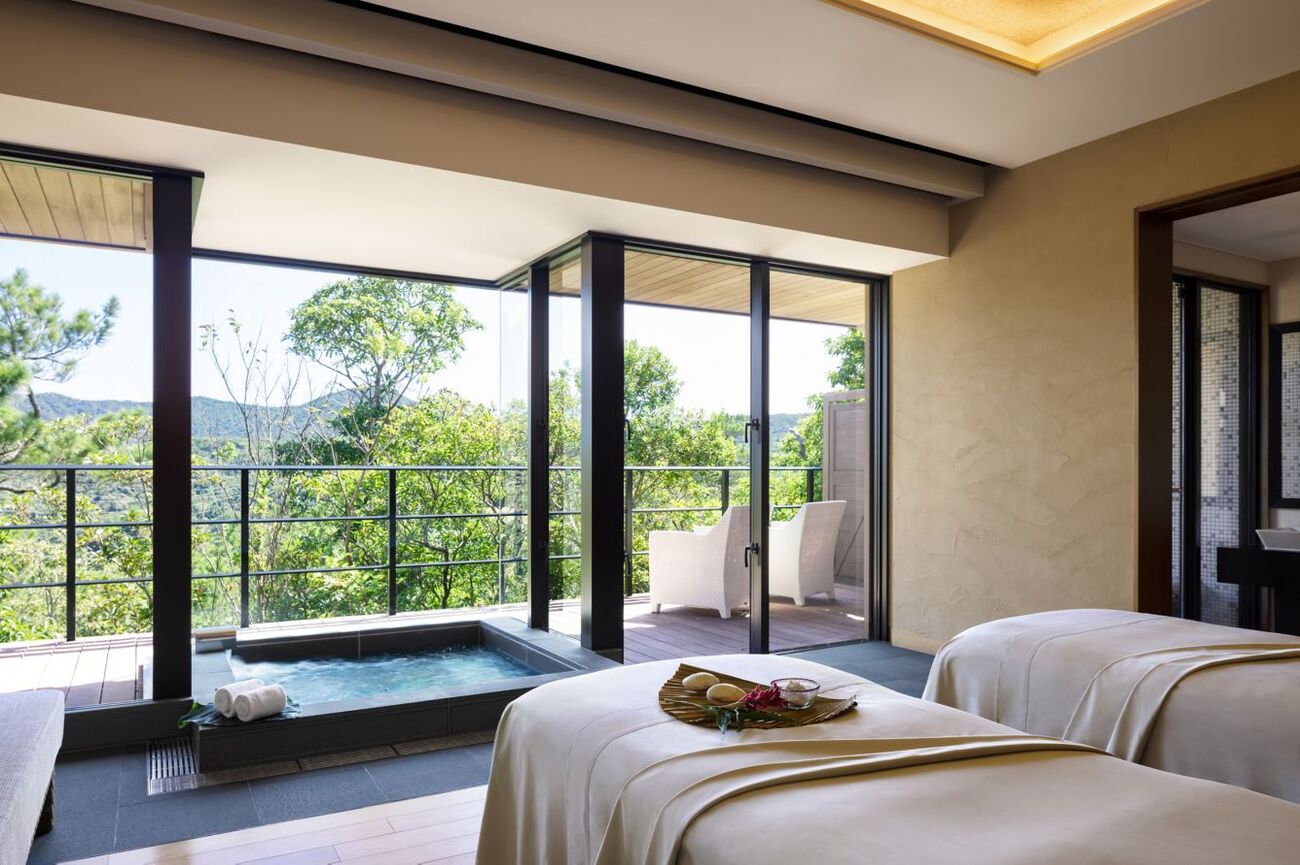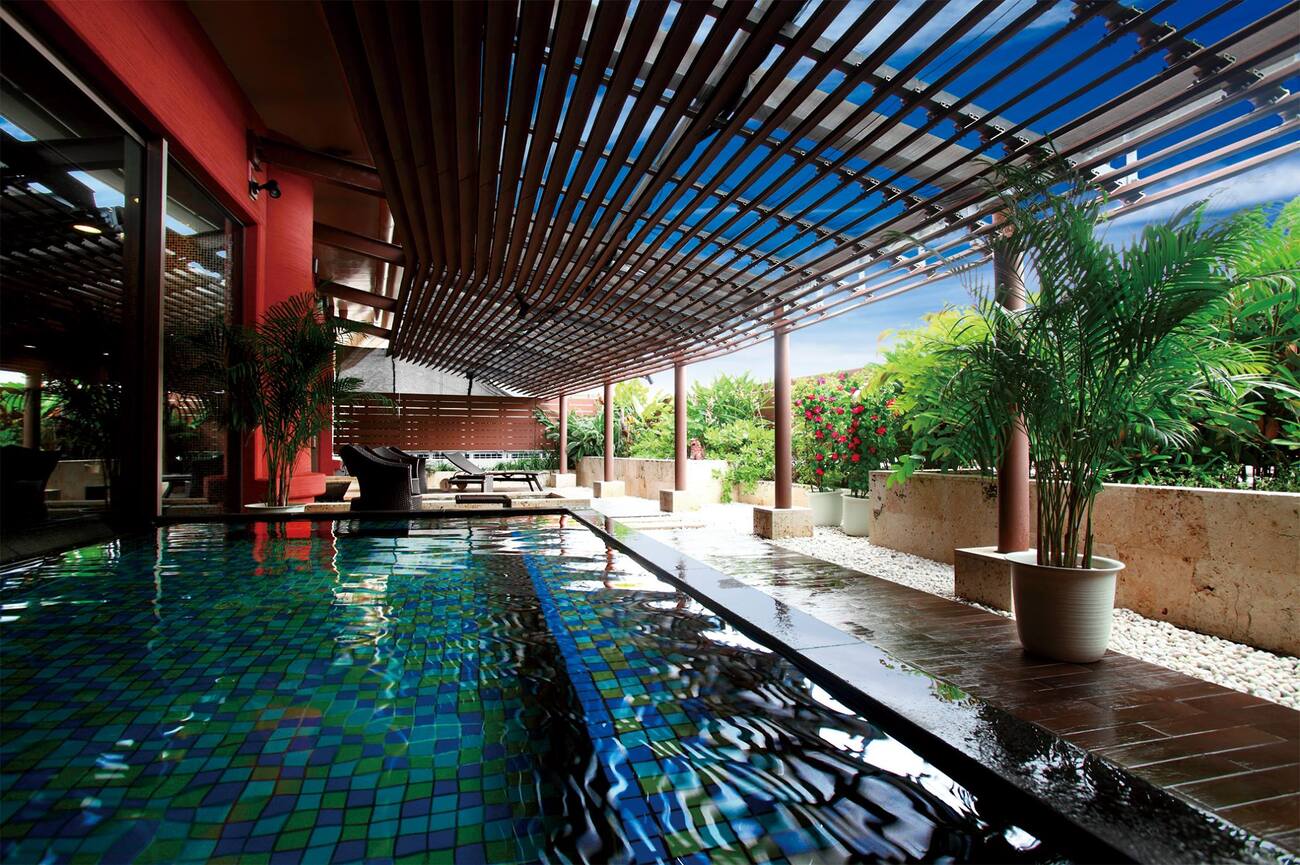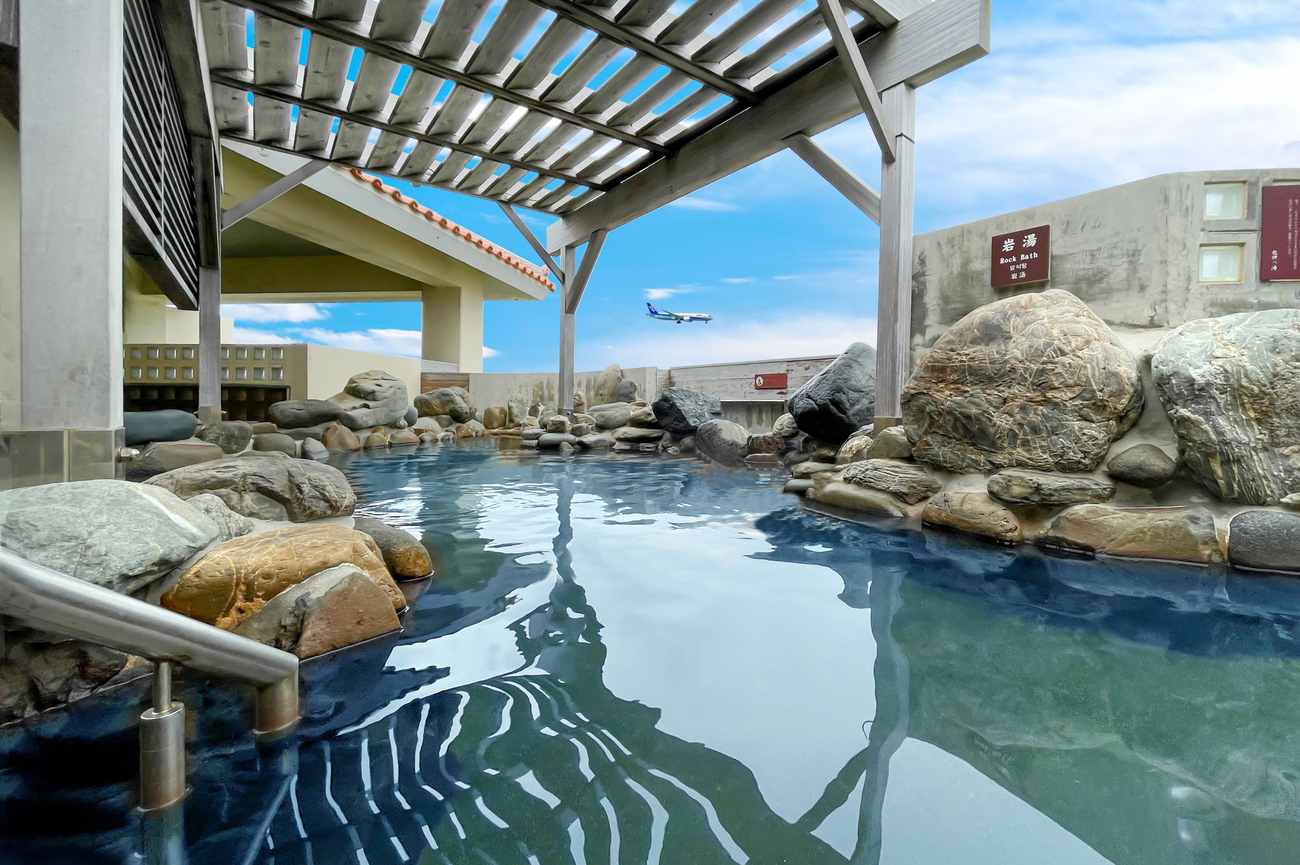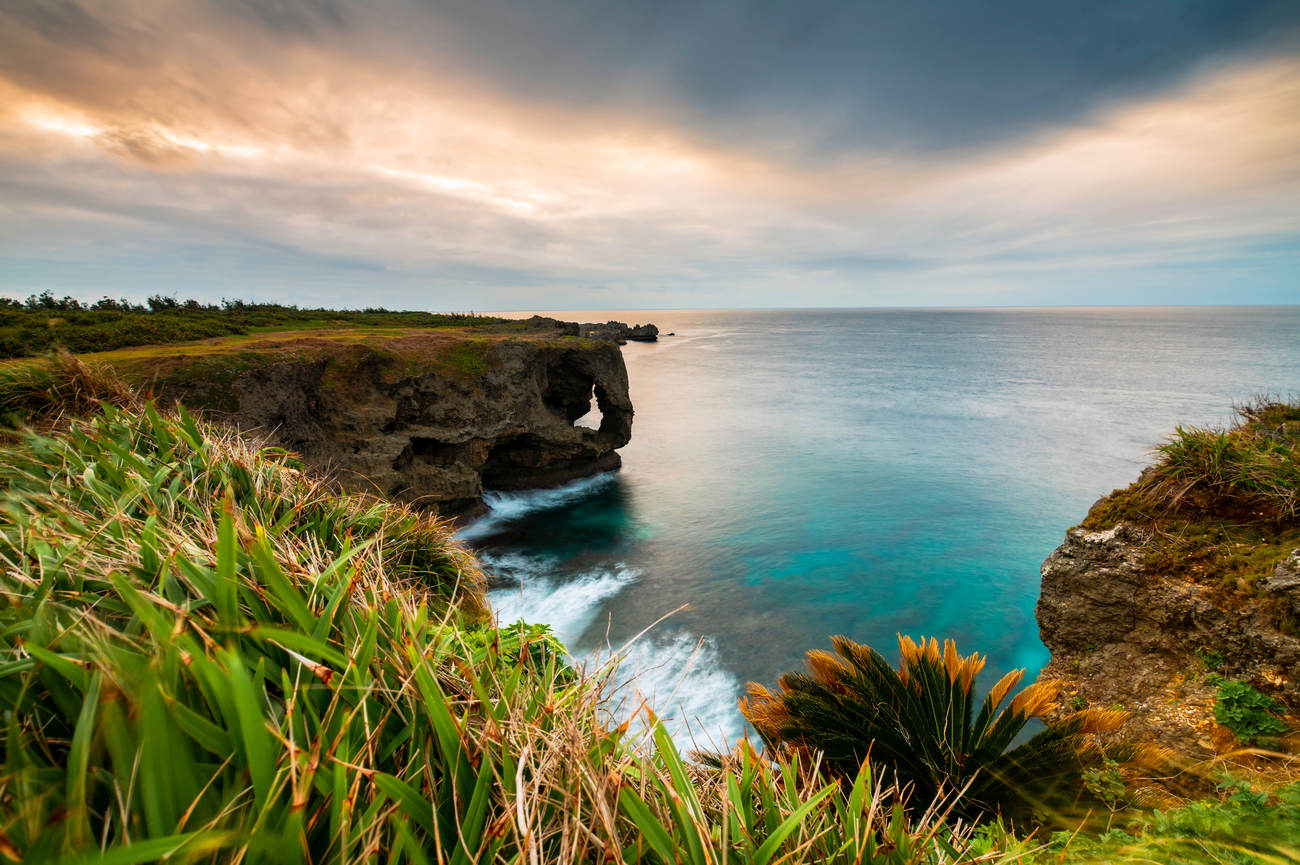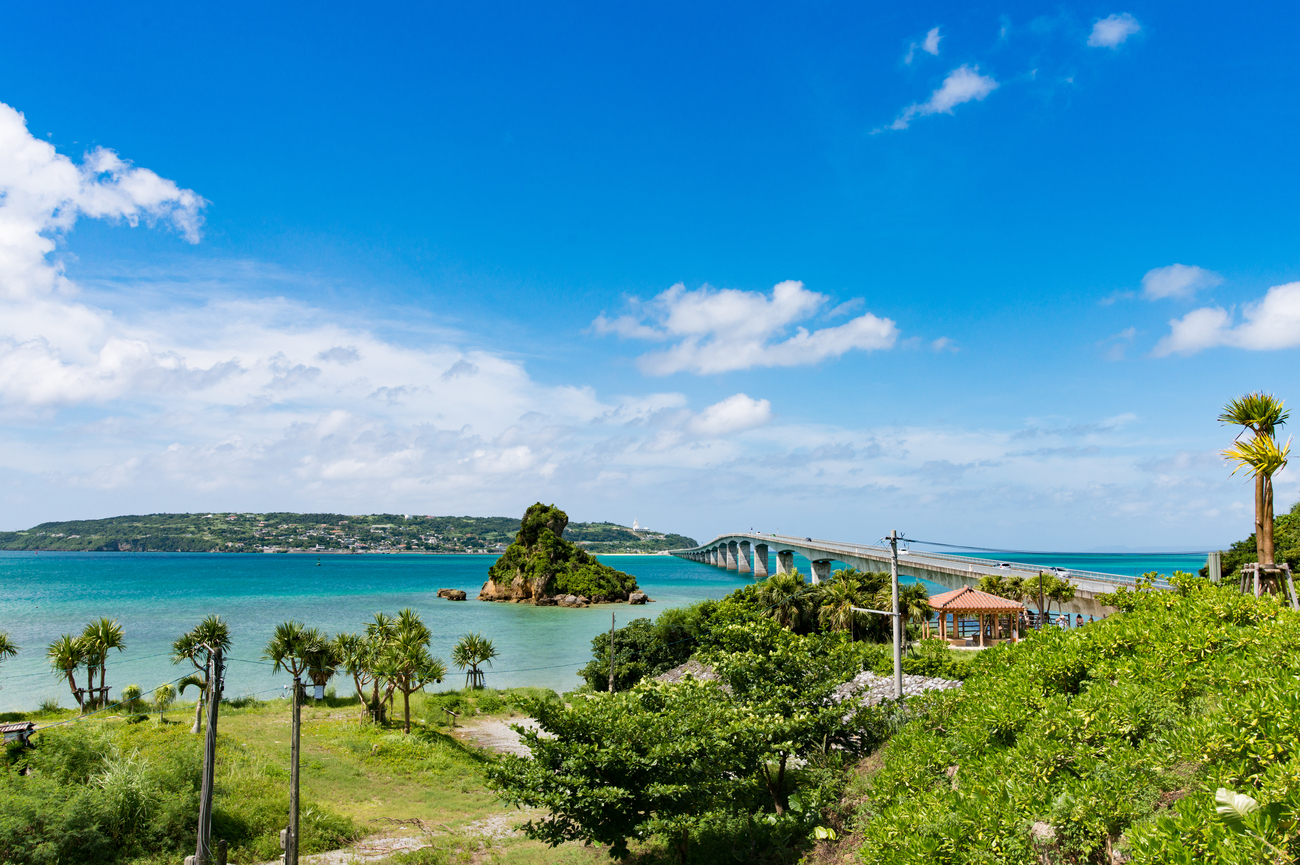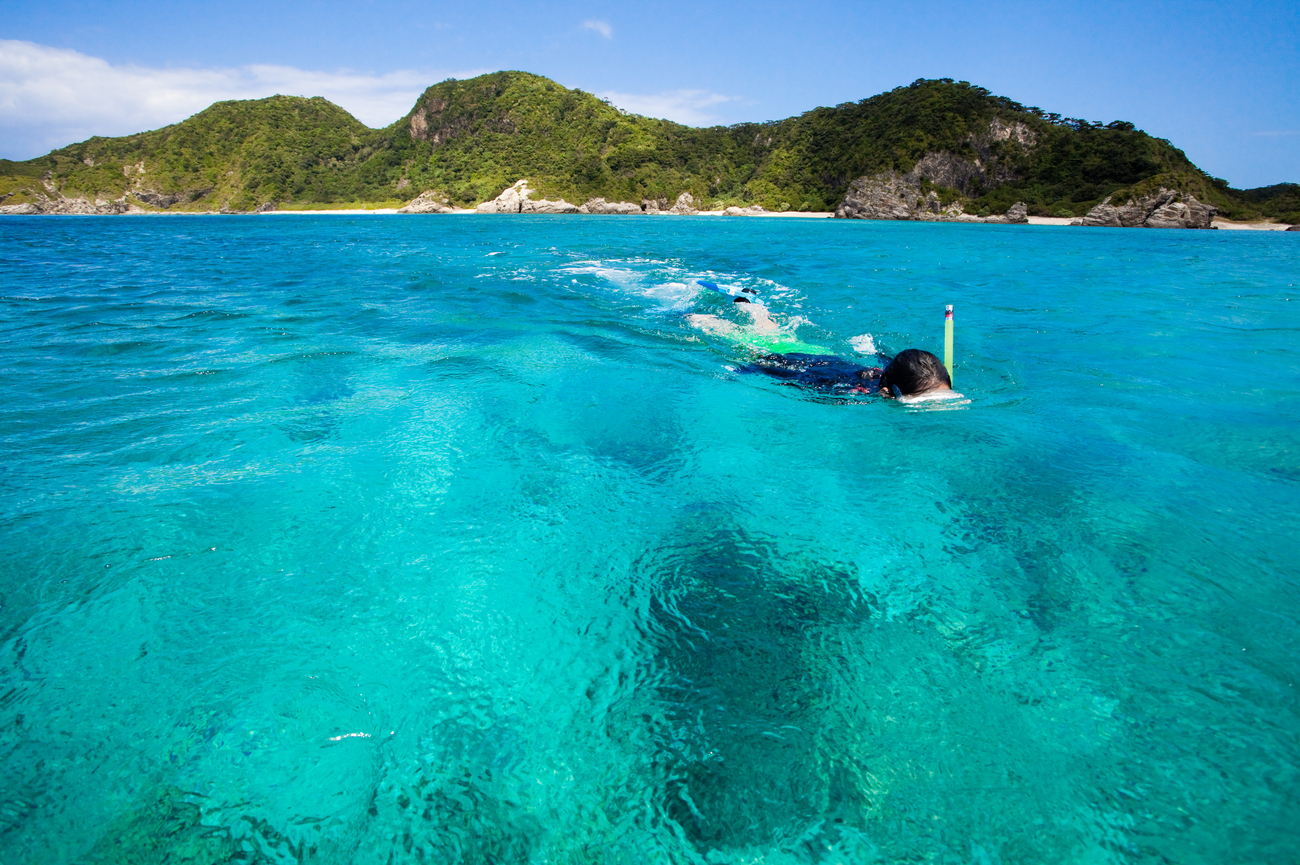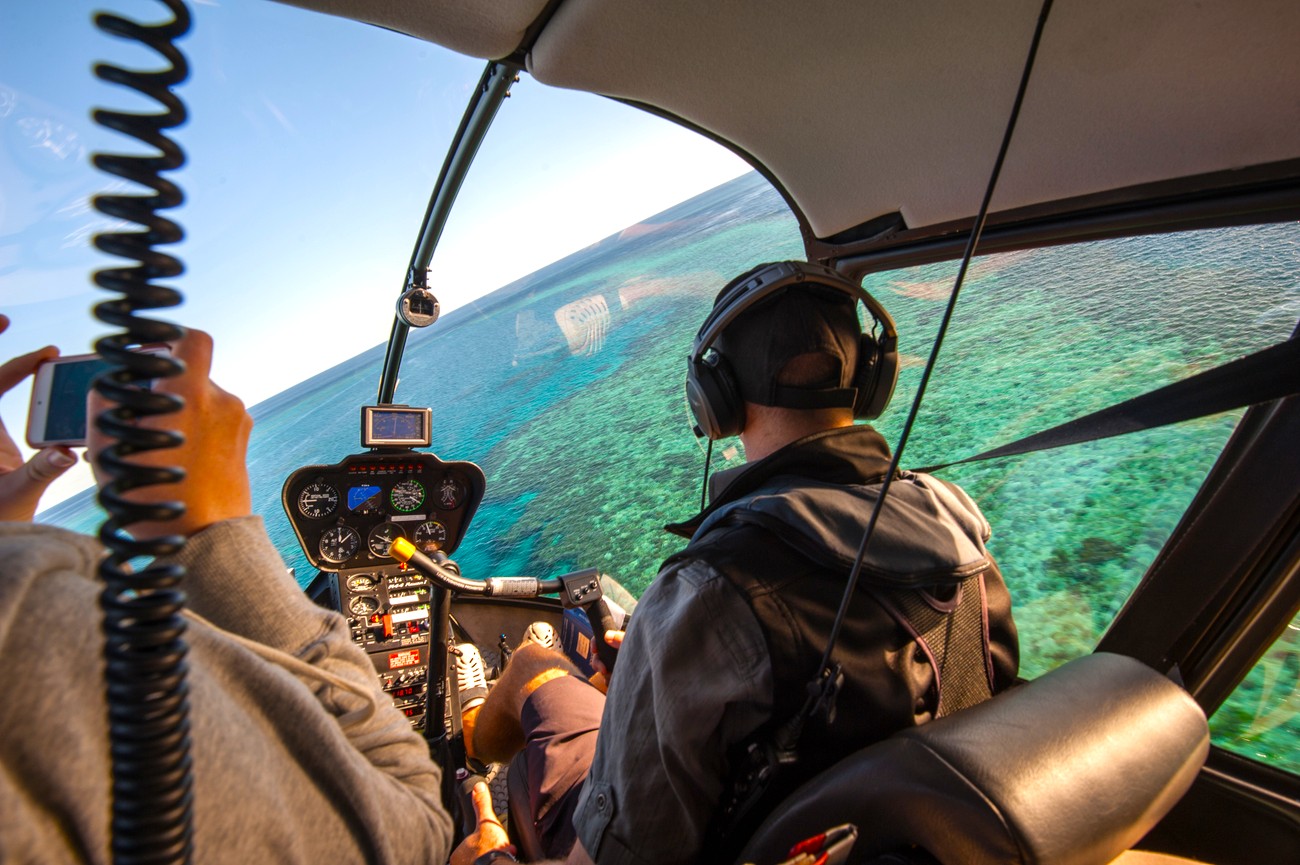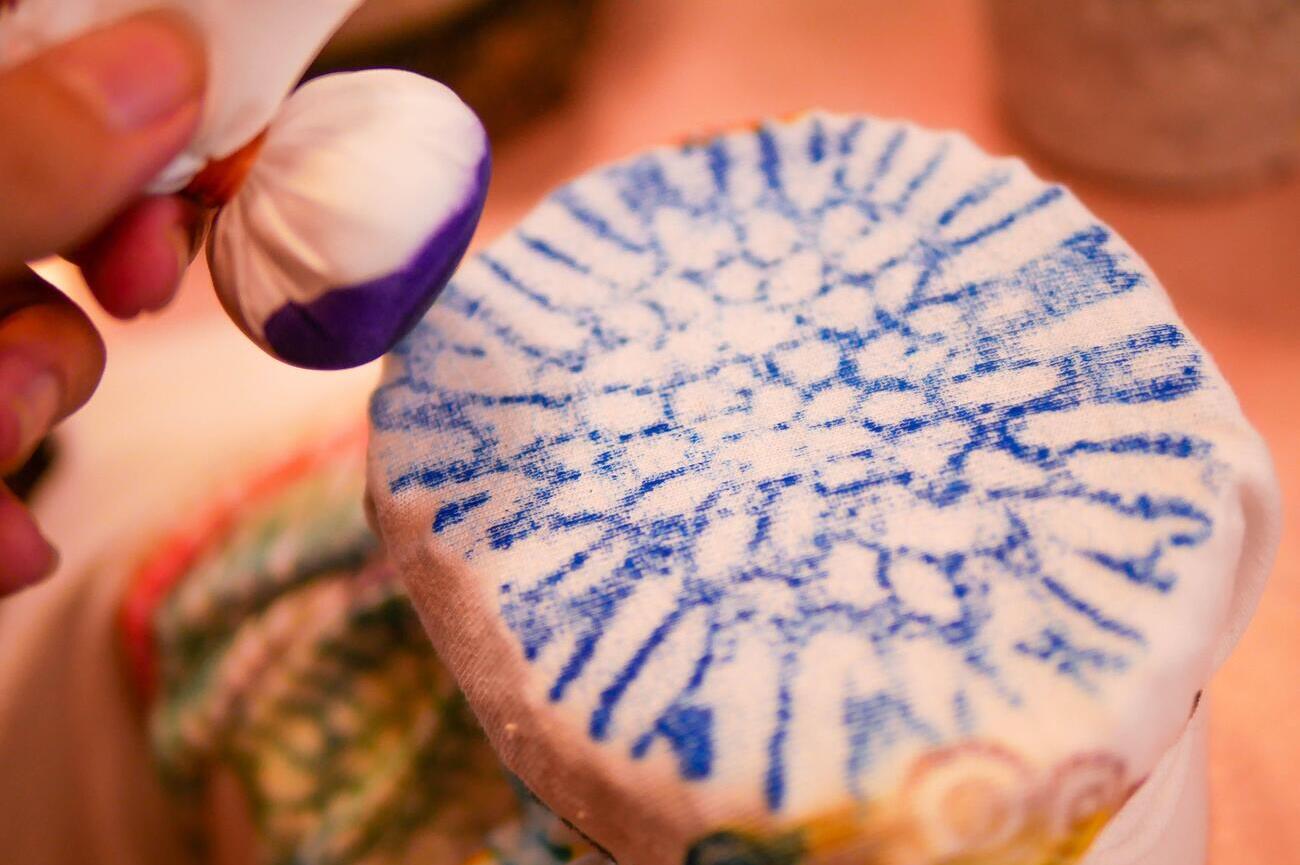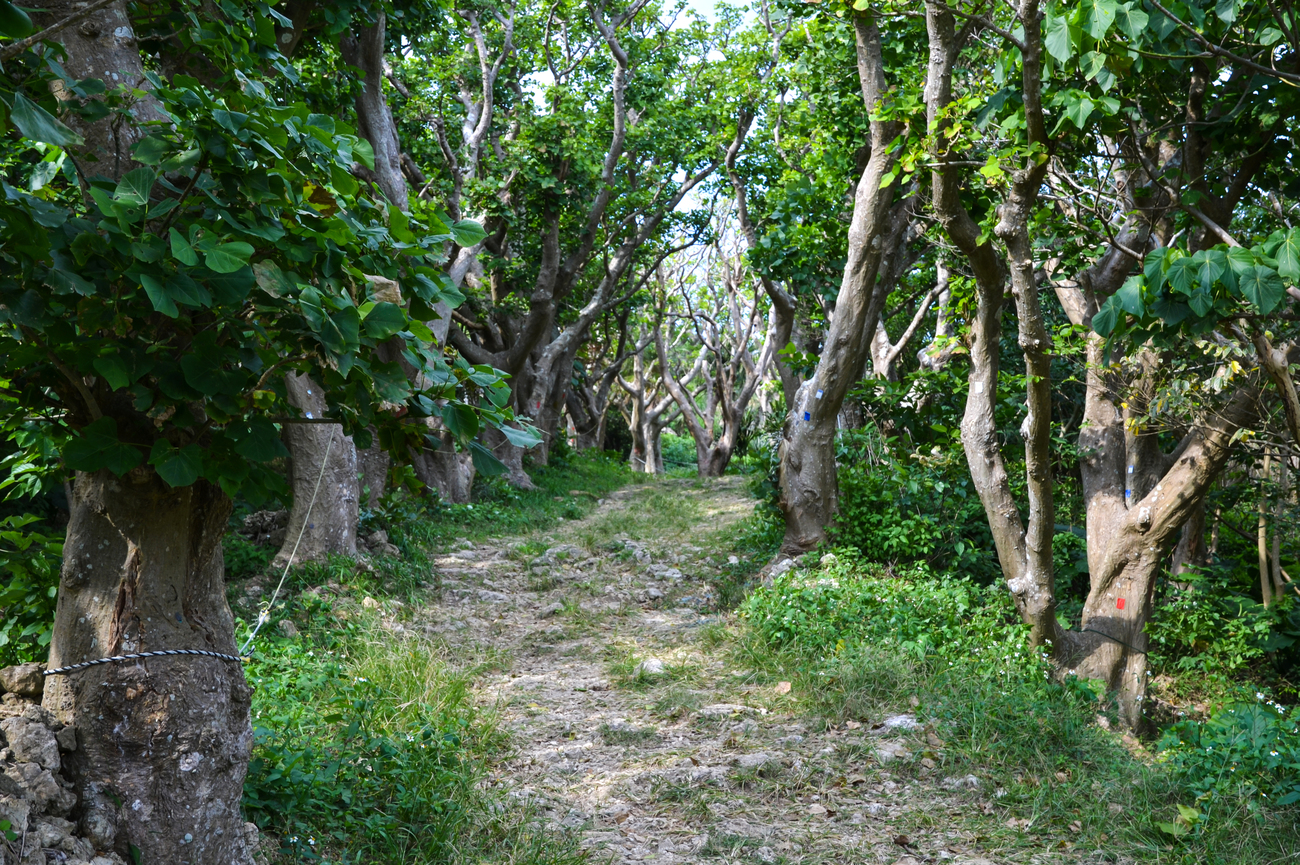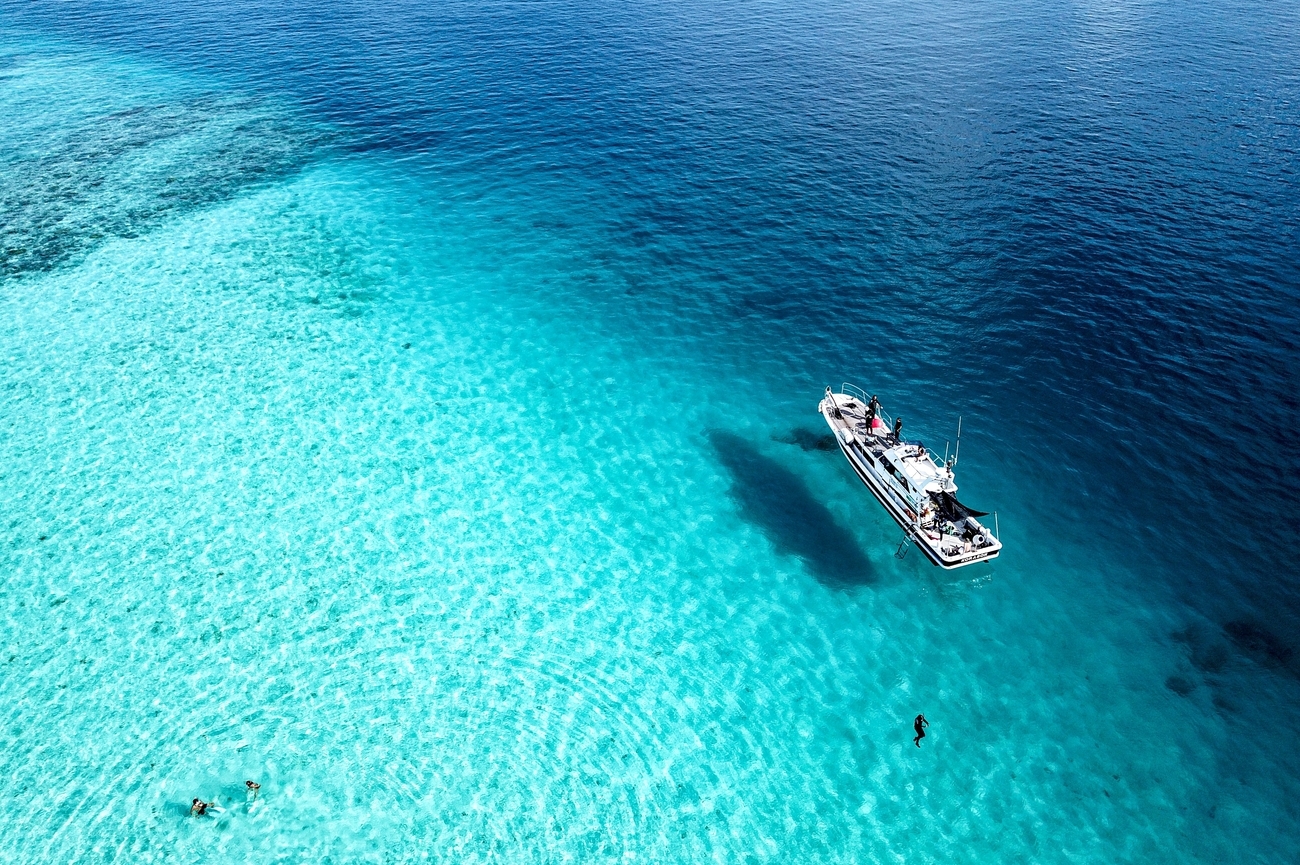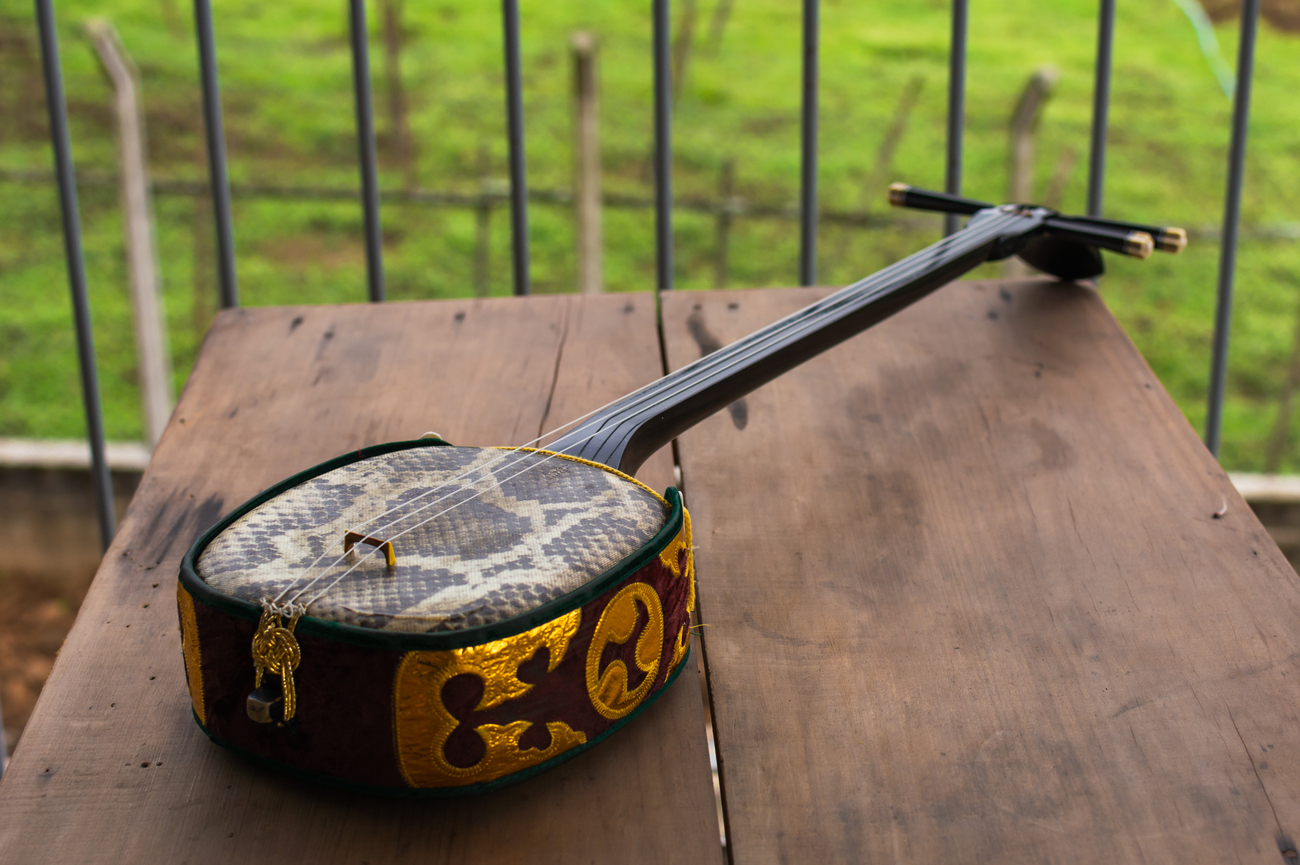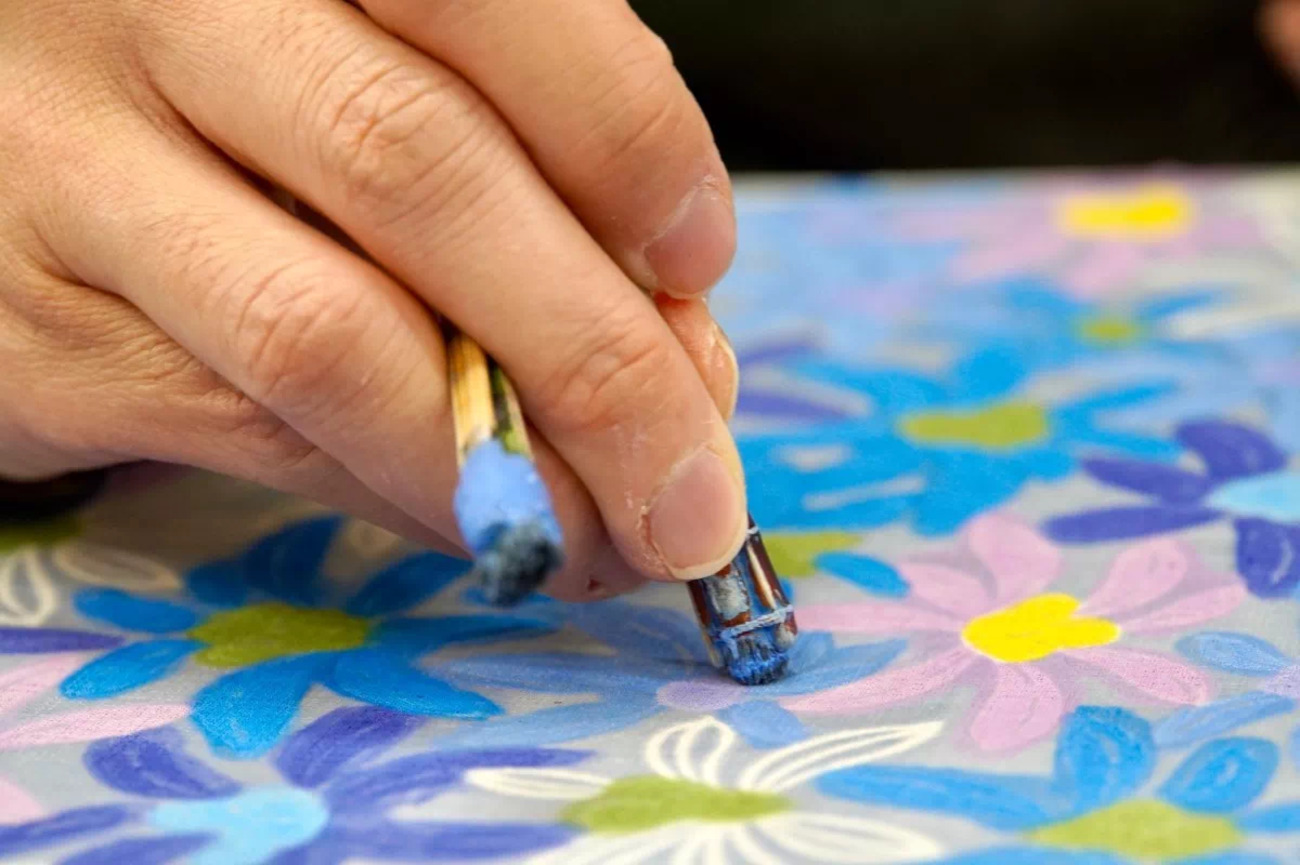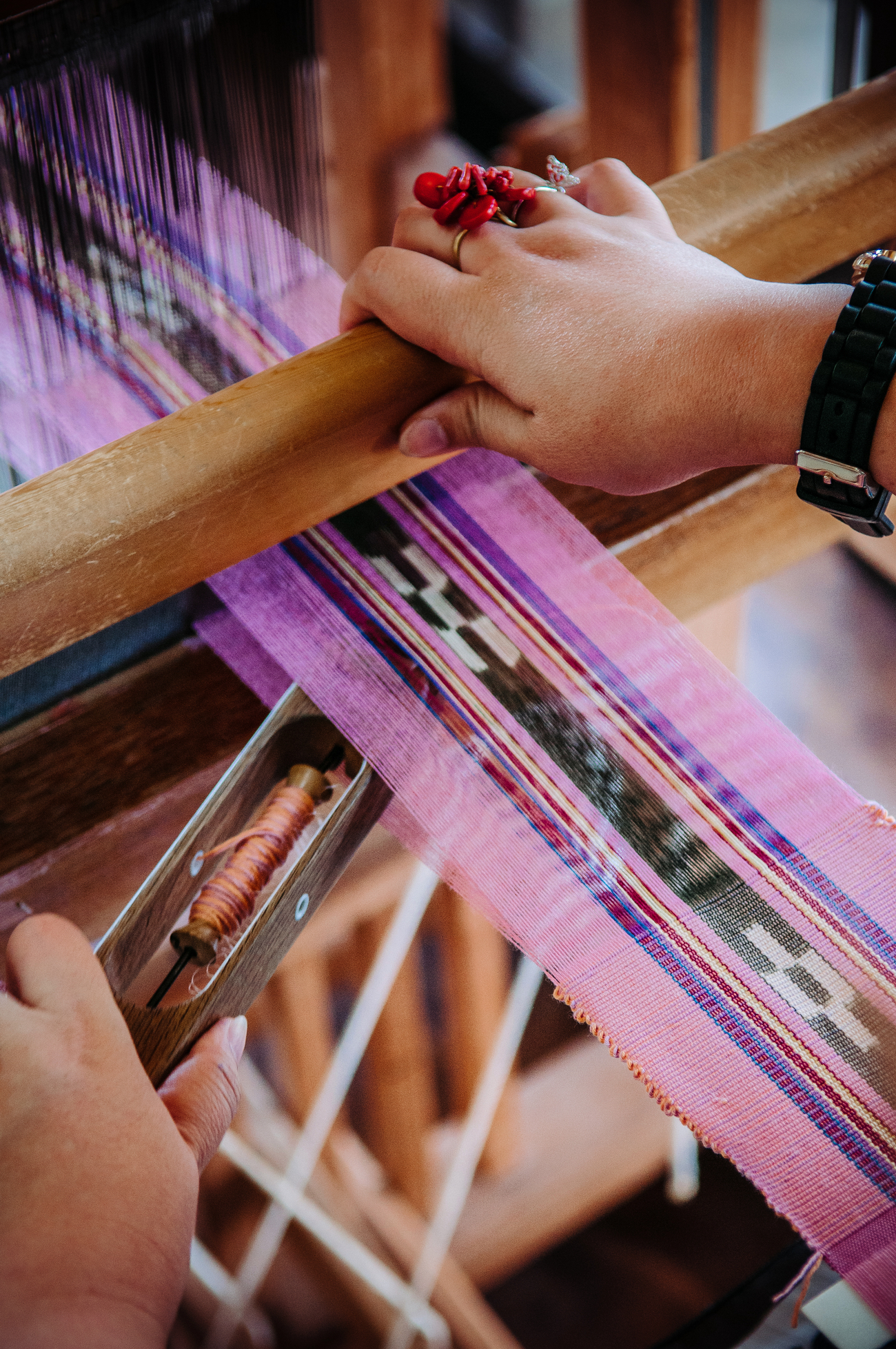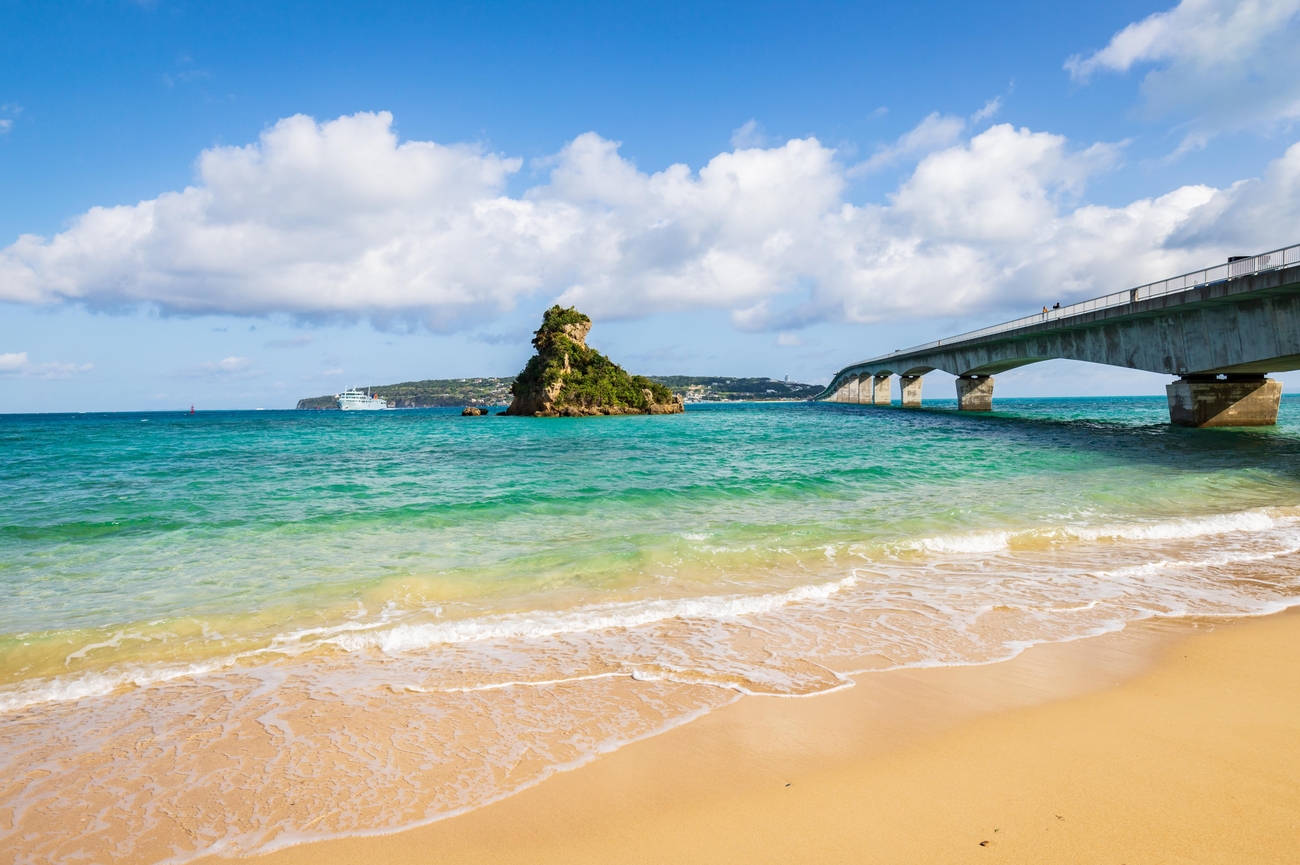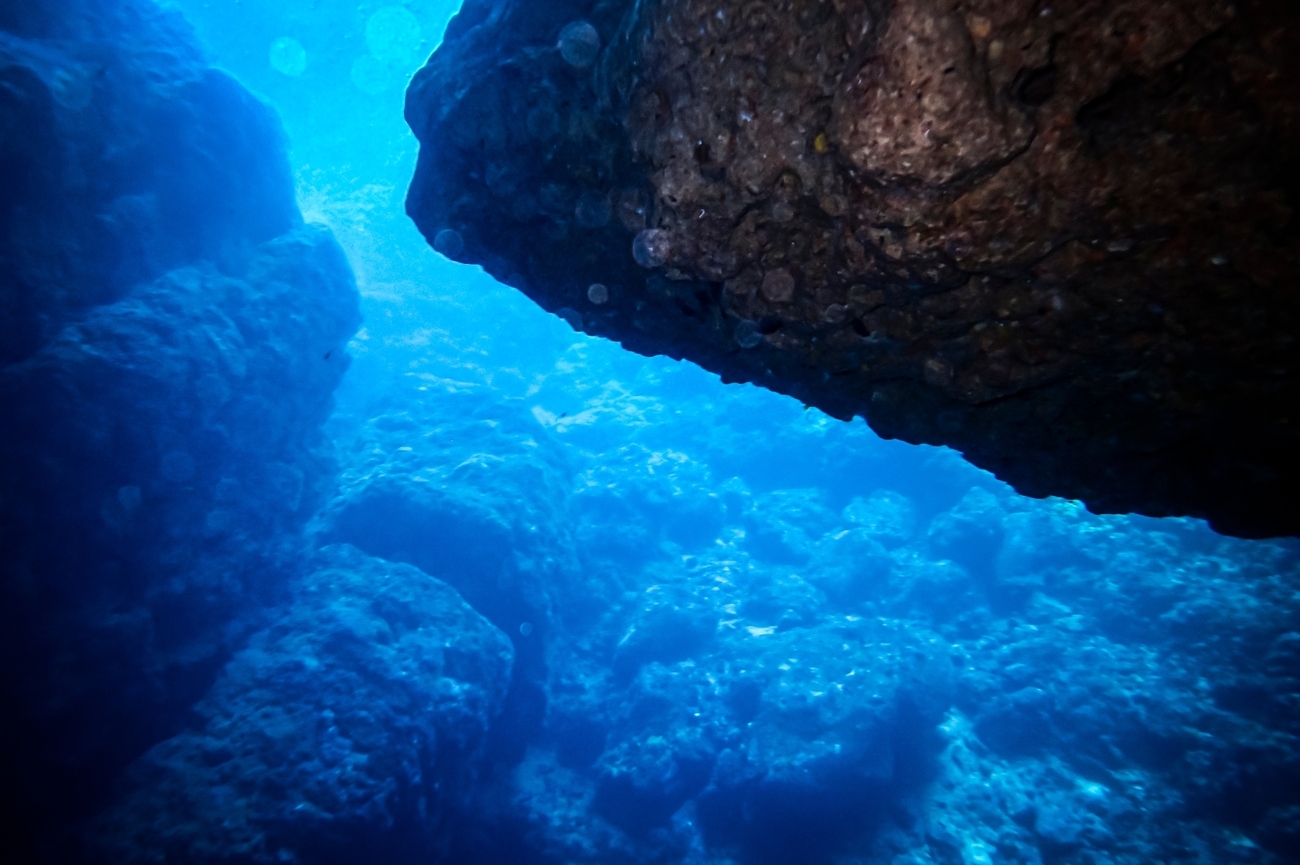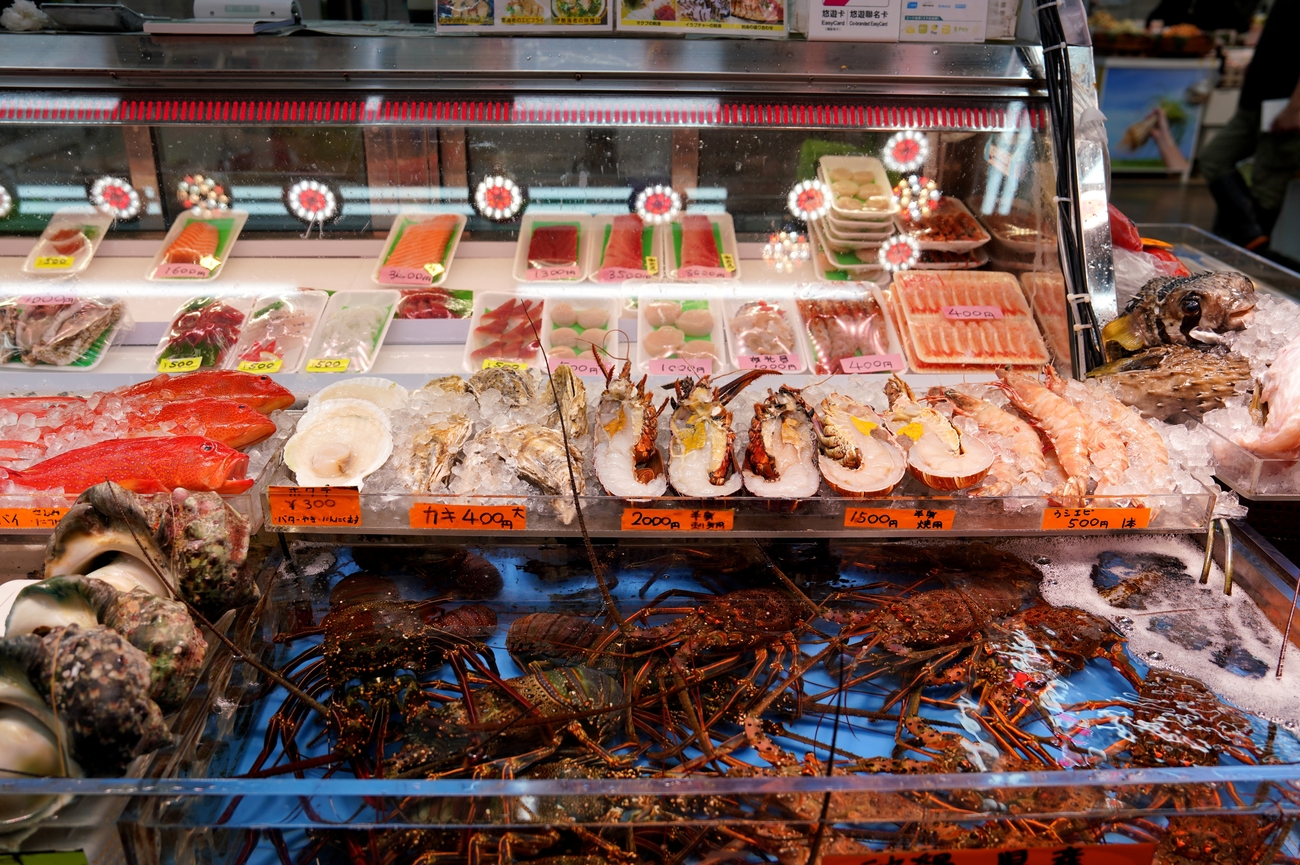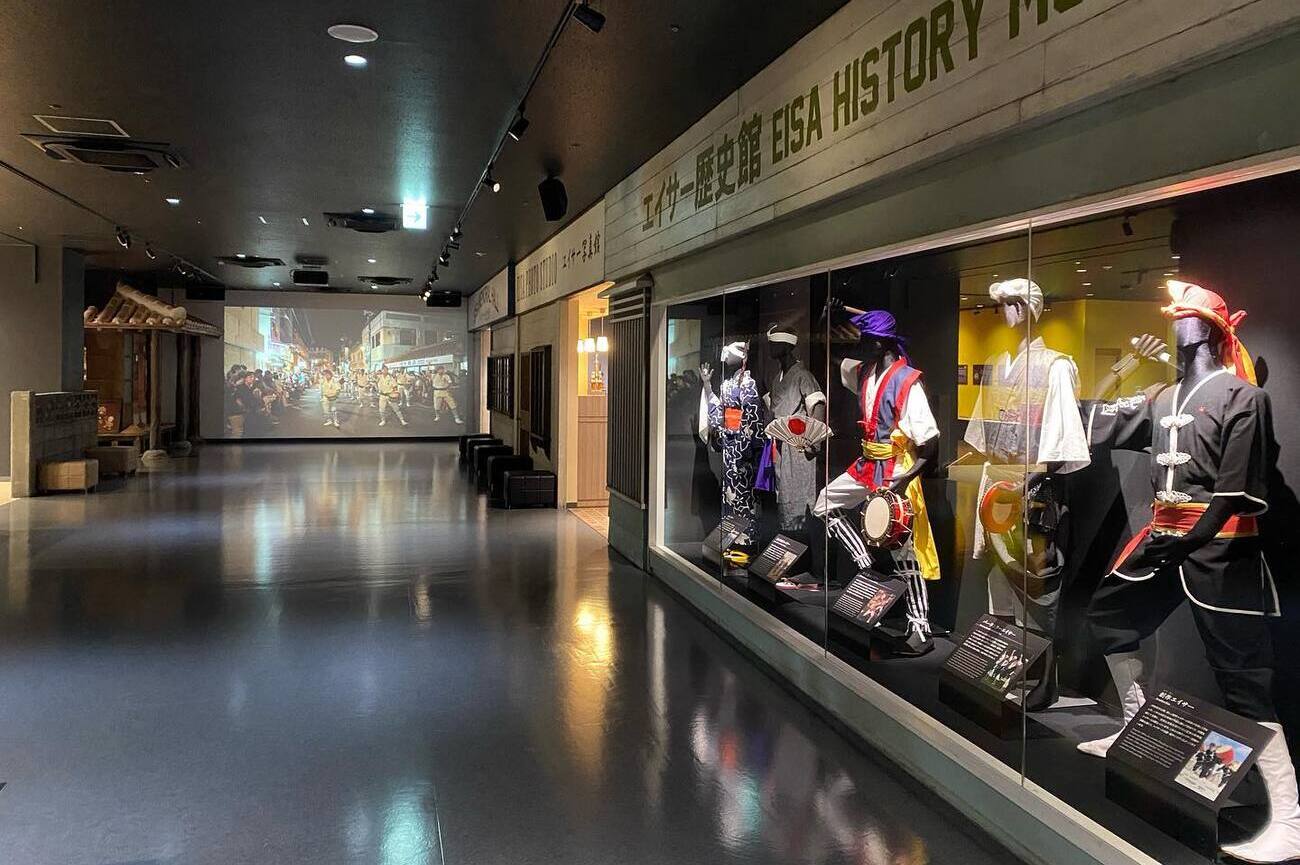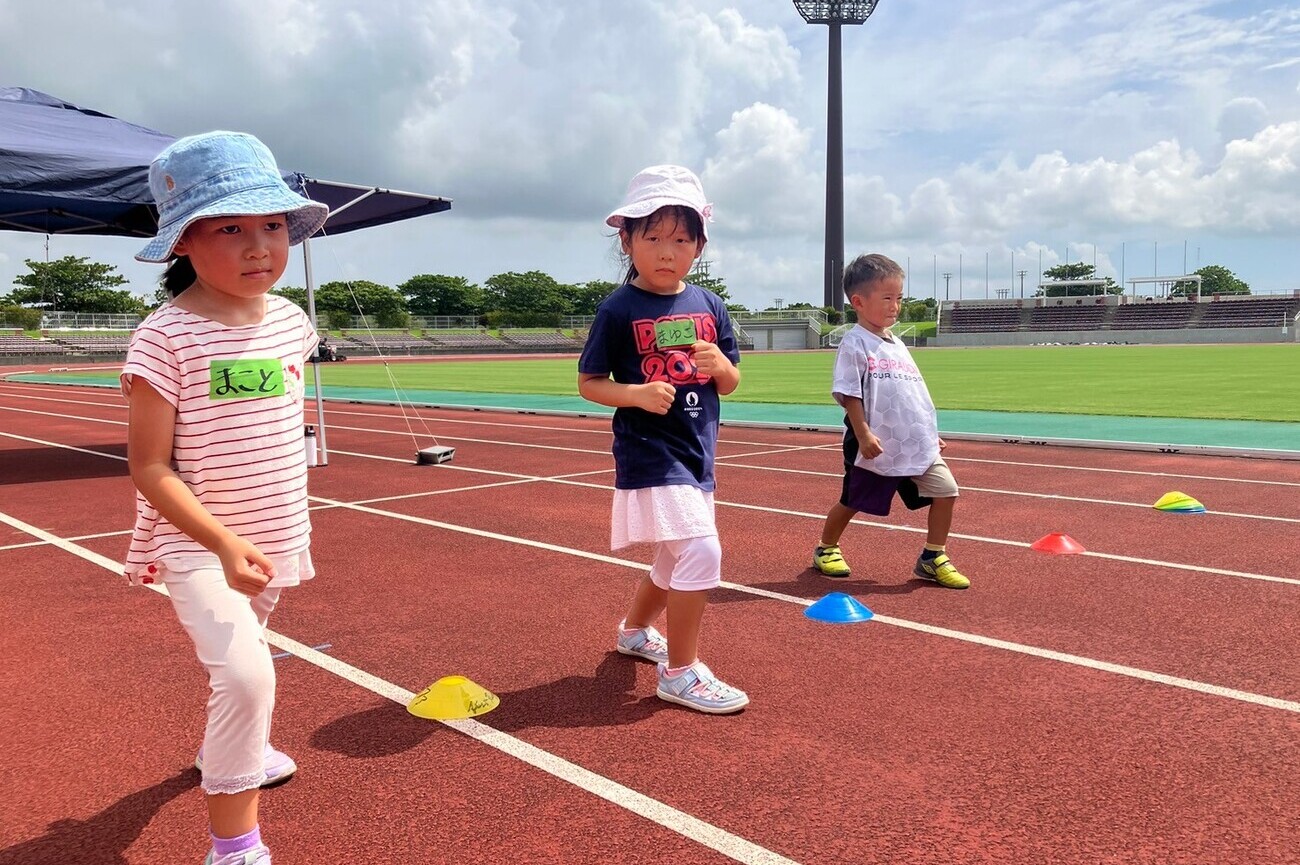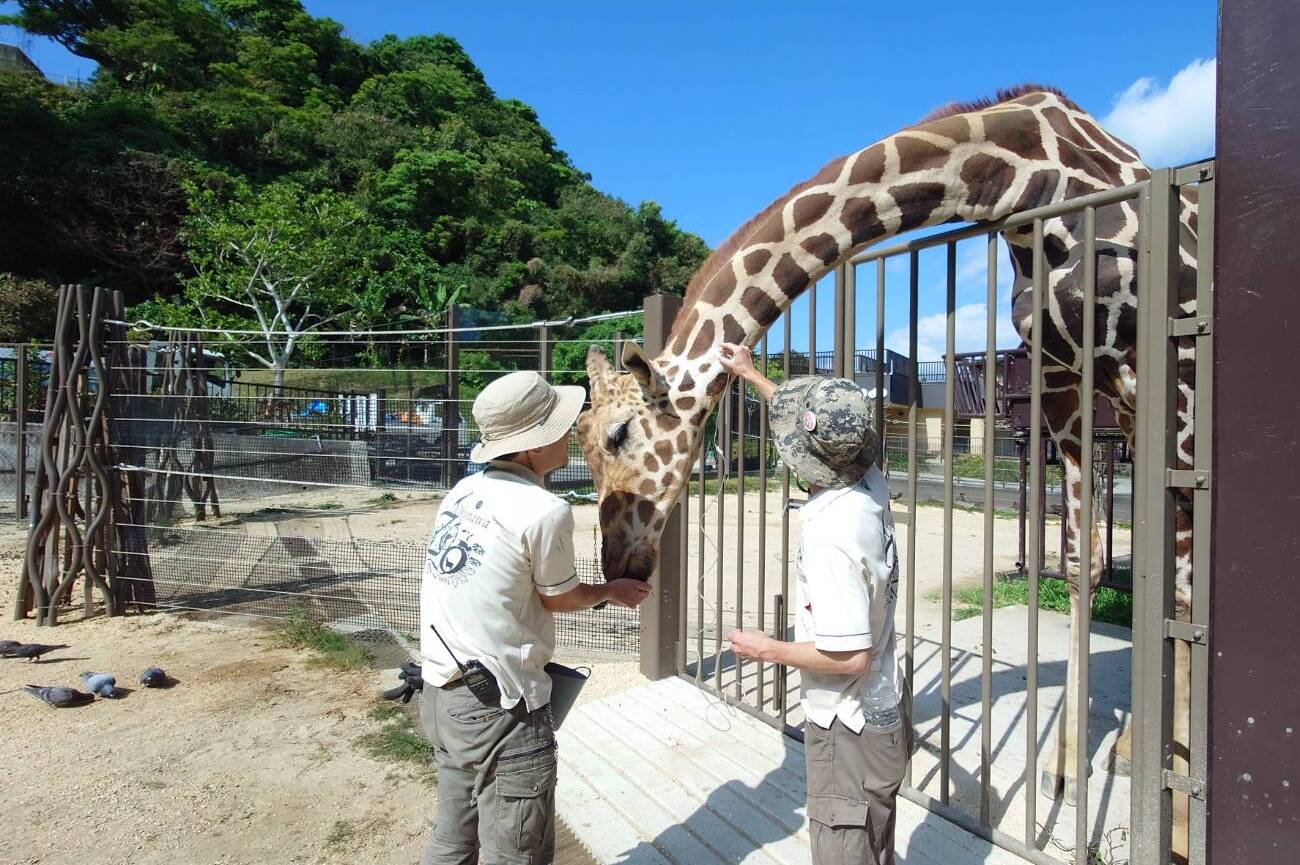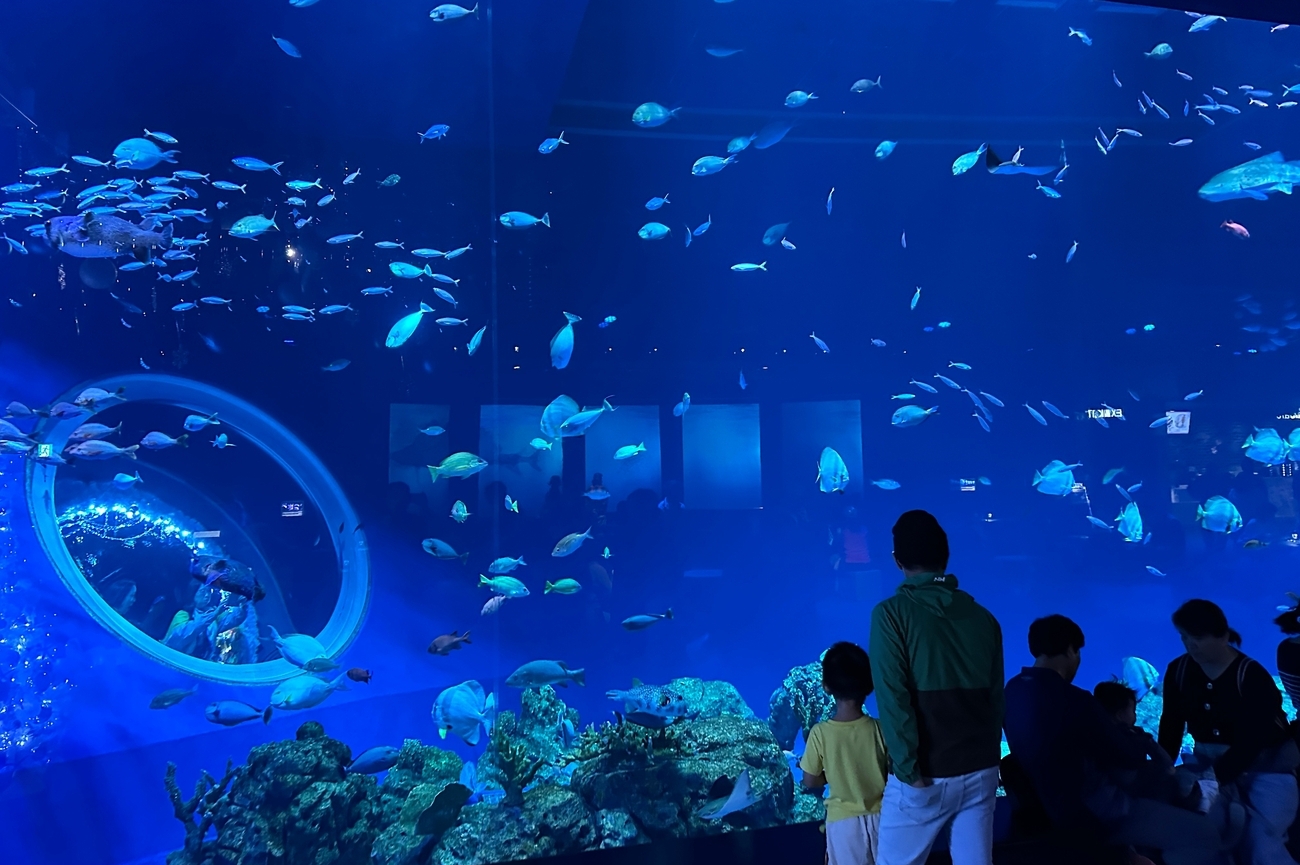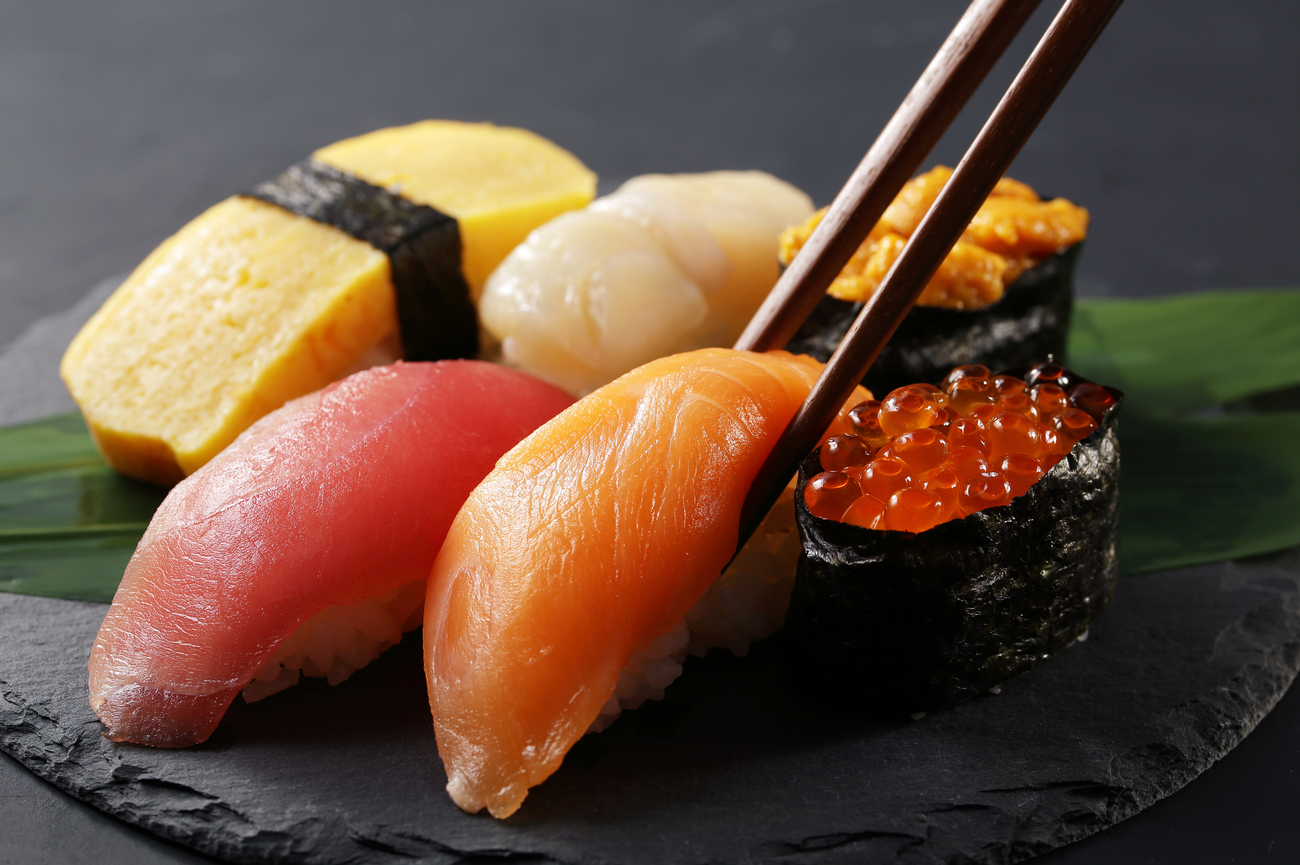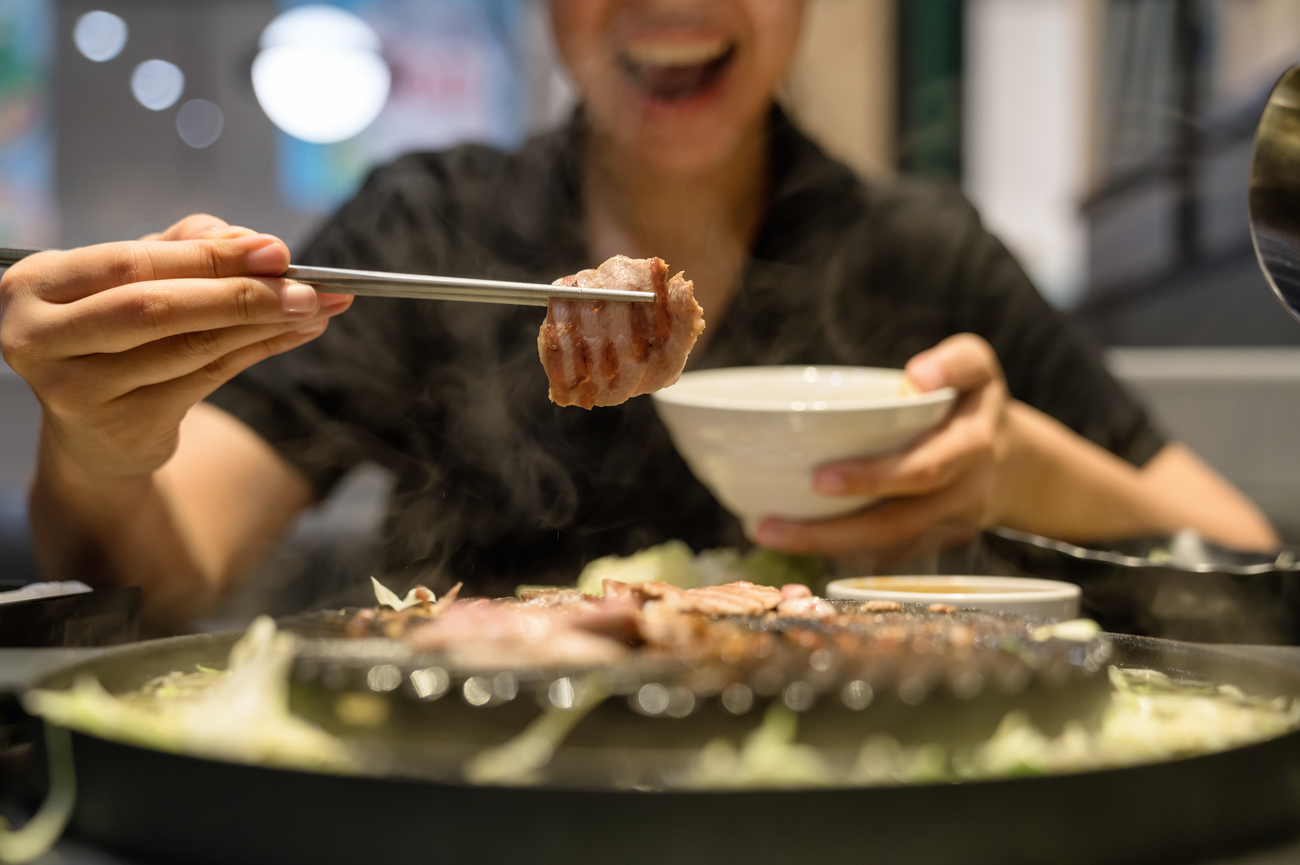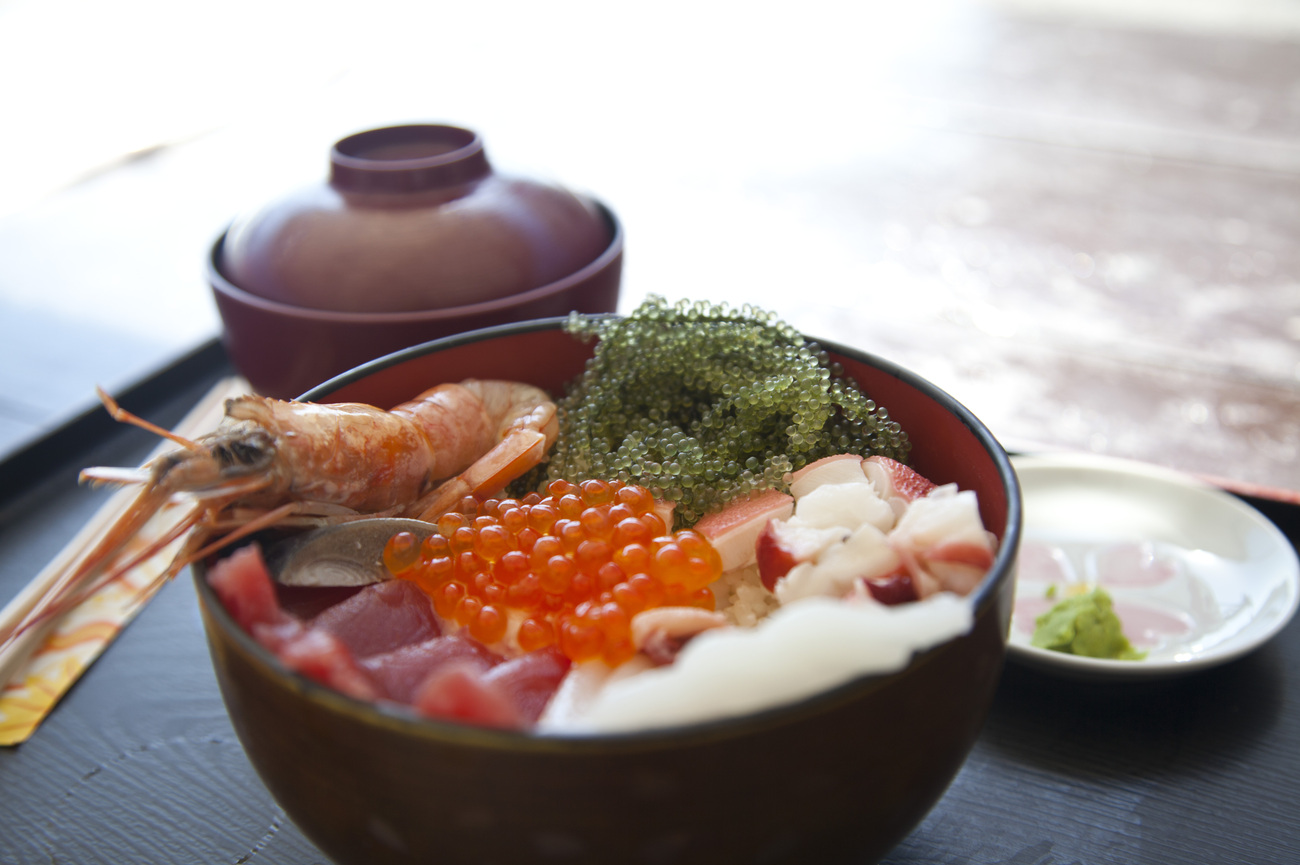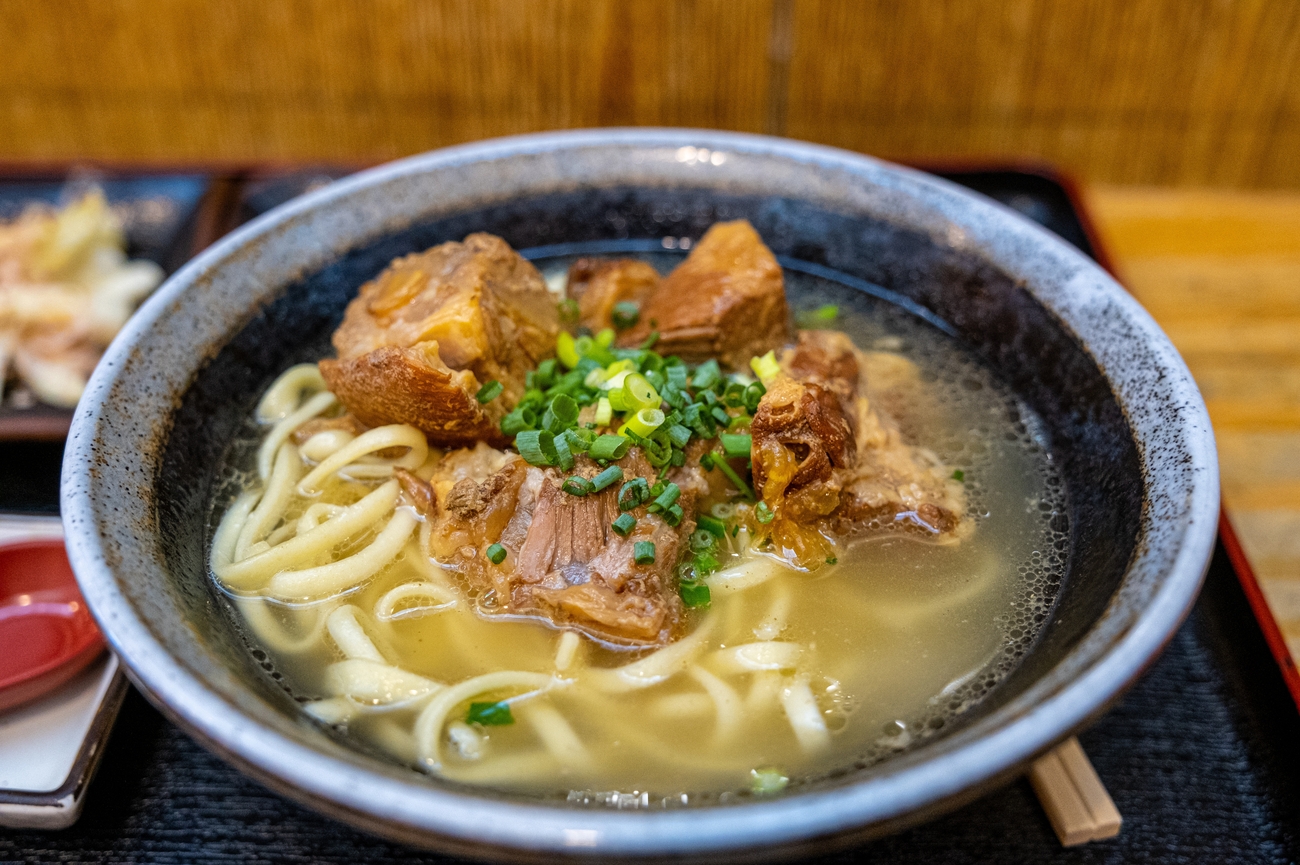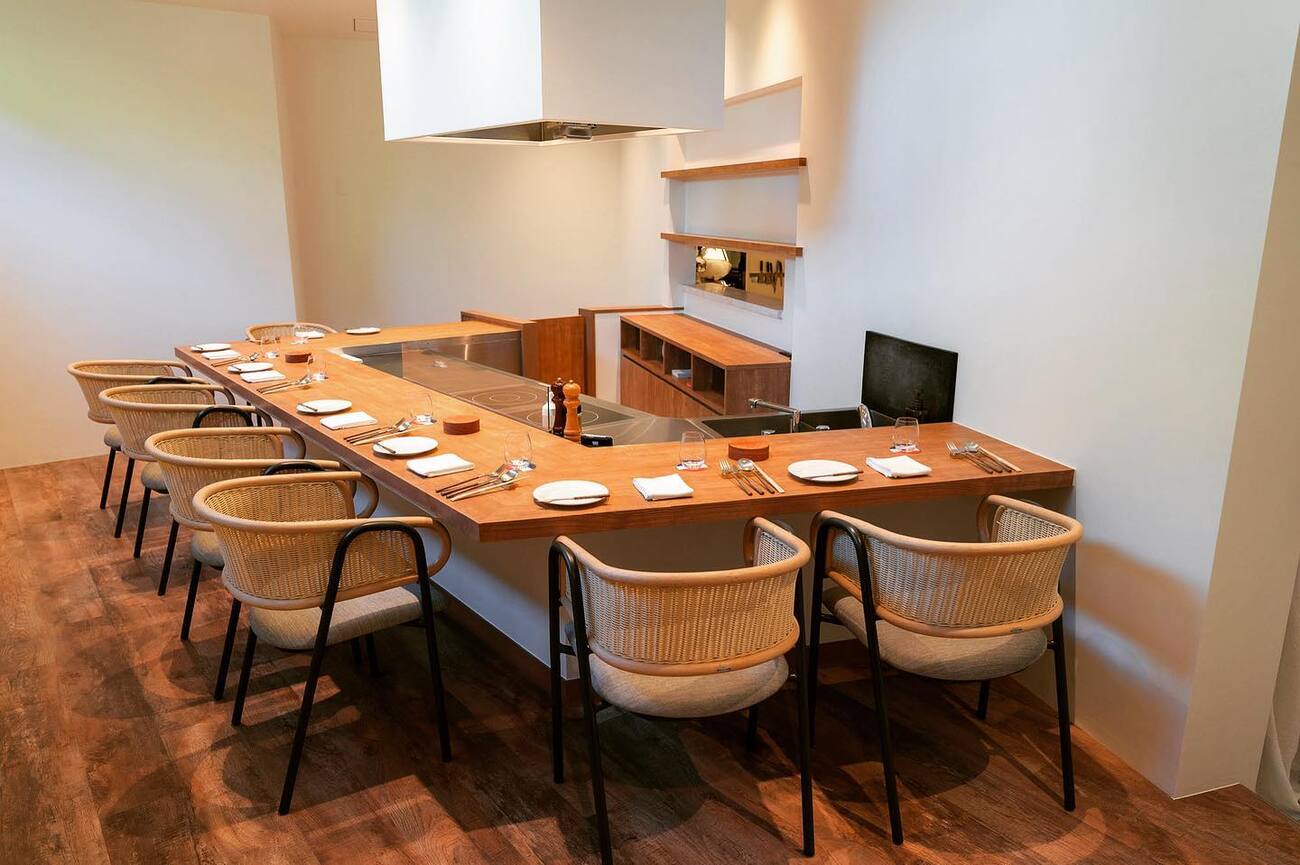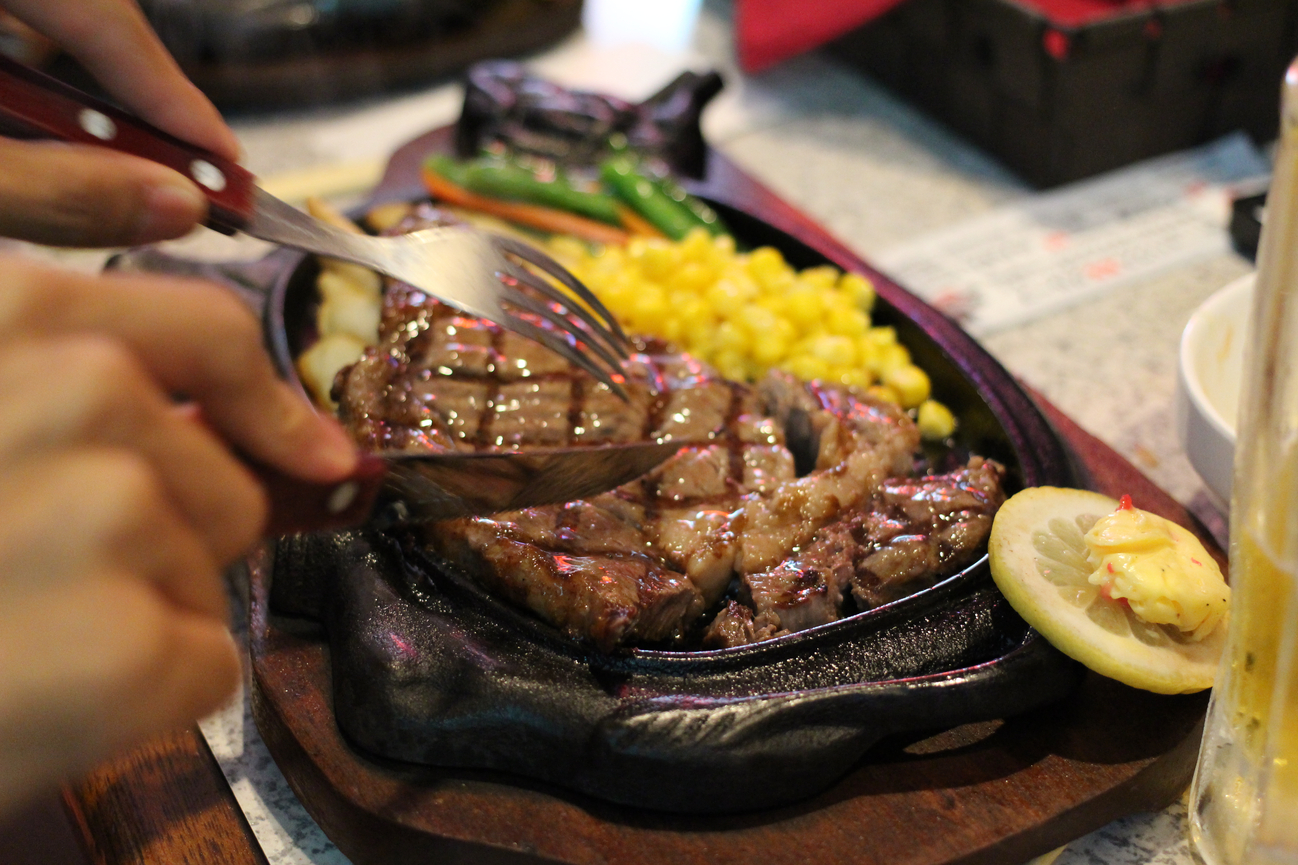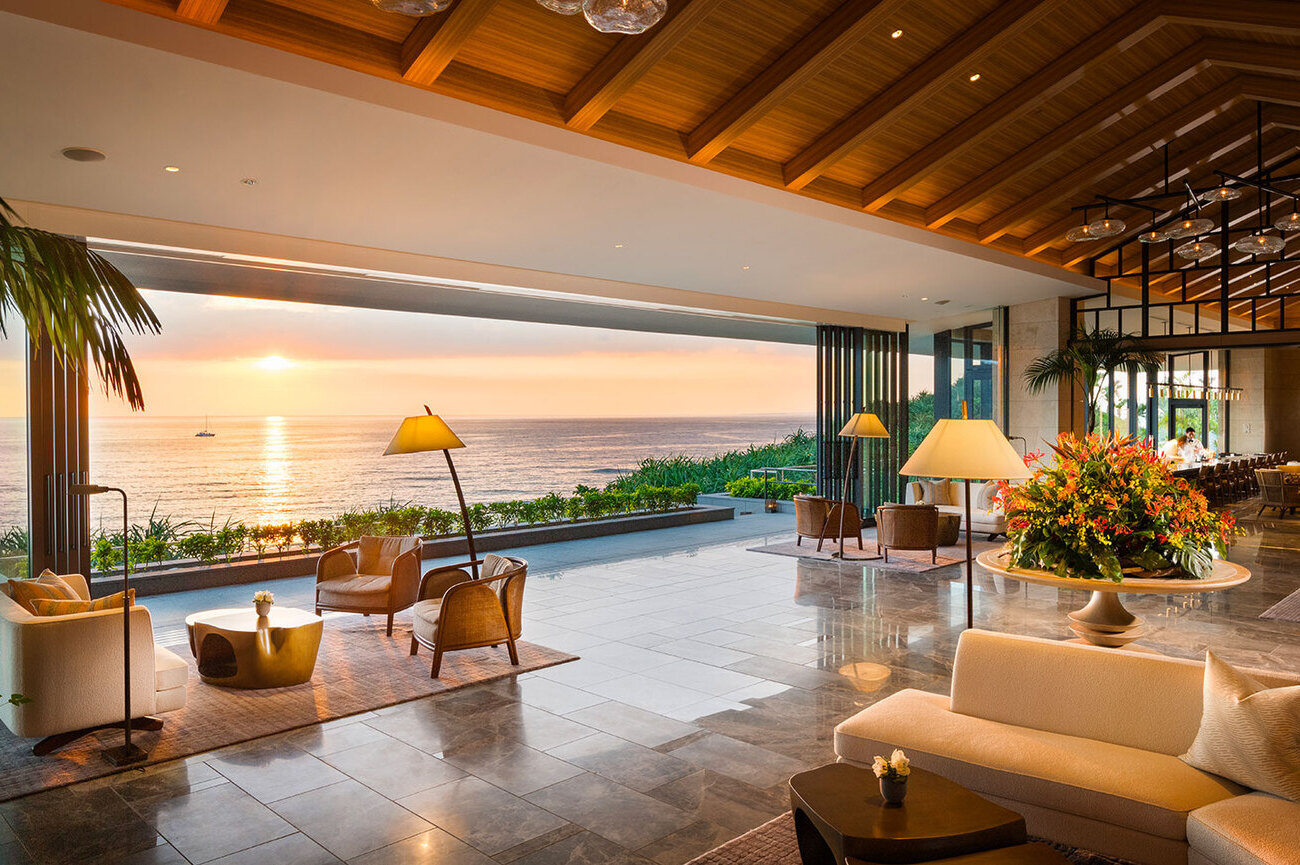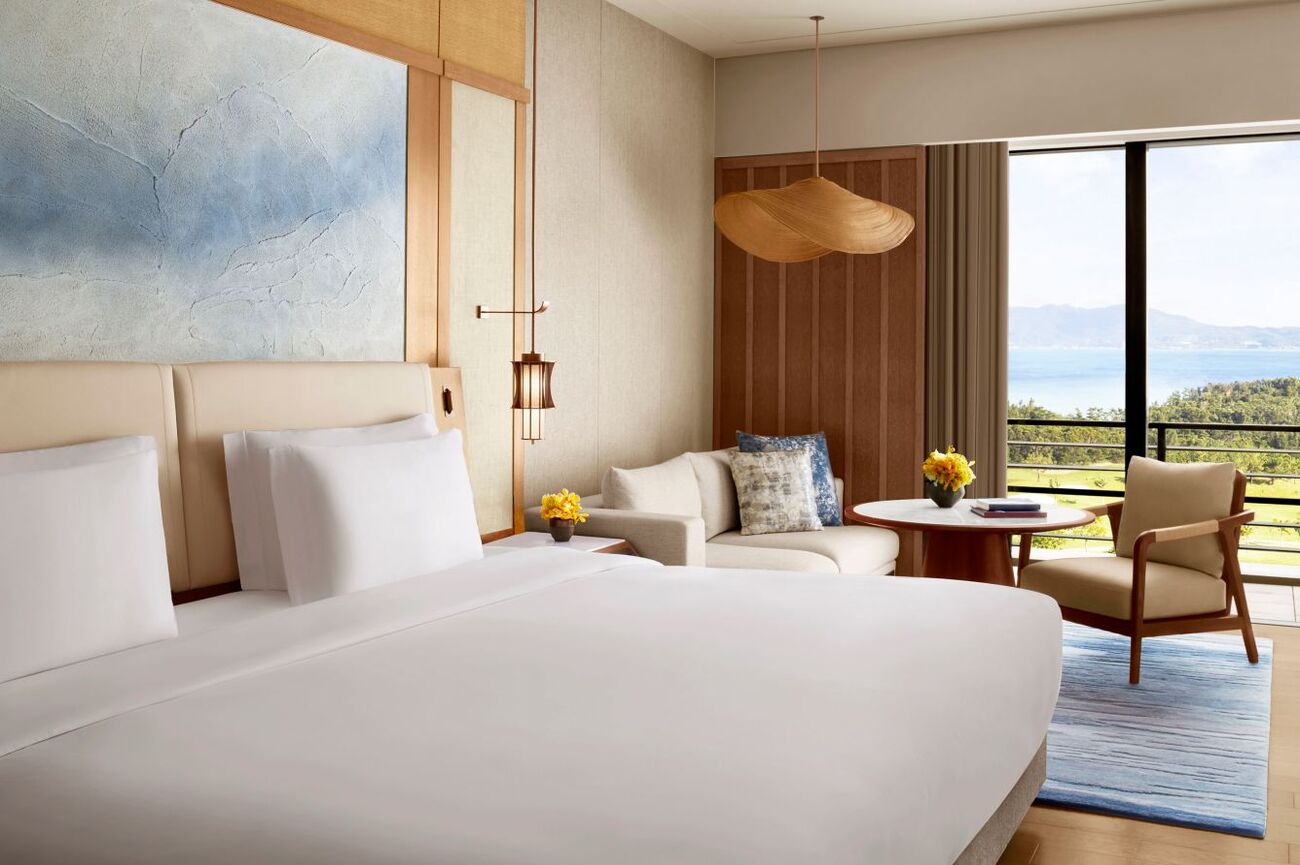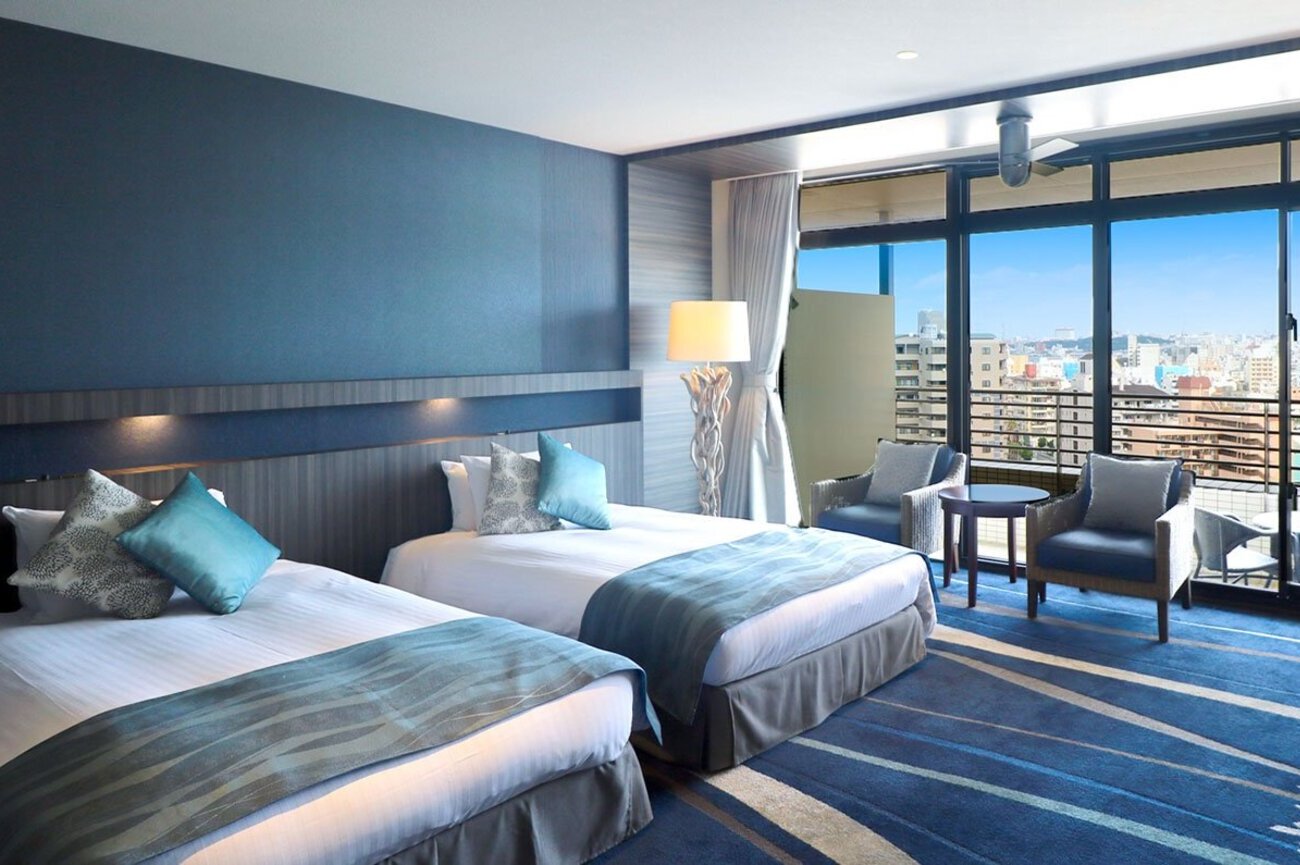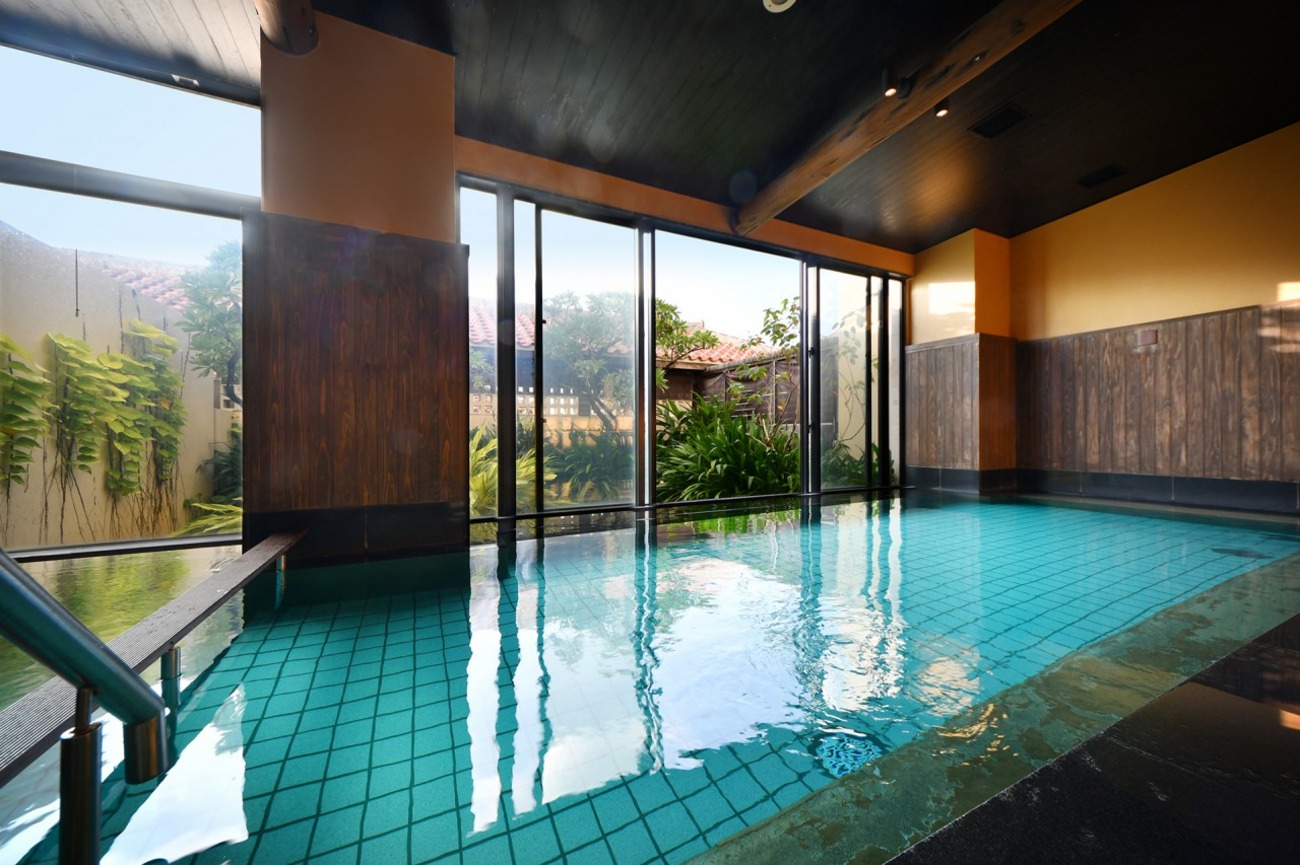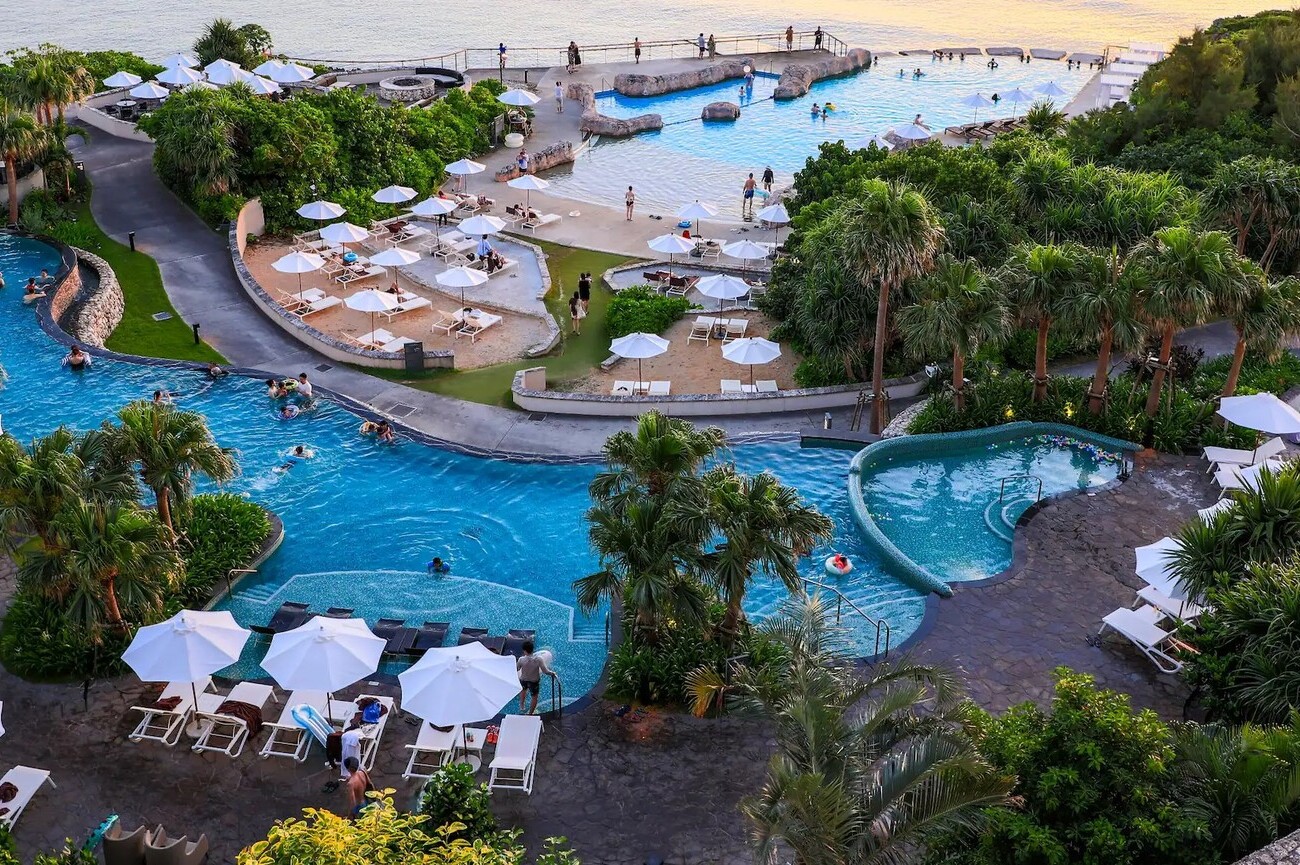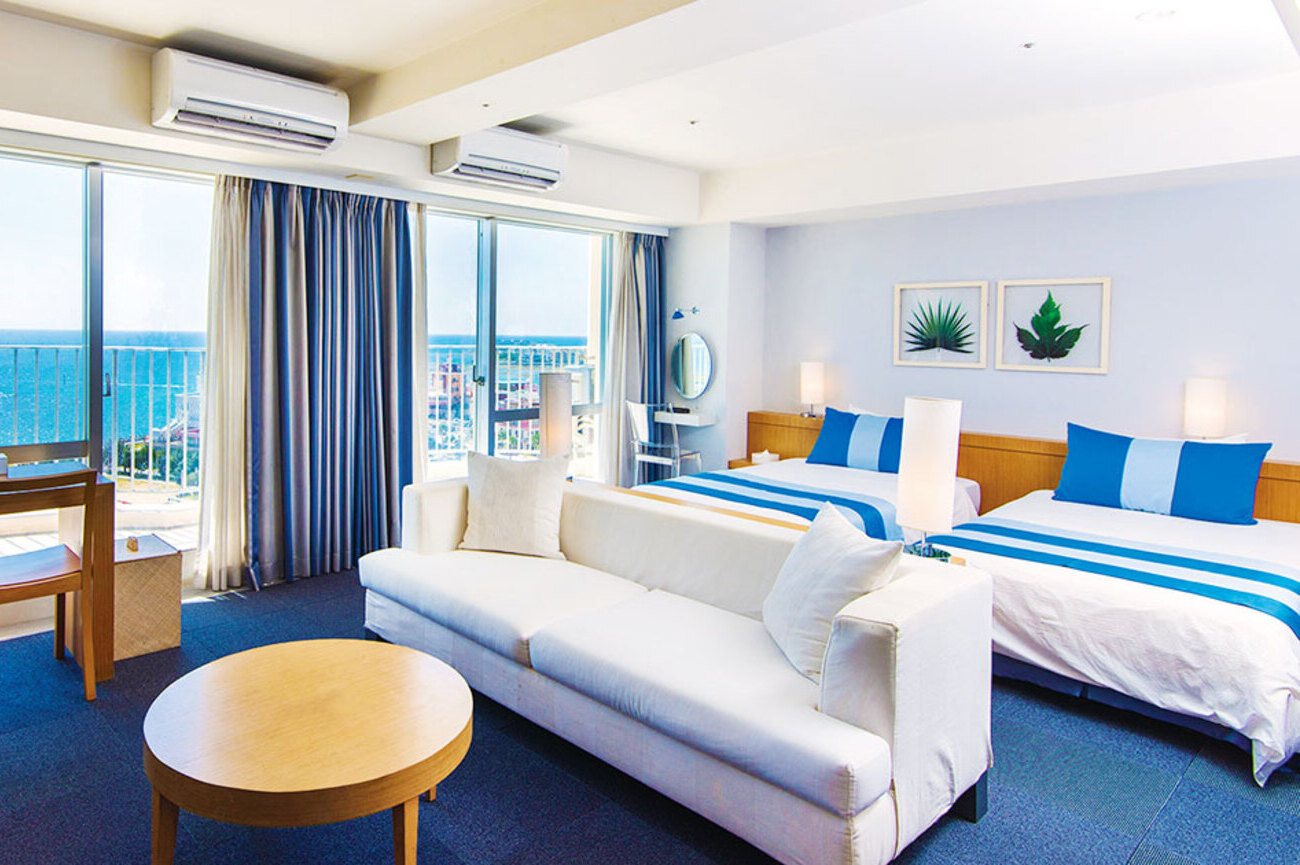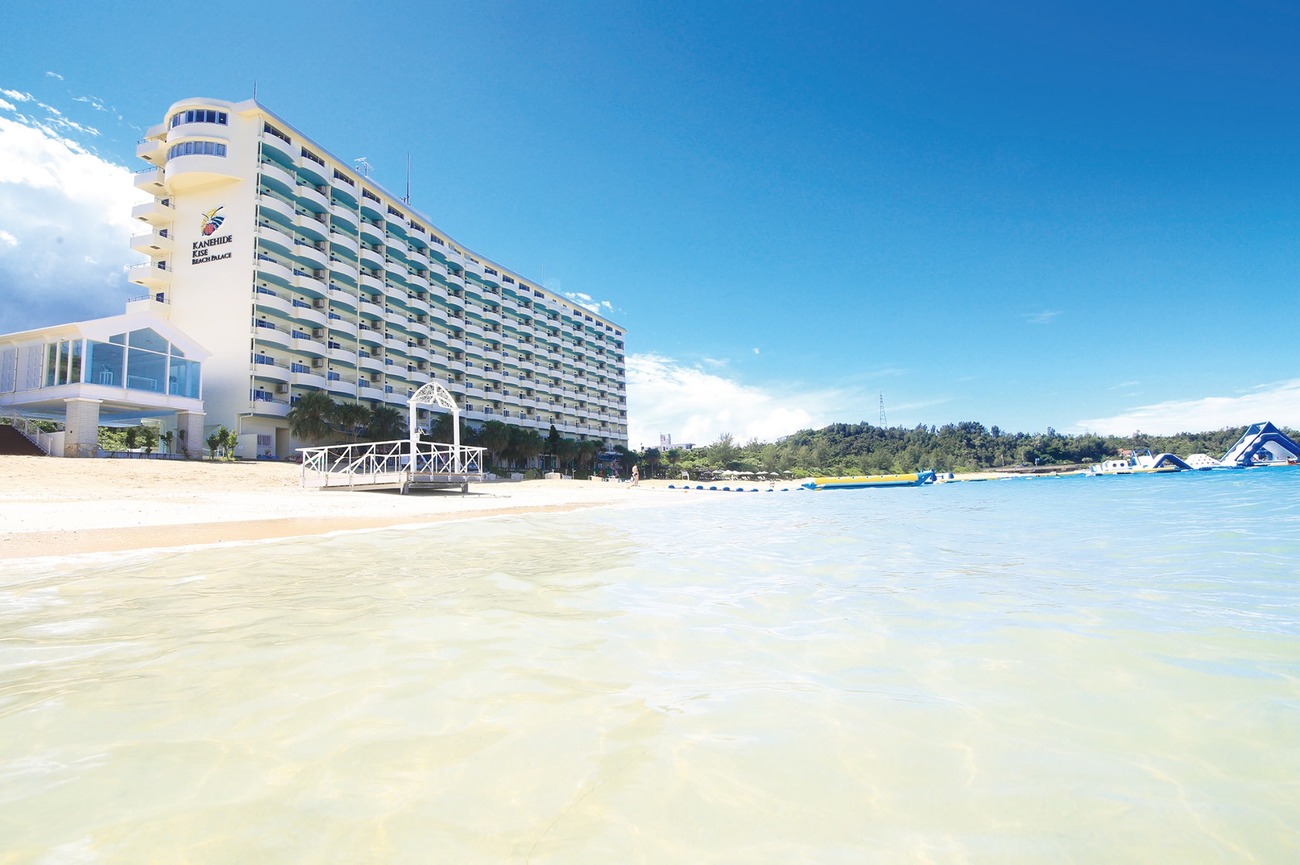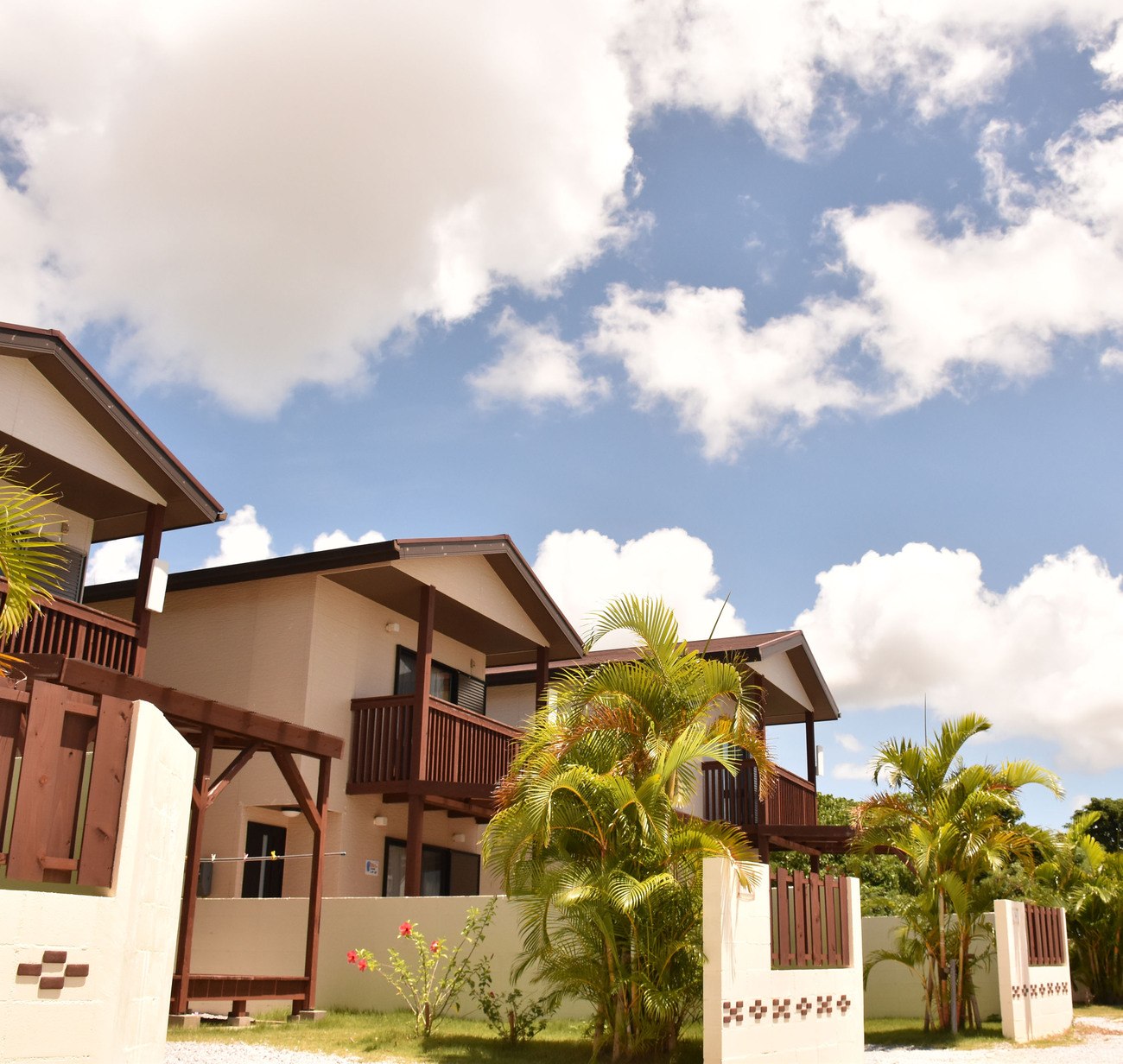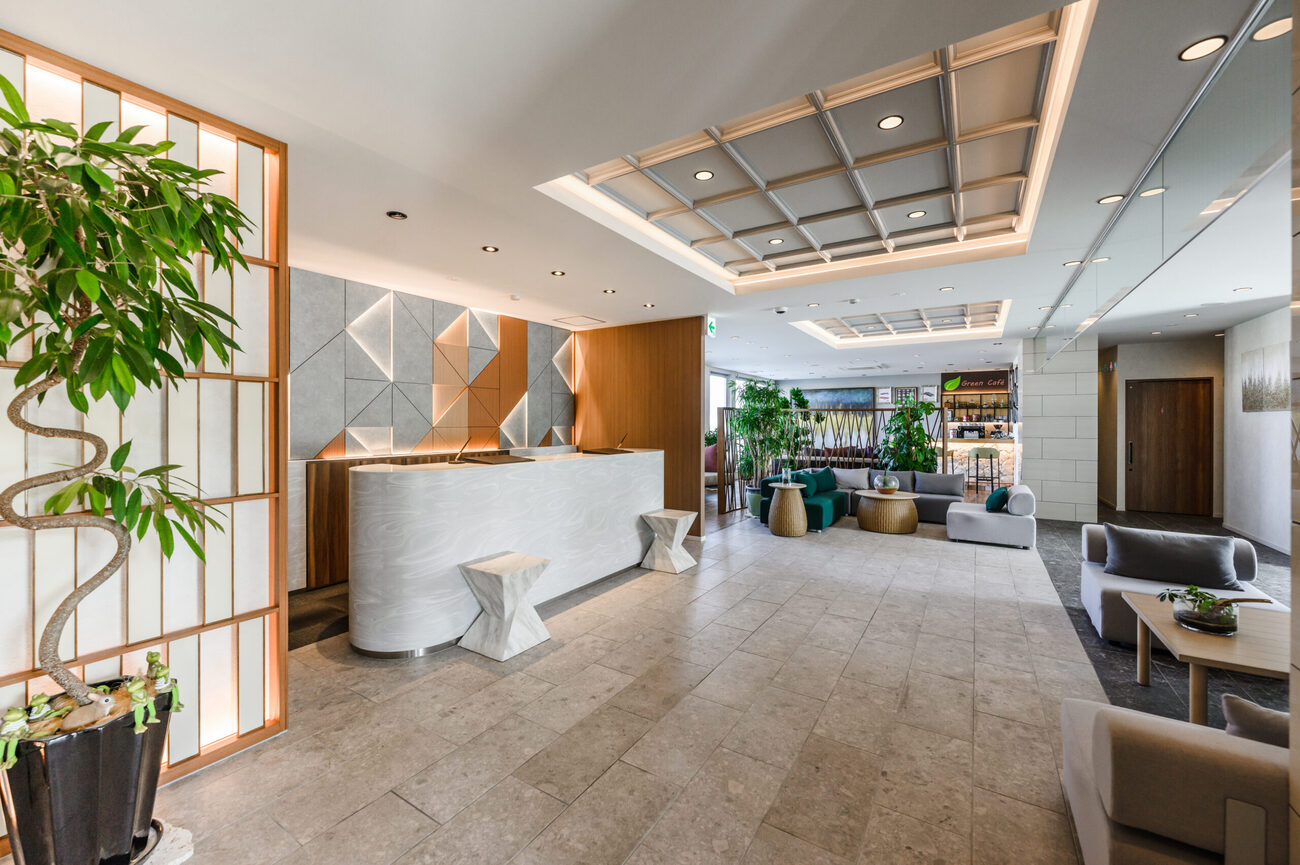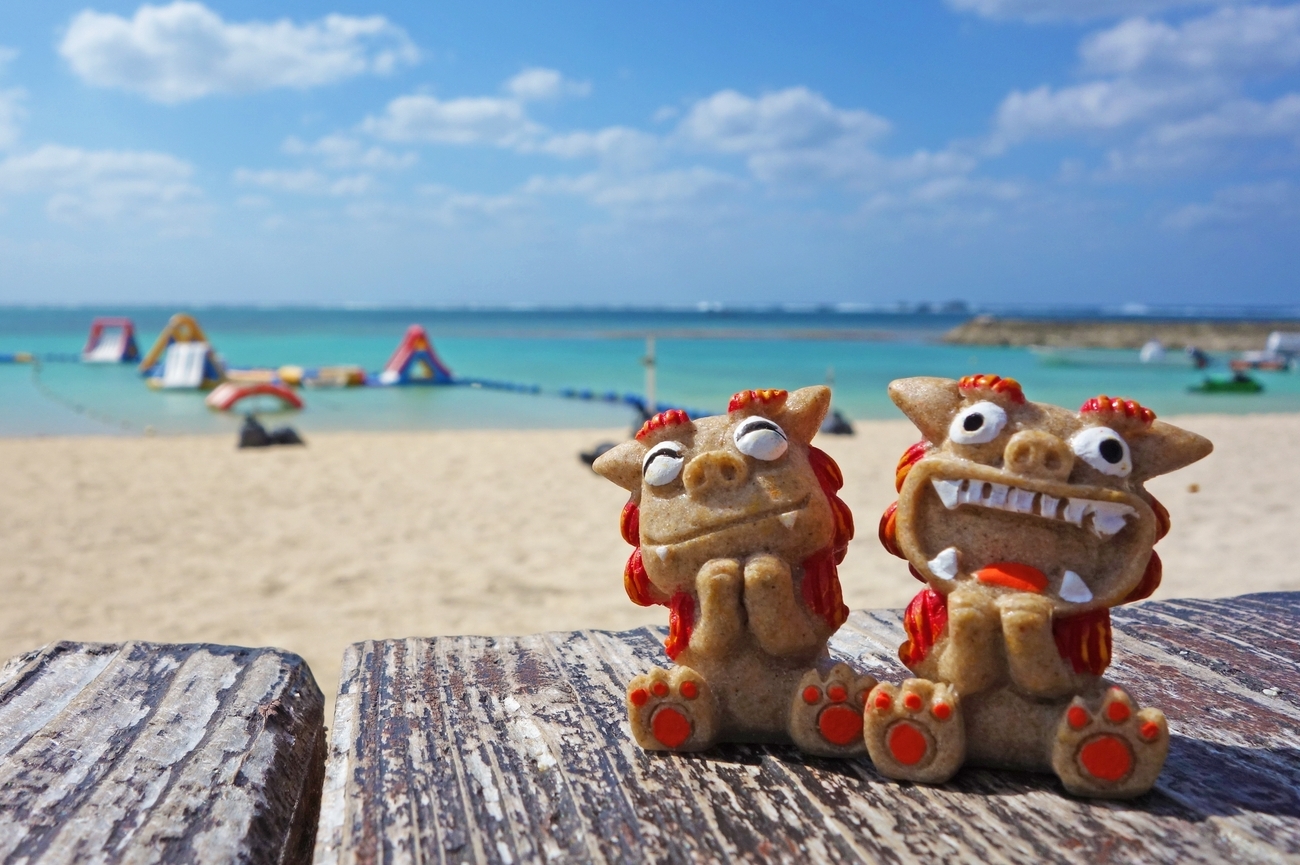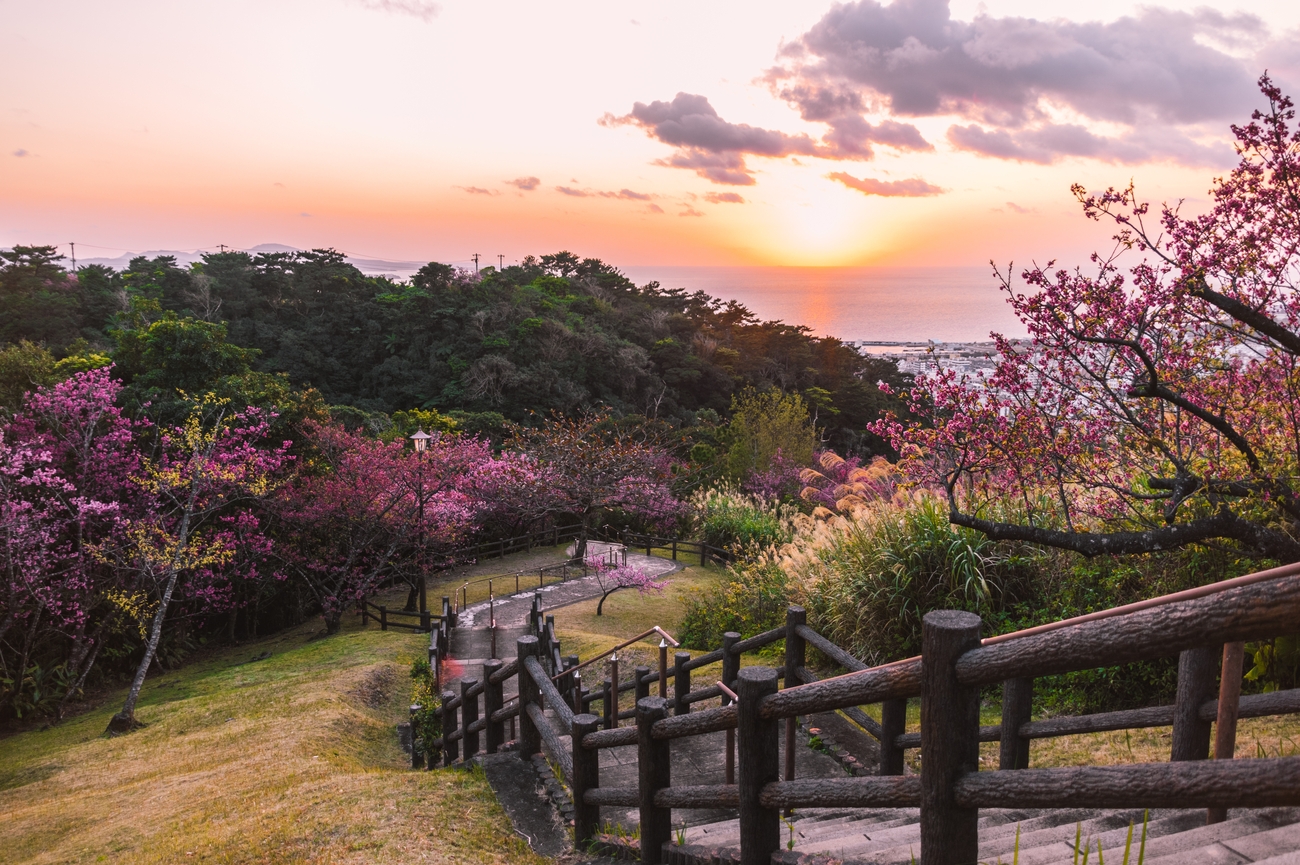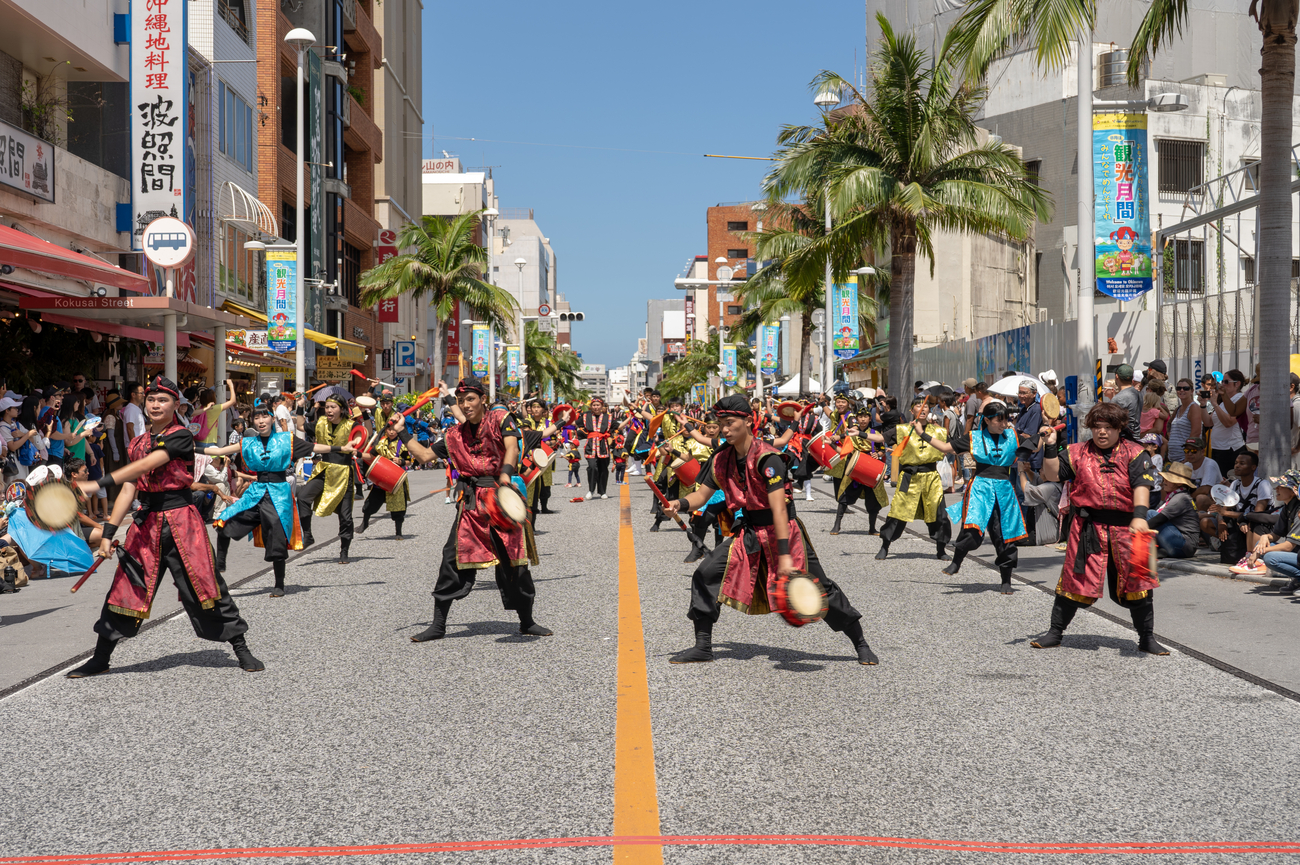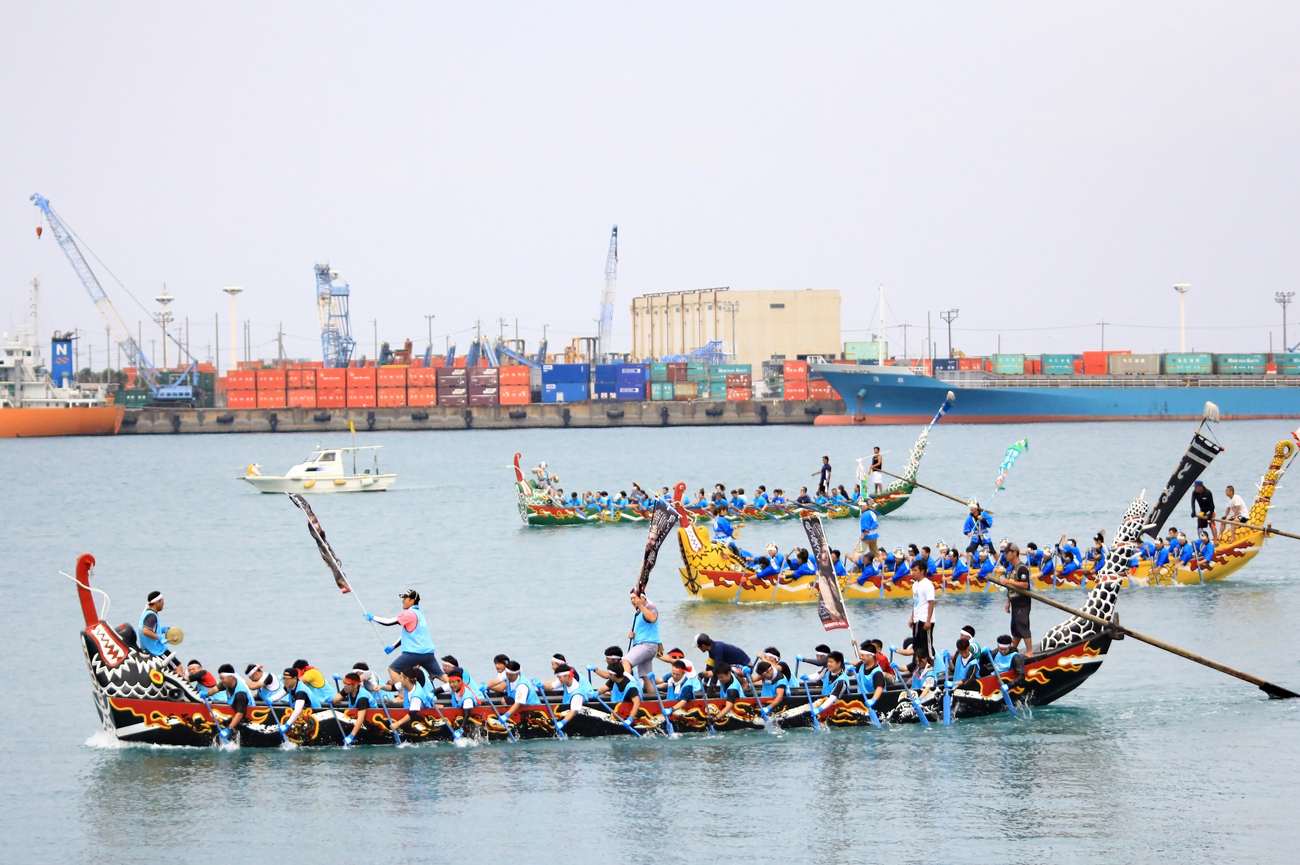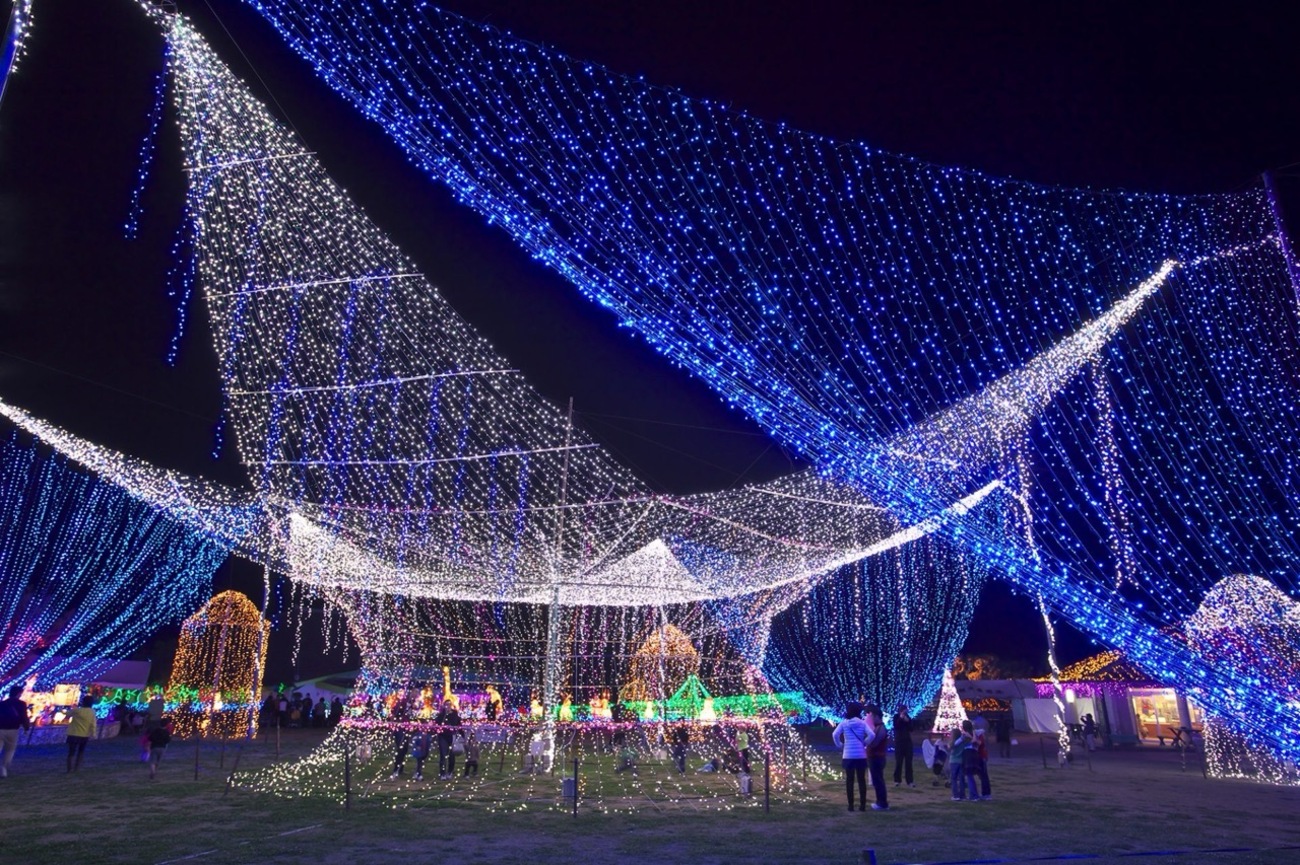Things To Do In Okinawa: 3-Day Itinerary
Okinawa isn’t just a beach getaway in Japan. Beyond its crystal clear beaches and unique local specialties, Okinawa is a place where countless remarkable treasures are preserved. It’s a cultural tapestry woven from centuries of Ryukyuan heritage and subtropical beauty.
In this three-day itinerary we invite you to explore Okinawa beyond the guidebooks and tourist paths. We’ll take you to coral-fringed national parks to ancient castles and contemporary art spaces. Expect days filled with scenic drives, open-air markets, sea-view dining, and exclusive access to Okinawa’s hidden gems.
Day 1

Morning: Yanbaru National Park
Your Okinawa journey begins with a breath
of fresh forest air in Yanbaru National Park, one of Japan’s newest and most
biodiverse national treasures. This subtropical haven is home to the Okinawa
rail or Yanbaru kuina, a flightless bird native to Okinawa. At the park, you
can take a canoe trip through mangrove forests, admire the breathtaking
ocean views from limestone cliffs, or walk along trails that follow rivers and
waterfalls.
Okinawa Churaumi Aquarium
From the forest to the sea,
take a 45-minute drive southwest to the Okinawa Churaumi Aquarium, considered
one of the biggest and best aquariums in the world. Here, you’ll find a huge
tank where whale sharks and manta rays glide gracefully. What sets this aquarium
apart is its impressive feat of marine science, you’ll find living coral grown without artificial
lighting and the rich marine ecosystems surrounding Okinawa.
Day 1, Morning - Okinawa Tour Map
Afternoon: Nakijin Castle Ruins
A short 15-minute drive will take you to
Nakijin Castle Ruins, a UNESCO World Heritage Site, built in the late 1200s.
The castle once housed the kings of the Hokuzan region during the Ryukyu
Kingdom era. Beside the castle ruins, you’ll find a small museum called the
Nakijin Village History and Culture Center, where you’ll find items unearthed
on the castle grounds including Chinese pottery, coins and documents.
Busena Marine Park
Cap off your day one in Okinawa at Busena
Marine Park, a glass-bottom boat tour with an underwater observatory. Unlike
typical glass-bottom boats, this experience offers a 360-degree view of the
ocean where you’ll find coral reefs, clownfish, butterflyfish, and the
occasional sea turtle.
Day 1, Afternoon - Okinawa Tour Map
Day 2

Morning: Makishi Public Market
Begin your second day in Okinawa at
Makishi Public Market, regarded as the kitchen of “Uchinanchu” (Okinawan
people). It’s where locals buy fresh seafood, vegetables, and specialty
ingredients like umi-budō (sea grapes) and Okinawan pork. The market has two
storeys: the main floor sells fresh catch and raw goods, while the second floor
houses restaurants. You can buy your ingredients downstairs, then head upstairs
to have them cooked for you for a fresh and yummy breakfast.
Kokusai-dori
Next, make your way to Kokusai-dori, a
shopping street with cafés, handcrafted boutiques, and street performers. Among
the many establishments here, you’ll find plenty of opportunities to sample one
of Okinawa's specialties, Awamori. It’s a liquor with an alcoholic strength of
25% - 30%, and some can be as high as 60%. For an extra kick (if you’re feeling
adventurous), you might want to try habushu, where a habu snake (an Okinawan
viper) is pickled in Awamori, giving the drink a distinctive taste.
Futenma-Gu
Take a 30-minute drive to Futenma Shrine,
a sacred shrine with limestone cave hidden beneath, it has been a place of
worship since ancient times. The cave contains an inner shrine, as well as an
archaeological site where historic artifacts have been found.
Day
2, Morning - Okinawa Tour Map
Afternoon: American Village
Head west to Okinawa's colourful seaside entertainment hub, American Village. Designed after a big American outdoor shopping mall with lots of shops, restaurants, a spacious parking lot, and a ferris wheel. Enjoy a mix of American-themes shops, seaside views, and casual dining.
Awase Bijuru
Next, take a 19-minute drive to a hidden shrine located beside a coastal mangrove forest, Awase Bijuru. It’s one of the few remaining “utaki” (sacred places) dedicated to local goddess worship. The shrine is famous for its god of fertility, and every year many people coming from neighboring towns and cities come here to pray for a successful pregnancy and birth, as well as to pray for family, health, and protection.
Southeast Botanical Garden
Wrap up your day in a filled of palm
groves, water lilies, tropical flowers, and animal encounters at Southeast
Botanical Gardens. It’s the perfect place to spend the golden hour. The garden
also features hands-on workshops like container gardening and winter night
illumination.
Day 2, Afternoon - Okinawa Tour Map
Day 3

Morning: Shuri Castle
Start your final day in Okinawa at a
UNESCO World Heritage Site and once the proud seat of the Ryukyu kings, Shuri
Castle. Though much of the main hall was tragically destroyed in the 2019 fire,
the site remains a symbol of cultural resilience of Japan. It is currently
being reconstructed with the aim to restore the main hall in 2026.
Shikina-en Royal Gardens
Just a 10-minute drive south lies another
UNESCO World Heritage Site that was once used as a royal retreat and guesthouse
for Chinese envoys, the Shikina-en Royal Gardens. Along with some parts of
Shuri Castle, Shikina-en was completely destroyed in the Battle of Okinawa in
1945, but has been restored in the postwar years. Today, you can stroll around
the garden or enjoy its peaceful view from the palace building.
Former Japanese Navy Underground Headquarters
Next, take a 20-minute drive to the Former Japanese Navy Underground Headquarters, located near Naha Airport. This preserved wartime site gives a raw and honest view into the final days of WWII in Okinawa, where hundreds of navy officers took refuge (and ultimately, many took their lives) in these concrete tunnels. You can tour several of the tunnels here, see handwritten notes left behind on the walls, and reflect at the small memorial hall. Although emotionally heavy, it's a heartbreaking reminder of the futility of war and why we must pursue world peace instead.
Day 3, Morning - Okinawa Tour Map
Afternoon: Okinawa World
After a contemplative morning, let’s head
back to Okinawa’s colour and culture at Okinawa World, a cultural theme park
located in Nanjo. This unique theme park features exhibits of Okinawa’s history
and culture, as well as Japan’s longest limestone cave. Inside the cave’s
underground stream and dramatic stalactites feel like something that’s out of
this world.
Okinawa Prefectural Peace Memorial Museum
Next, take a 12-minute drive south to
Okinawa Prefectural Peace Memorial Museum. The museum commemorates the Battle
of Okinawa and its devastating civilian toll. The exhibits are multilingual and
well-curated, with photographs, letters, and video testimonies that humanise
Okinawa’s wartime history.
Himeyuri Cenotaph
A short 7-minute drive aways is the Himeyuri Cenotaph, dedicated to the memory of over 200 female high school students and teachers who served as wartime nurses and worked under extremely harsh and dangerous conditions in underground field hospitals. Many were killed when the caves they were in were attacked or when they were caught in the crossfire after being discharged.
Their story is lesser-known internationally but deeply significant to Okinawans. Visit the adjacent museum to learn about their bravery and tragic fate, then walk the flower-ringed cenotaph itself. Bring a white flower or incense stick, many locals leave offerings here, it’s a meaningful way to honour the lives remembered.
Day 3, Afternoon - Okinawa Tour Map
Day Trips from Okinawa
- Miyagi Island and Ikei Island: Connected by a scenic drive along Mid-Sea Road, these two islands are
the place to be if you’re looking for stunning beaches, quiet coastlines views,
small fishing villages, and traditional Okinawan homes.
- Cape Manzamo and Onna Village: Located an hour north of Naha, Cape Manzamo is one of the best
sightseeing spots in Japan with beautiful sea and cliff views. Its iconic
elephant trunk-shaped rock formation is one of Okinawa’s most photographed
views. Nearby Onna Village is the spot for fine dining, boutique resorts, and
private beaches.
- Island hopping at Miyakojima and Ishigaki: Known for its coral reefs and calm, clear waters, the Yaeyama Islands (particularly Miyakojima and Ishigaki) features sugar-white beaches, reef diving (ideal for snorkeling), and kayaking tours through mangrove forests. It’s ideal to spend overnight here to maximise your stay, however a day trip via local flights is possible if you’re feeling adventurous.
UNESCO World Heritage Sites in Okinawa
Collectively known as the “Gusuku Sites and Related Properties of the Kingdom of Ryukyu.”
- Shurijo Castle Site (Shuri Castle): Although damaged in the 2019 fire, the Shuri Castle grounds still
stand as the heart of the Ryukyu Kingdom’s political and cultural life.
Restoration efforts are ongoing, and your visit directly supports the
preservation of this legacy.
- Nakijin Castle Ruins: Located on the
Motobu Peninsula. Nakijin served as the castle of the Hokuzan king until it was
taken over by the Chuzan on their way to unifying the island and forming the
Ryukyu Kingdom. Today, you can see up close its ancient stone walls and
stunning ocean views. Best visited in early spring during cherry blossom
season.
- Zakimi Castle Ruins: These
lesser-known ruins feature unique stonework and are rarely crowded. The best
spot if you are looking to reflect and just be at present.
- Katsuren Castle Ruins: Located on a hill with stunning views of both the Pacific and East China Sea. Katsuren Castle is most famous as the seat of Lord Amawari in the 15th century.
- Nakagusuku Castle Ruins: A beautifully preserved site with terraced walls. Nearby, you’ll find the eerie Nakagusuku Hotel Ruins, an urban legend site.
- Tamaudun Royal Mausoleum: A short
walk from Shuri Castle, this royal tomb complex is where Ryukyuan kings and
queens were laid to rest. The mausoleum consists of three closed chambers: the
left one for kings and queens, the right one for princes and princesses, and
the central one for storing recently deceased bodies before undergoing a ritual
of bone cleaning a few years later.
- Sonohyan-utaki Ishimon (Stone Gate of Sacred Grove): A Ryukyu limestone gate that once served as a prayer site for safe travels by the Ryukyuan kings.
- Shikina-en Garden: Used as a royal retreat and guesthouse. The garden features a traditional Japanese layout centered on a pond with a Chinese-style arched bridge crossing over the pond. Large banquets were held here to host the envoys.
- Sefa-utaki (Sacred Utaki Site): One of Okinawa’s most sacred spiritual sites. Located in a forested cliffside, this natural rock formation was a key ceremonial ground for high priestesses of the Ryukyu court.
Golf Courses in Okinawa
- The Southern Links Golf Club: This 72-par course is known for its seaside setting, ocean views,
dramatic cliffs, and strong sea breeze. Its layout and setting make it popular
among locals and visiting players.
- The Atta Terrace Golf Resort: Part of the luxurious Atta Terrace Club Towers, this 18-hole course located in the hills of Onna Village, features an overlooking view of the East China Sea and challenging layout design perfect for experienced golfers and casual players.
- Kanucha Golf Course: This 18-hole
course is part of a larger beach resort,
Kanucha Bay Hotel & Villas. The course features a mix of flat and hilly
terrain, with several holes offering ocean views. Water hazards and
strategically placed bunkers adds challenge to beginners and experienced
golfers.
- PGM Golf Resort Okinawa: Overlooking the majestic East China Sea, this 18-hole course features ocean views, wide fairways, elevation changes, and water hazards. Perfect for groups with mixed skill levels. The course is part of the PGM network, which is known for managing well-maintained golf facilities across Japan.
Brewery Tours and Sake Tasting in Okinawa
- Orion Beer Brewery: The pride of Okinawa and the fifth largest beer brewery in Japan. Orion Beer Brewery offers guided tours where you can learn about the beer-making process and the history of Okinawa’s most well-known beer brand. The tour includes a look at the production line and concludes with a tasting session of freshly brewed Orion beer.
- Chuko Awamori Distillery: A family-run distillery known for its handcrafted techniques and aging cellars. The tour features a behind-the-scenes look at how traditional awamori (a local distilled spirit) is made. Here, you can tour the facility, see the production process, and learn about the history and craftsmanship behind awamori.
- Zuisen Distillery: One of the oldest awamori producers in Okinawa, it has been making traditional Okinawan awamori since 1887. The distillery offers a guided tour where you can learn about the distillation process, view storage areas with aging ceramic pots, and explore the historical connection between awamori and the Ryukyu Kingdom. There’s also a shop on-site that sells a range of awamori products, including aged varieties.
Luxury Spa & Wellness
Experiences in Okinawa
- SpaHalekulani at Halekulani Okinawa: Located in the luxurious seaside resort in Onna Village. SpaHalekulani offers a menu of treatments that combine Okinawan ingredients with traditional and modern wellness techniques. Services include facials, massages, body treatments, and seasonal specials. The spa also features private treatment rooms and ocean views, designed to provide a calm and relaxing environment.
- The Ritz-Carlton Spa Okinawa: Located in the hills of Nago, The Ritz-Carlton Spa Okinawa offers a range of treatments including massages, facials, and body therapies using both Western and Okinawan techniques. The spa includes indoor and outdoor treatment spaces, relaxation lounges, and a hydrotherapy area.
- Loisir Spa Tower Naha: The spa features natural hot spring baths sourced from underground seawater. There are indoor and outdoor baths available. It’s also conveniently located near Kokusai-dori and the port area.
- Ryujin Hot Springs: Also known as Ryukyu Onsen Ryujin no Yu. The facility features natural hot spring baths with both indoor and outdoor options, with some offering ocean views. The onsen uses water from deep underground giving you this warm, mineral rich soak.
Observatories in Okinawa
- Cape Manzamo: A natural limestone cliff shaped like an elephant’s trunk, it’s one of Okinawa’s most iconic viewpoints. From up here you’ll see the crashing waves of the East China Sea. Time your visit around the golden hour just before sunset to witness the majestic ocean.
- Kouri Bridge View Point: The bridge connects Okinawa’s main island to tiny Kouri Island. At either end of the bridge, you’ll find designated observation spots perfect for wide-angle shots of the span and surrounding bays.
Exclusive Workshops &
Immersive Experiences in Okinawa
- Snorkeling Okinawa Islands: Explore
coral reefs and tropical marine life at Okinawa’s best snorkeling sites such as
Blue Cave, Maeda Flats, or around Miyakojima. Will take you to
lesser-frequented coves and offshore reef systems that only locals know.
- Helicopter Tour Over Okinawa’s Islands: Get a bird’s eye view of the Okinawan archipelago with a private
helicopter charter. Popular destinations include the Okinawa Churaumi Aquarium,
Kouri Island, Cape Manzamo, and the coastline around the Motobu Peninsula.
- Multicolour Dyeing with Coral Fossils: In this workshop you’ll use powdered coral and natural dyes to create
wearable art. It’s a unique Okinawan method that combines nature,
sustainability, and tradition. The coral used is fossilised (not live)
collected sustainably to protect reef ecosystems.
- Pilgrimage at Tamagusuku Castle: Experience a guided spiritual walk through the surrounding forests
and sacred groves, where you’ll be introduced to local deities, ancient stone
altars, and Okinawan creation legends.
- Boat Ride at Miyako Island: Enjoy a
glass-bottom or charter boat ride through Yabiji Reef (Japan’s largest coral
reef area). Combine this experience with an island-hopping lunch such as
grilled seafood served beachside.
- Learn to Play Sanshin: Sanshin
is Okinawa’s three-stringed banjo-like instrument. Learn the basic chords and
traditional folk melodies from a master musician based in Naha or Yomitan.
- Learn Ryukyu Bingata Dyeing: Take
part in an intimate workshop on bingata, a traditional resist-dyeing technique
once reserved for Okinawan royalty. Choose your own pattern (floral, wave, or
mythical motifs) and dye a handkerchief or furoshiki cloth.
- Create Yuntanza Hanaui Textiles: One of Okinawa’s oldest woven textile styles, Yuntanza Hanaui
features complex patterns made with handlooms and in this workshop, you’ll
learn to create your own small piece of cloth with this intricate pattern.
Other Things to Do in Okinawa
- Kouri Island: Cross Kouri Bridge to reach this beautiful island known for its turquoise beaches. Don’t miss Heart Rock, a two rock formation when seen from a certain angle they form a heart shape.
- Blue Cave Diving and Snorkeling: One of Okinawa’s most popular dive spots. For a crowd free
experience, time your snorkelling early in the morning.
- Kurashiki Dam: The dam area features peaceful walking paths and scenic bridges surrounded by birdlife and native flowers. It’s a nice place for bird watching and reflection.
- Awase Fishing Port: Visit the local fish market to watch the morning catch come in. It’s smaller and less commercial than other markets, plus some vendors sell fresh sushi and sashimi sets at unbeatable prices, perfect for a casual seaside breakfast.
- Eisa Museum: If you want to learn Okinawa’s traditional dance, Eisa Museum has you covered. The museum features costume design, drumming techniques, and the role of dance in Eisa. It aims to preserve, pass down, and develop Okinawa’s traditional culture Eisa.
- Yanbaru National Park: There are still plenty more to explore in Yanbaru National Park. Other sections to explore in the park include, Aha Dam, Kayauchi Banta Cliff, or the Ta-taki waterfall area. Each visit gives you a fresh perspective and a new pocket of biodiversity.
Things to Do with Kids in Okinawa
- Okinawa Comprehensive Athletic Park: A vast recreational park with sports facilities, paddle boats, bike rentals, and a large playground. There's even a water park section open in summer.
- Okinawa Zoo & Museum: Home to over 150 animal species, this zoo is ideal for young, curious minds. Enjoy watching the animals during their feeding times: Hippopotamuses are fed at 10:00, kangaroos at 11:00 and elephants at 16:30. There is also a Petting Plaza that offers a close-up experience with small animals.
- DMM Kariyushi Aquarium Okinawa: A newer, tech-forward aquarium located inside the iias Okinawa shopping complex. The aquarium is designed around the concept of providing "zero-distance wonder and immersive experiences.” Expect large tanks filled with Okinawan sea life, augmented reality projections, and immersive design. It’s all indoors which is great for rainy or hot days.
- Nago Pineapple Park: A fun and quirky attraction featuring pineapple-themed rides, tasting corners, and even a self-driving pineapple cart tour through a tropical garden. It’s lighthearted and not too overwhelming, perfect for small children.
Where to Eat in Okinawa
- 6 Six: Known for serving seafood and meat dishes with a focus on grilled preparations. The menu includes items like fresh oysters, sashimi, and steak. It has a casual atmosphere and is popular with both locals and tourists for dinner. The restaurant is near the American Village area, a nice stop before or after your dinner.
- Ryukyu Sushi Tsukiji Aozora Sandaime Okinawa Naha: This upscale sushi spot is known for high-quality fish and seasonal ingredients, they offer fresh seafood directly sourced from Tsukiji Market. The menu includes traditional sushi, sashimi, and set meals. The restaurant has a counter-style layout, giving guests a clear view of the sushi being prepared.
- Yakiniku Restaurant Roins Kumoji Ten: Perfect for meat lovers! This premium yakiniku restaurant lets you grill A5 wagyu and Okinawan Agu pork at your table. It’s a popular pick for group dinners.
- Shunsai-dokoro Biidoro: The restaurant serves traditional kaiseki-style meals using seasonal ingredients. The dishes focus on balance and presentation, you’ll be treated with a variety of small plates that highlight Okinawan and Japanese flavors.
- Okinawa Soba Marukami: No trip is complete without a bowl of Okinawa soba. The restaurant is known for its handmade noodles and rich pork broth. The restaurant serves traditional Okinawa soba, often topped with stewed pork belly or ribs. It’s a go-to spot for those looking to enjoy a casual, authentic Okinawan meal.
- Grand Bleu Gamin: A fine dining French restaurant. The French-Japanese fusion menu offers seasonal tasting menus made with local ingredients, using French cooking techniques. It’s ideal for sunset dinners with a view.
- O's House: Known for serving thick-cut steaks, including local beef options, cooked to order on a hot plate. The restaurant has a relaxed setting and is popular with both locals and tourists looking for a hearty, satisfying meal.
Where to Stay in Okinawa
- Halekulani Okinawa: This 5-star luxury beachfront resort features ocean-view rooms and suites, five dining venues, a spa, fitness centre, and several pools. The hotel focuses on attentive service and offers direct access to the beach along with views of the East China Sea.
- The Ritz-Carlton Okinawa: This 5-star luxury resort offers spacious rooms, an 18-hole golf course, and a spa that features local Ryukyu treatments. The hotel features multiple dining options, including Japanese and Italian cuisine, and is known for its quiet surroundings and high service standards.
- Loisir Hotel Naha: This 5-star resort-style hotel offers easy access to downtown and Naha Airport, and features Western- and Japanese-style rooms, natural hot spring baths, an outdoor pool, and multiple dining options.
- Ryukyu Onsen Senagajima Hotel: This 4-star hotel off the coast of Okinawa's main island, offers views of the East China Sea and Naha Airport's runway. The hotel features natural hot spring baths, including open-air options with ocean views. Guest rooms are modern with Japanese design elements, and the hotel also has dining facilities serving local cuisine.
- Hyatt Regency Seragaki Island Okinawa: This 4-star hotel located on a private island connected to the main island by a bridge in Onna Village, offers direct beach access, ocean-facing rooms and suites, and a variety of dining options featuring local and international cuisine. The resort is designed for both leisure and business travelers.
- The Beach Tower Okinawa: This 4-star high-rise resort offers easy access to Sunset Beach and nearby shopping and dining at Mihama American Village. The hotel features rooms with ocean or city views, natural hot spring baths, a spa, a swimming pool, and casual dining facilities.
- Kanehide Kise Beach Palace: This 3-star beachfront hotel along the West Coast of Okinawa’s main island offers direct access to Kise Beach, with ocean-view rooms and a relaxed atmosphere. Facilities include a restaurant serving local dishes, a café, a beachside BBQ area, and water activity rentals.
- Churaumi Village: This 3-star hotel offers self-catering villa-style accommodation just a short drive from Okinawa Churaumi Aquarium. Each unit includes a kitchen, living area, private bathroom, and laundry facilities. It’s a suitable accommodation for longer stays or families.
- The Grand Hotel Ginowan: This 3-star hotel provides easy access to Ginowan Marina and Convention Center, and features simple, modern rooms with ocean or city views. Here, you can enjoy a rooftop infinity pool, on-site dining, and convenient parking.
Best Time to Visit Okinawa
Summer (June – September): Okinawa’s high season, when the beaches are at their best and marine activities are in full swing. Enjoy crystal clear, turquoise waters, and Expect warm temperatures, blue skies, and vibrant nightlife in resort areas.
Pack lightweight clothing, UV protection, swimwear, and a light jacket for breezy evenings.
Spring (Late March – Early May): A shoulder season with pleasant weather, blooming flowers, and fewer crowds. Early spring also marks Okinawa’s sakura (cherry blossom) season, which starts earlier than mainland Japan.
Pack breathable layers and comfortable walking shoes for sightseeing and garden visits.
Festivals in Okinawa
- Naha Tug-of-War Festival: A major annual event held every October. The festival highlight is the Guinness World Record-holding rope, measuring 200 meters long and weighing over 40 tons, where thousands of participants pull from each side in a match between East and West teams. The festival also includes traditional parades, cultural performances, and food stalls.
- Shurijo Castle Festival: Held every autumn to honour the culture and traditions of the Ryukyu Kingdom. The festival features historical reenactments, including the Ryukyu Royal Procession, where performers in traditional costumes walk through the streets of Naha. There are also music and dance performances, cultural demonstrations, and illuminations at Shurijo Castle.
- Eisa Dance Festival: A traditional Okinawan event held in summer to honour ancestors during Obon. Performers wear colourful outfits and dance through the streets to the sound of taiko drums and traditional music. Each region has its own unique Eisa style, with variations in rhythm, choreography, and costumes.
- Naha Hari Dragon Boat Festival: A traditional dragon boat festival held every May during Golden Week at Naha Port. The festival was rooted in prayers for safe sea voyages and bountiful catches, the event features colourful dragon boat races with teams of rowers competing in long, narrow boats. There are also live performances, food stalls, and fireworks.
- Itoman Peaceful Illumination: Held annually from December to early January, the Itoman Peaceful Illumination lights up the Itoman Tourist Farm with over a million LED lights. The event began as a way to promote peace in a city deeply affected by World War II. Displays often include peace-themed messages and symbols. Here, you can walk through illuminated tunnels and enjoy light sculptures.
Okinawa Stays with You
Over these three days, you’ve explored ancient castles cloaked in quiet history, floated above coral kingdoms, stepped into sacred groves, and shared in traditions passed down through generations. But even with all you've seen, Okinawa never quite finishes revealing itself. It stays with you.
Start planning your dream Okinawa journey. Contact us or give us a call at (+1 800 672 0517 | +351 289 009 580 | +44 808 189 0647) and let’s start planning with Revigorate today.
Our offices:
